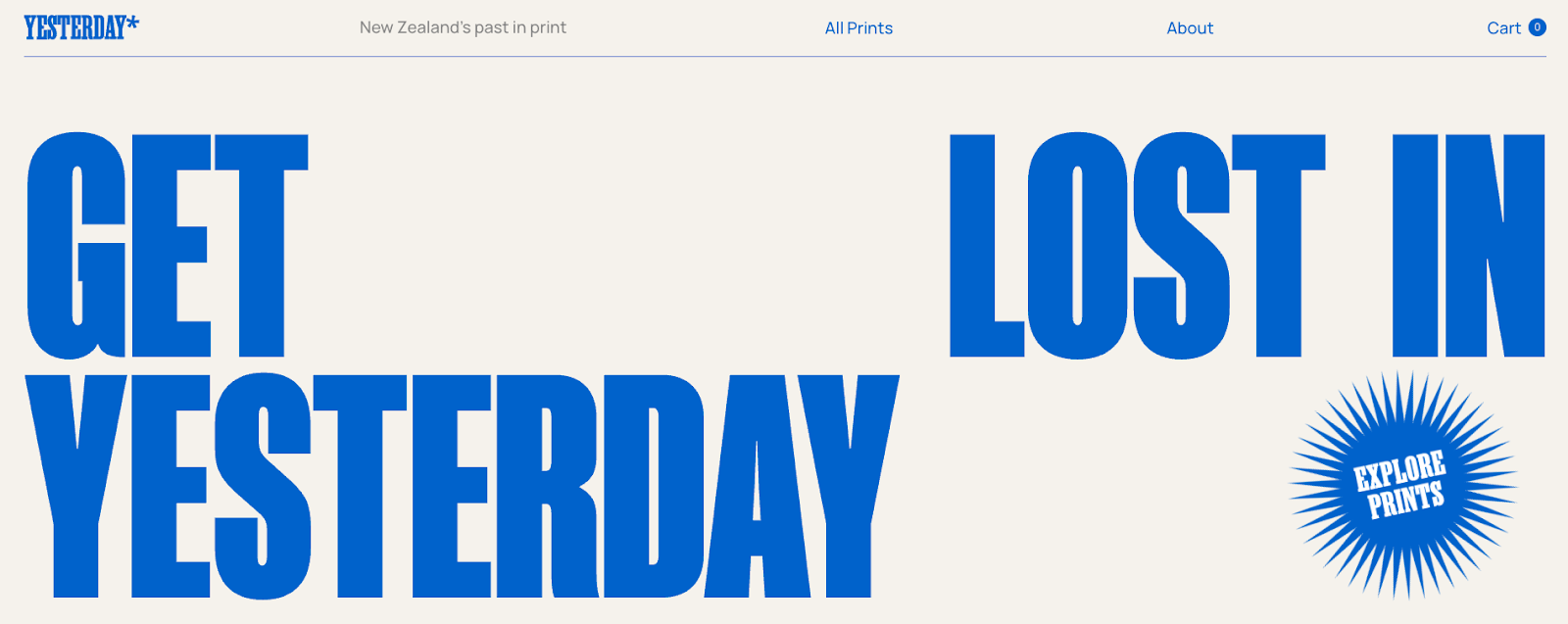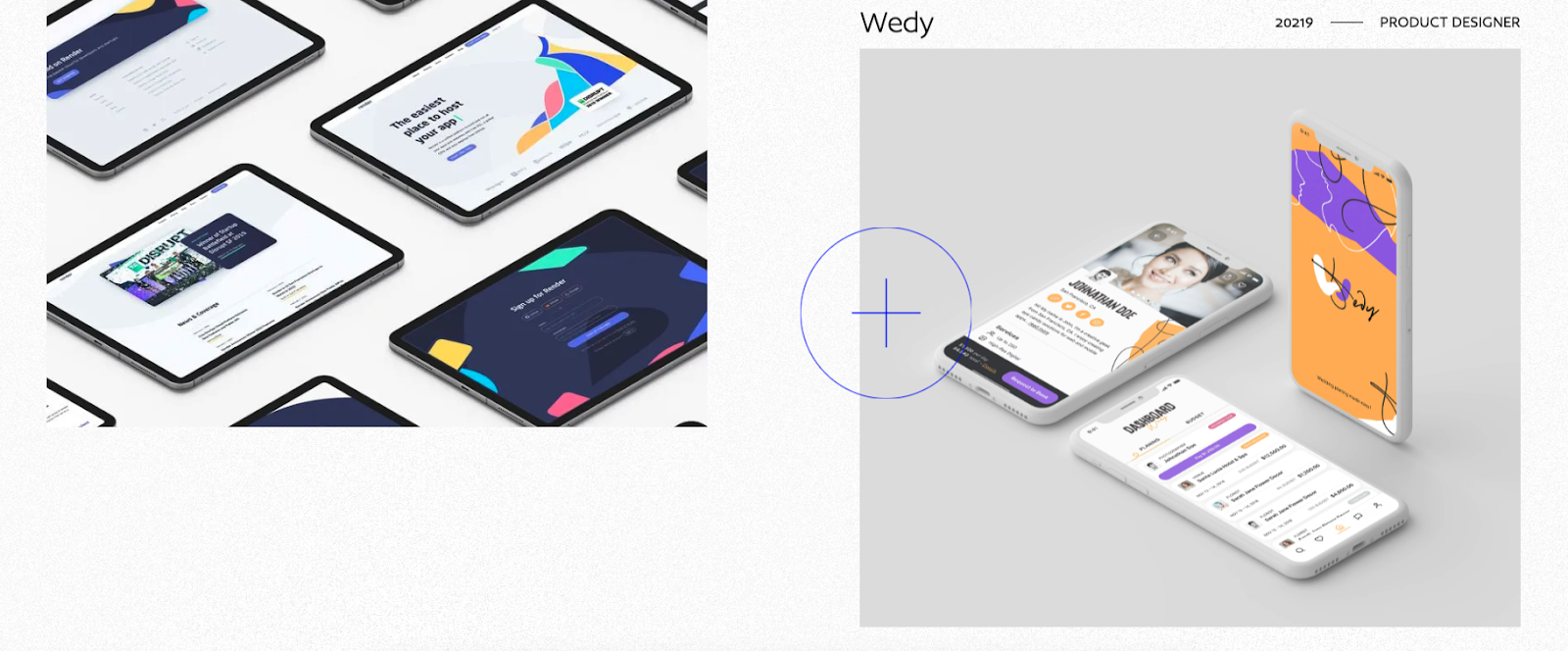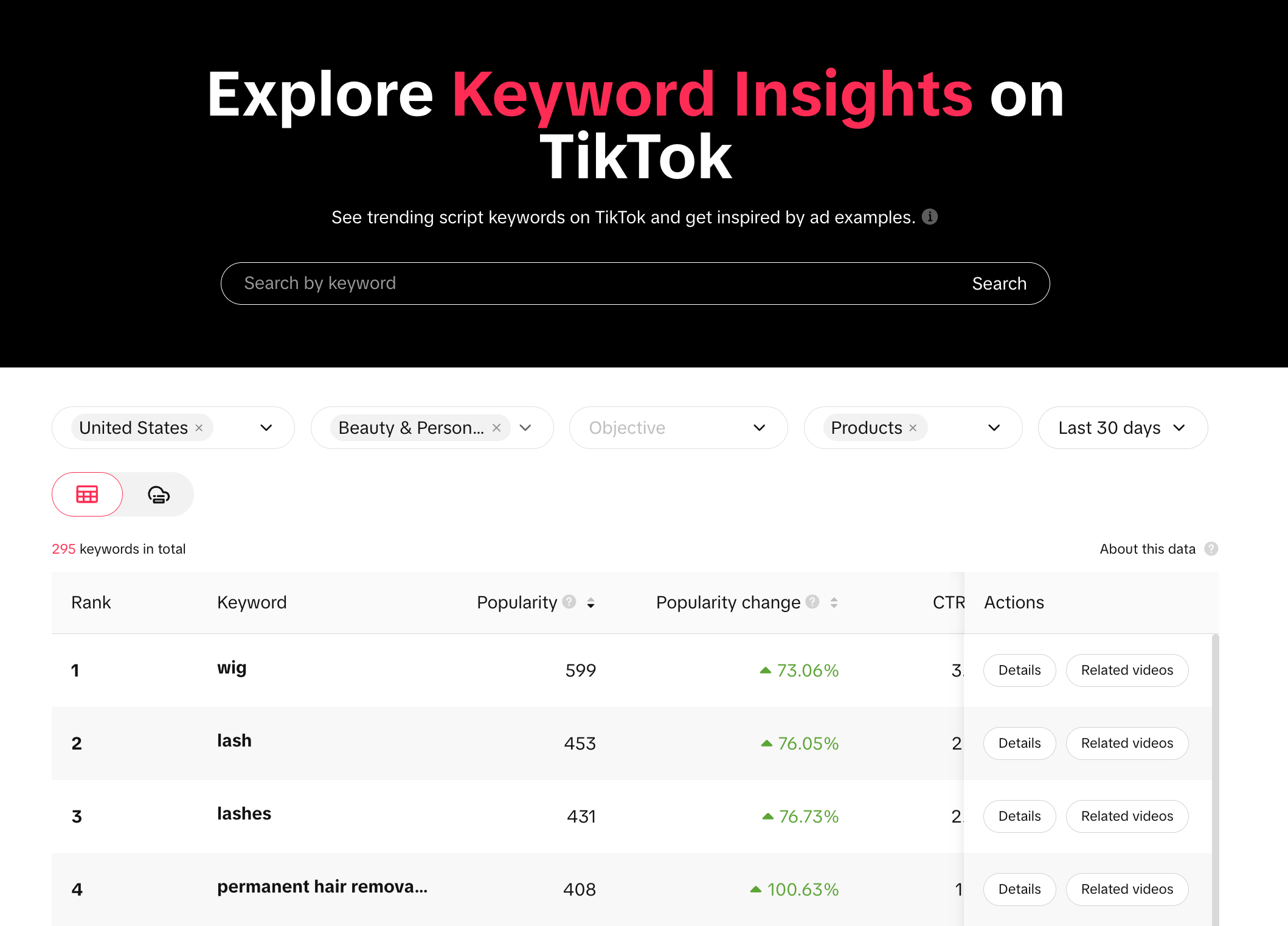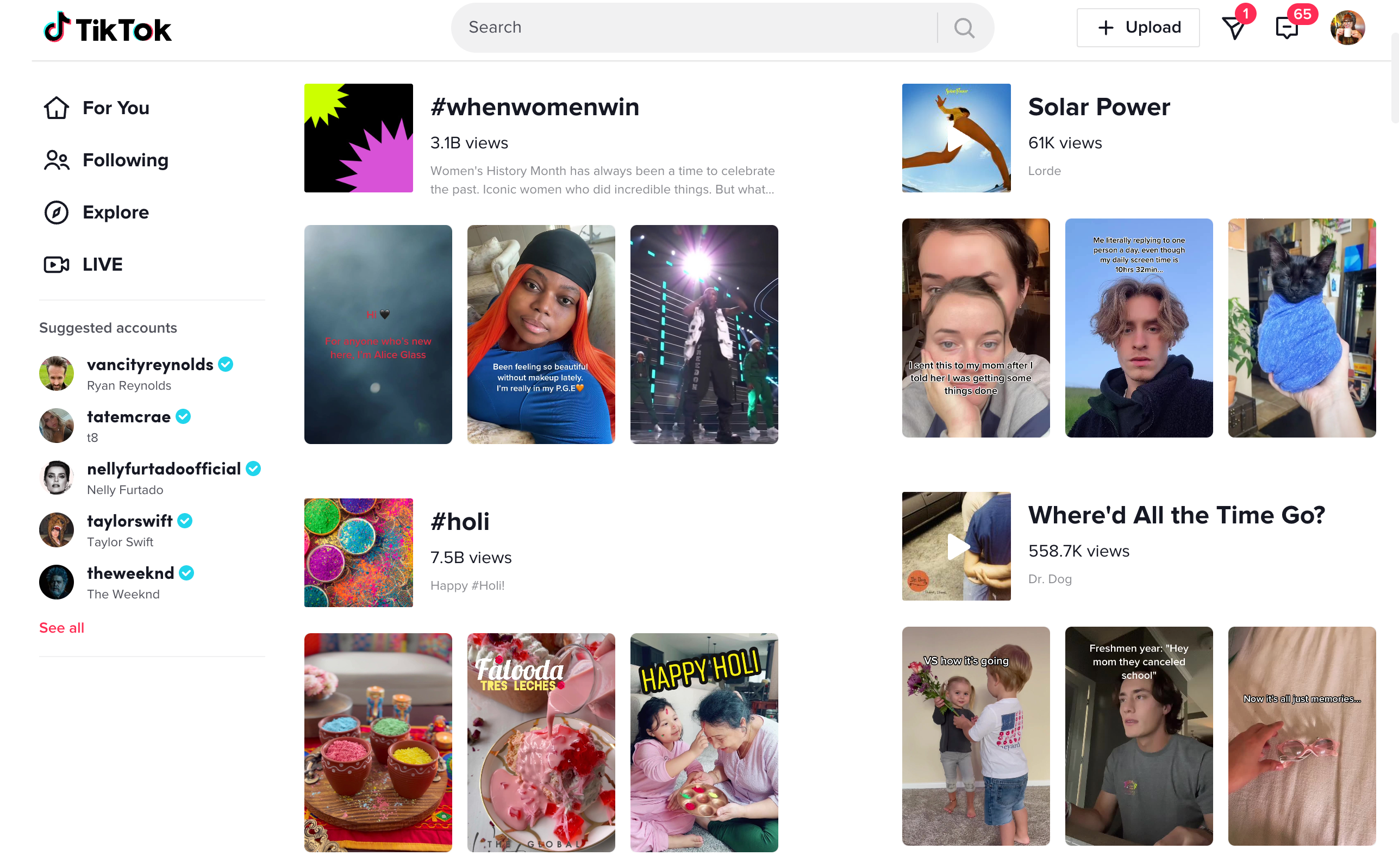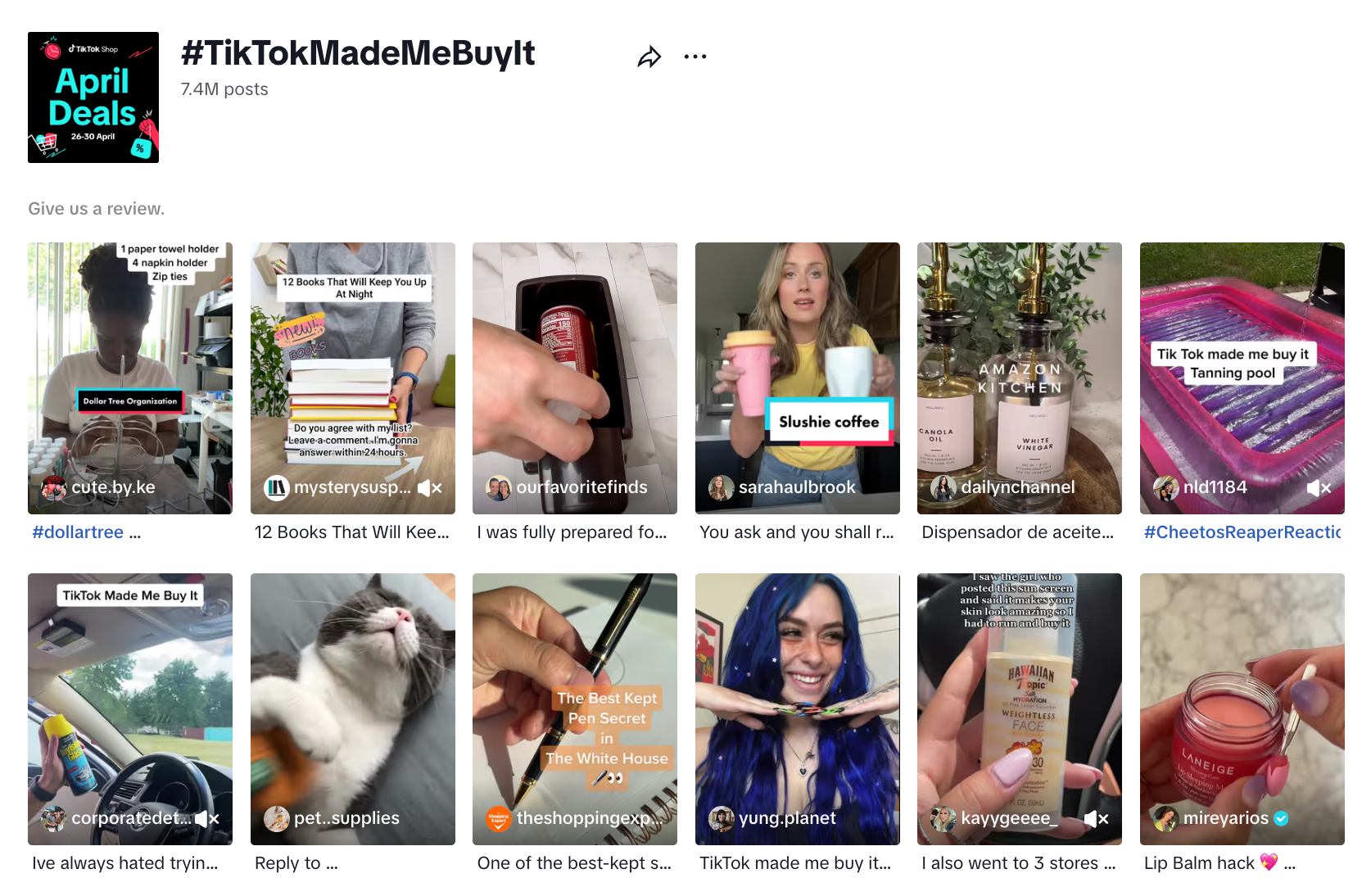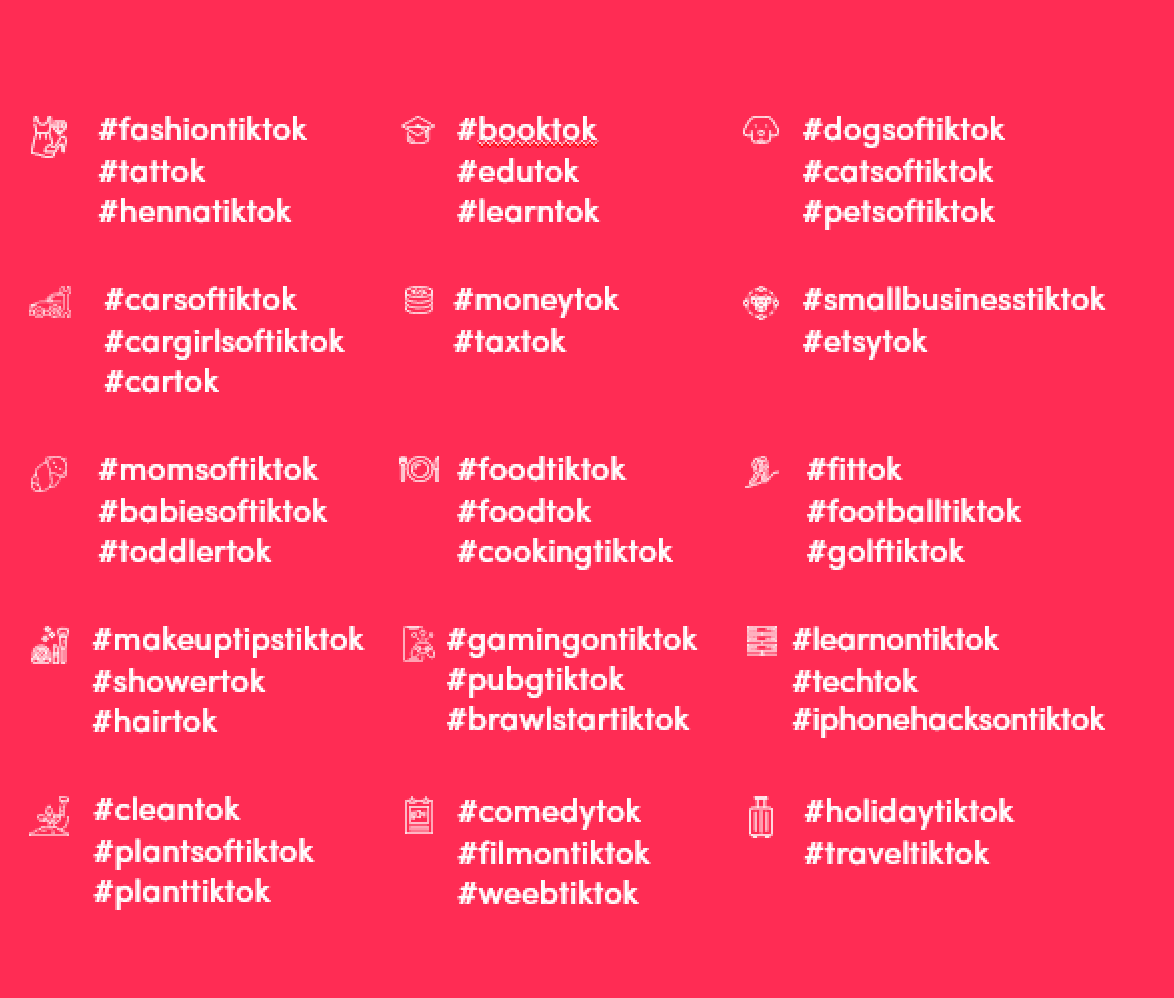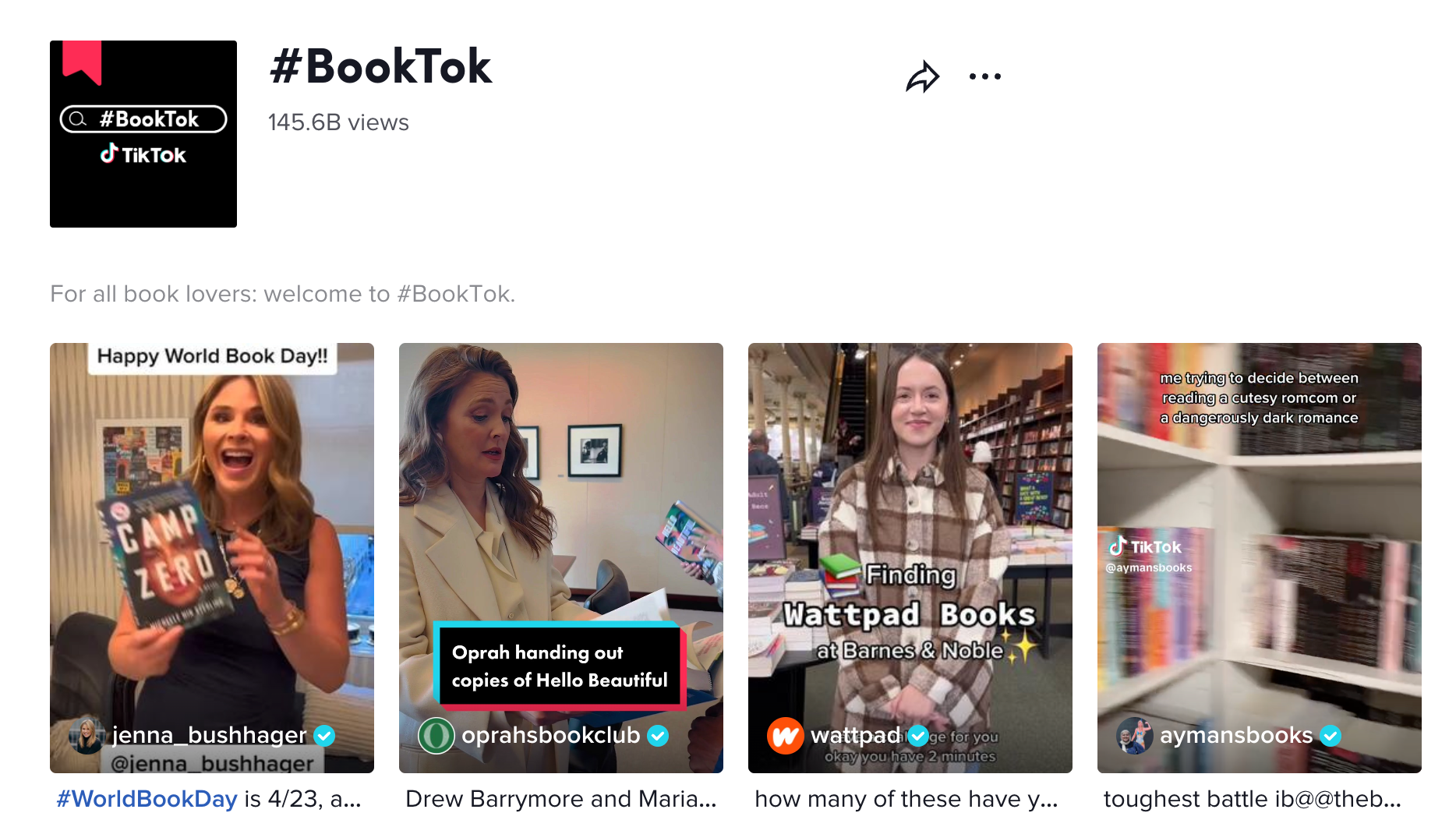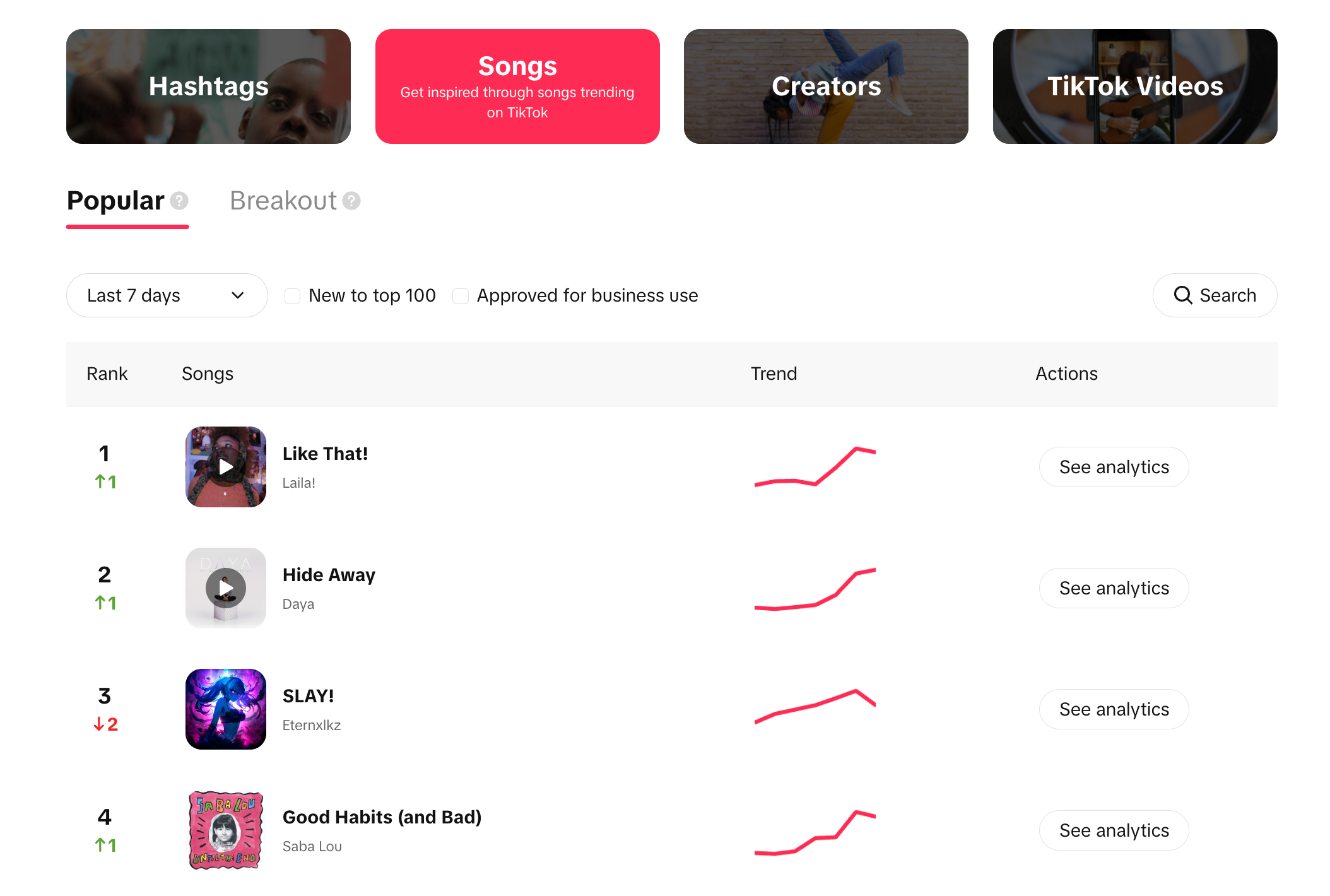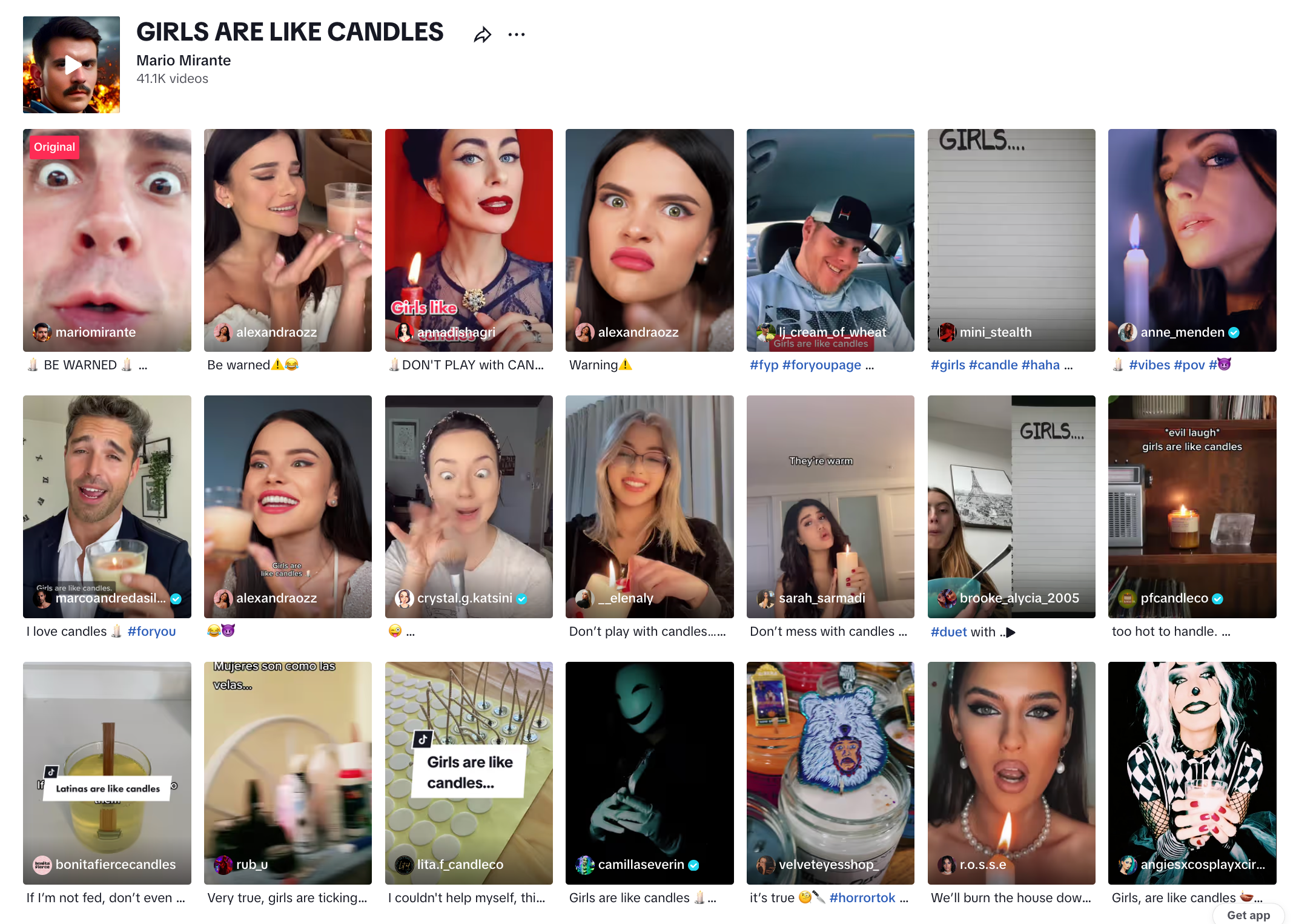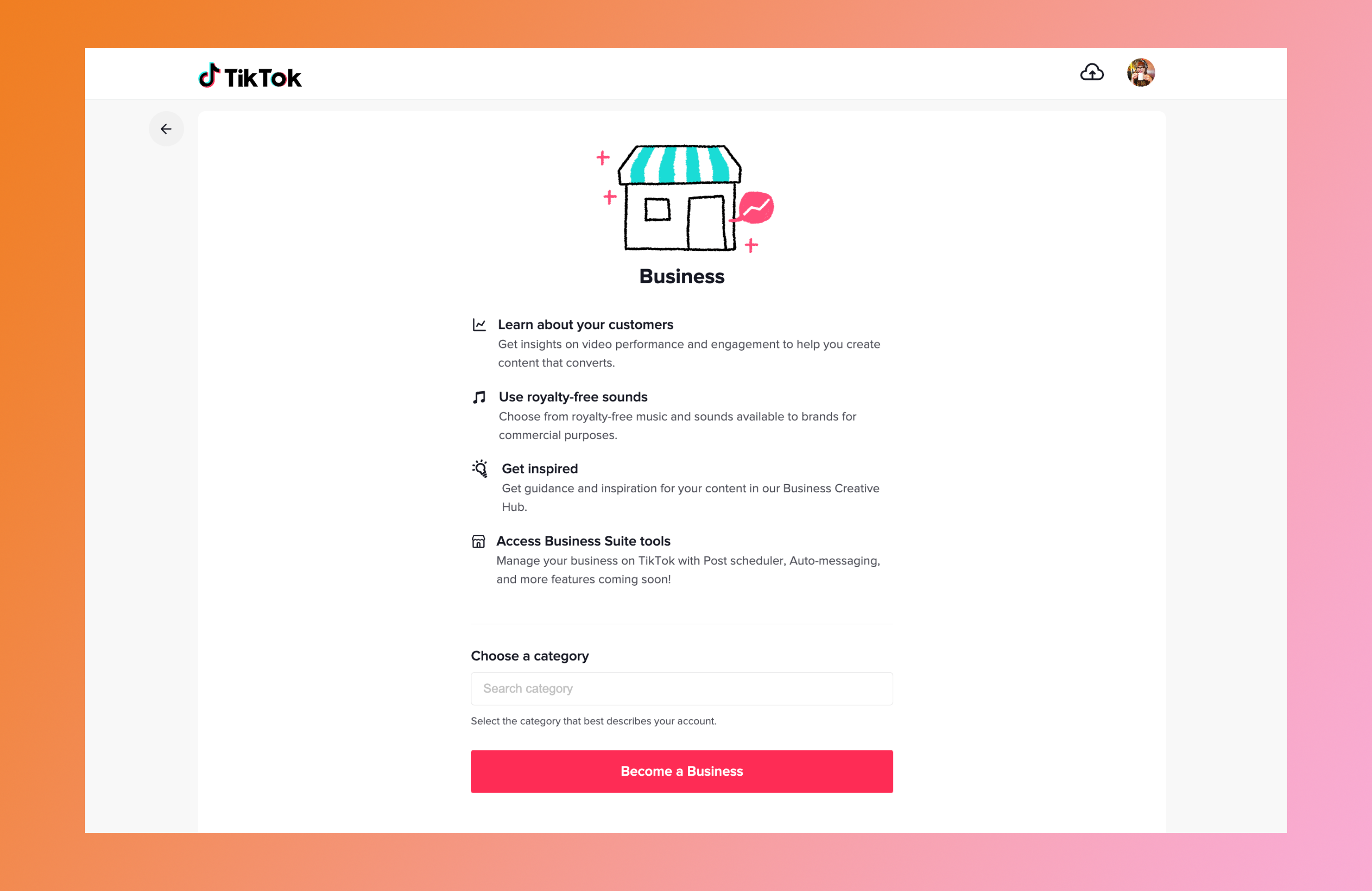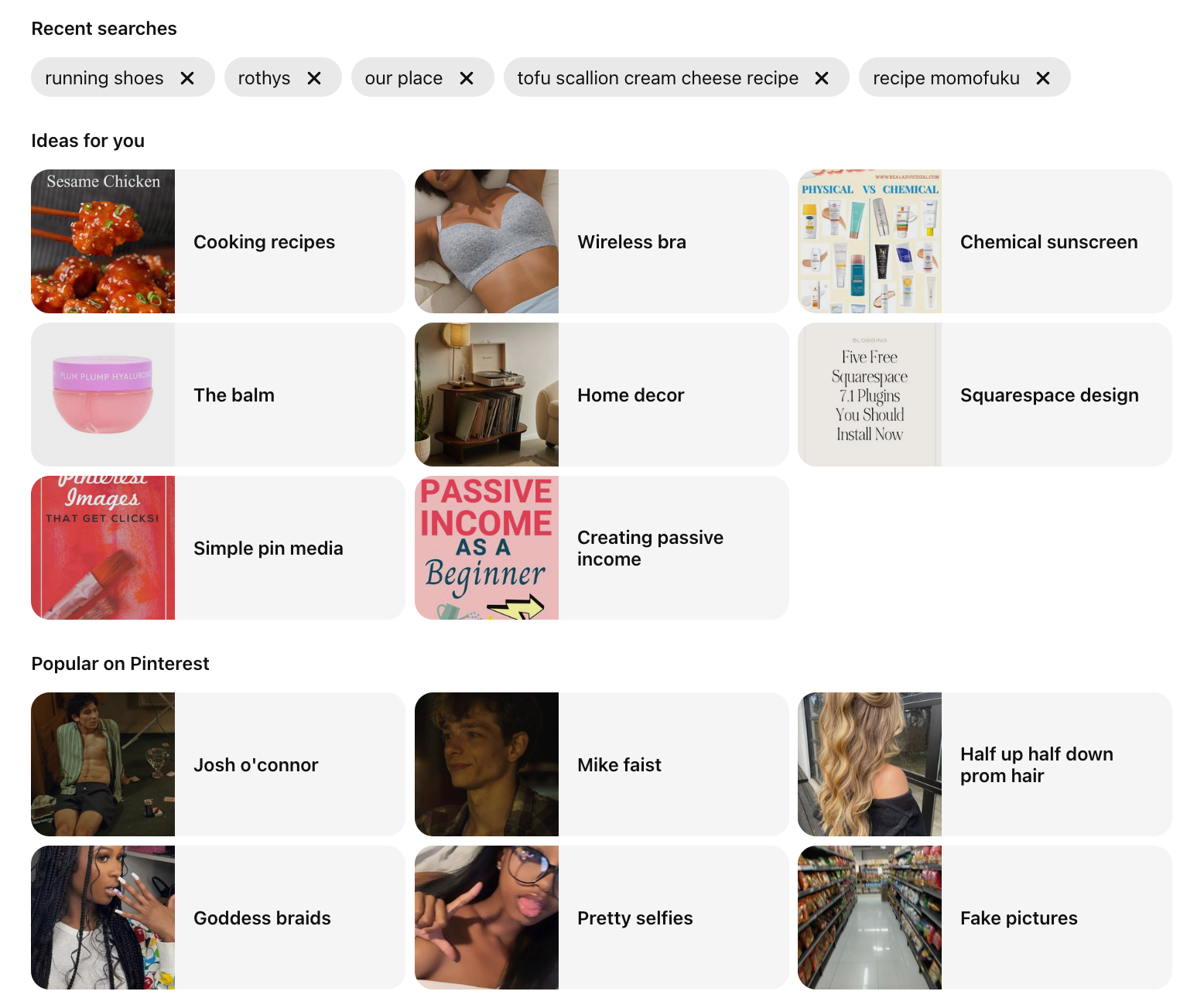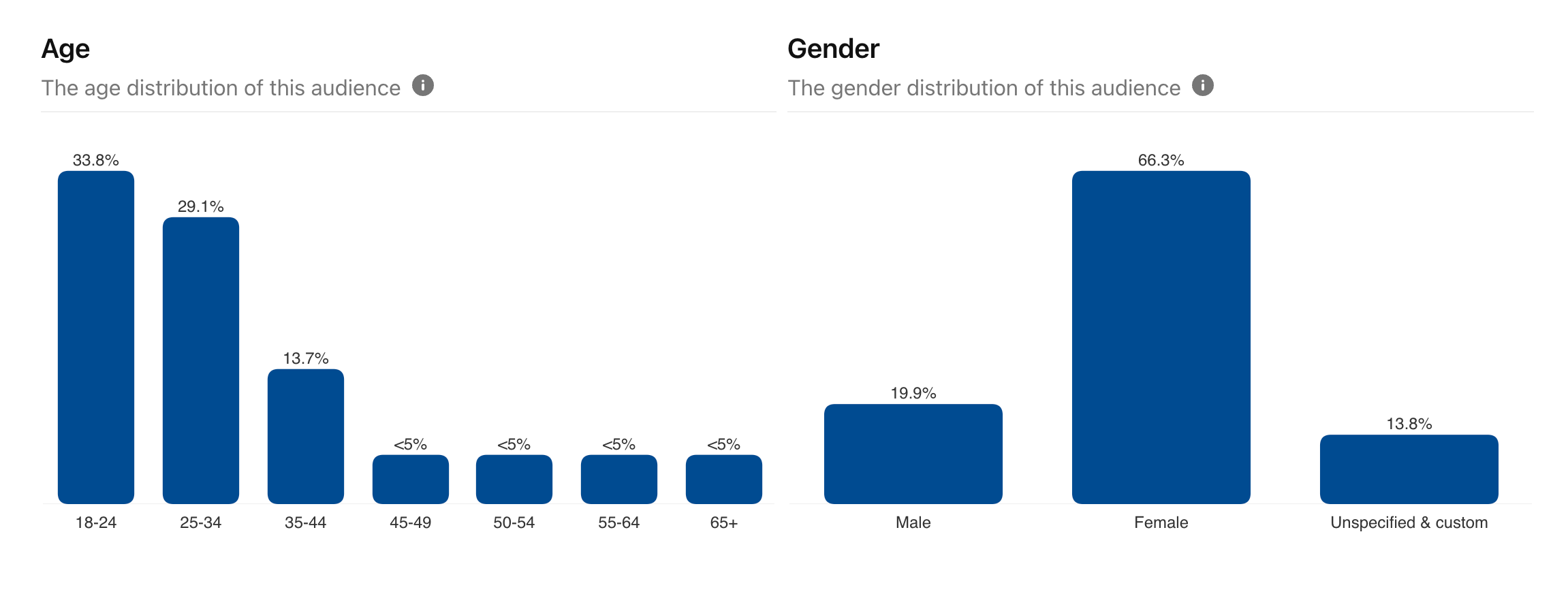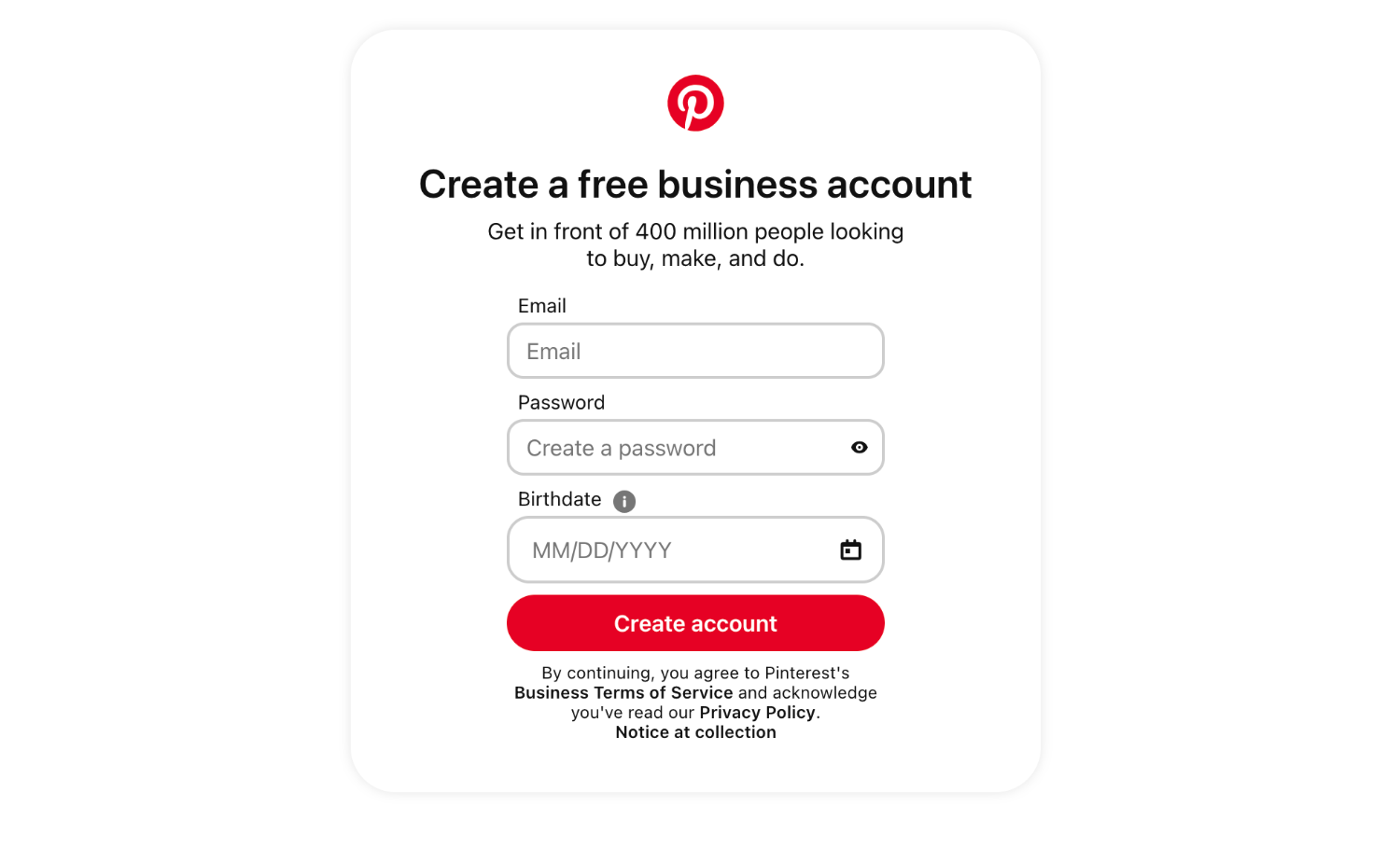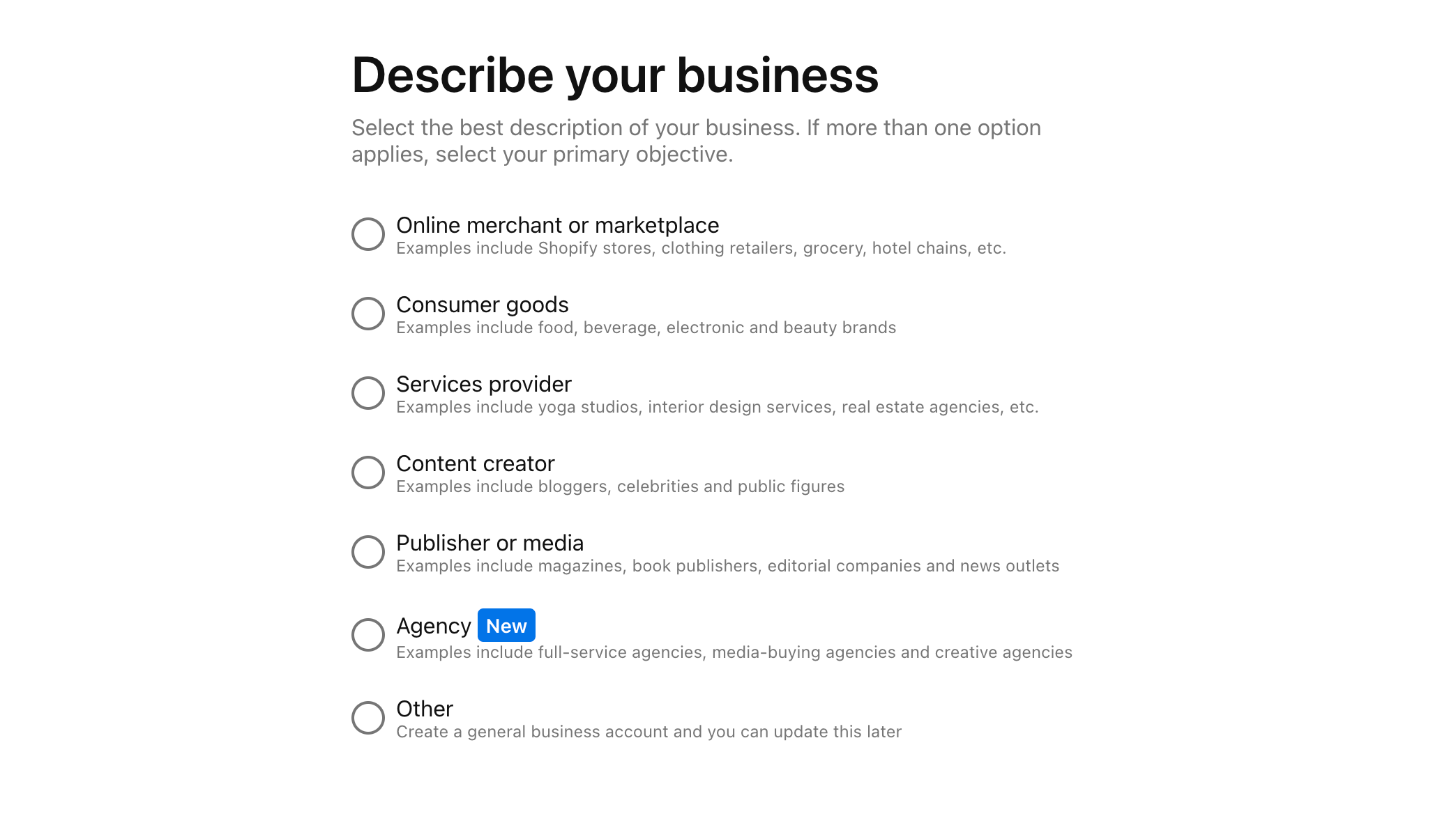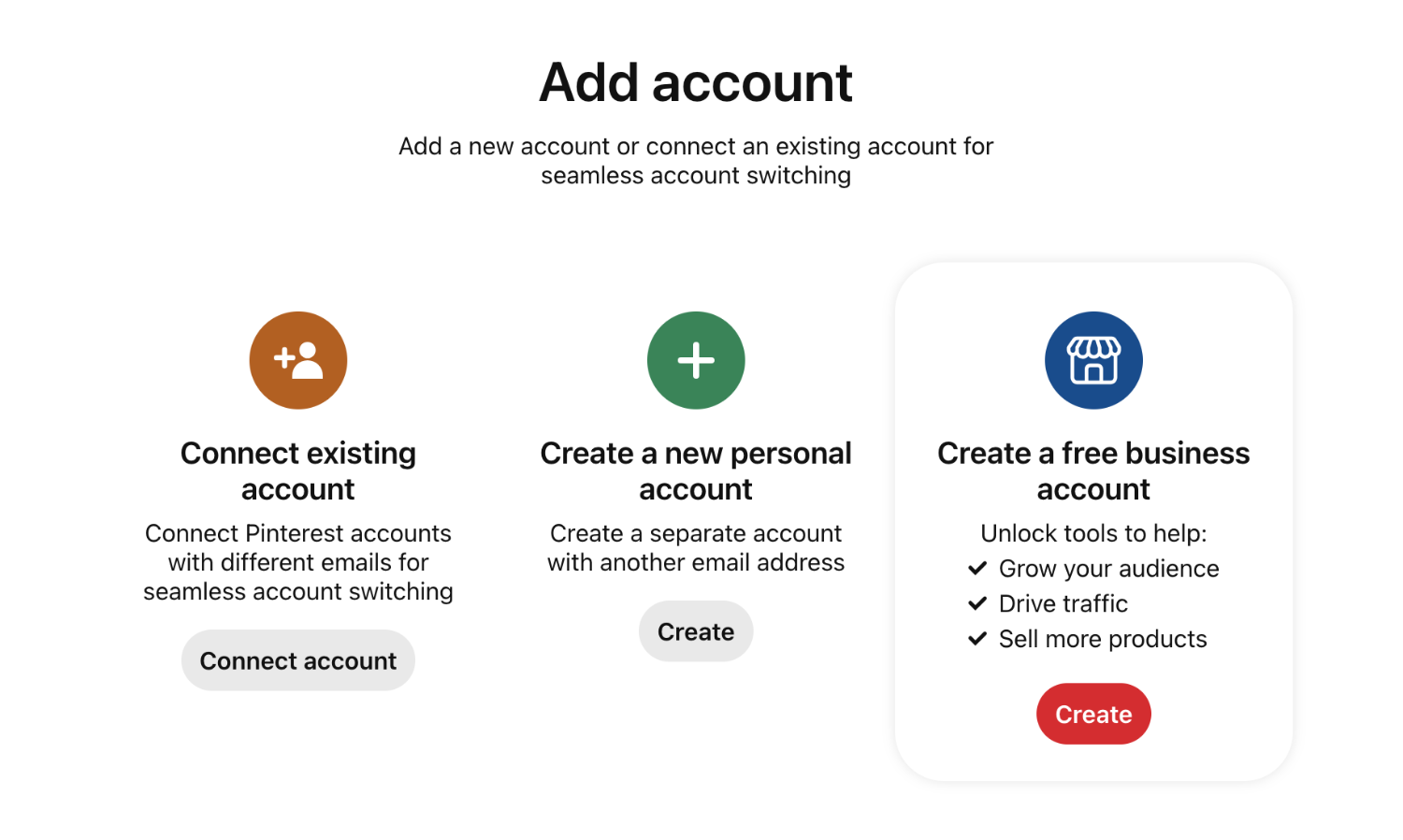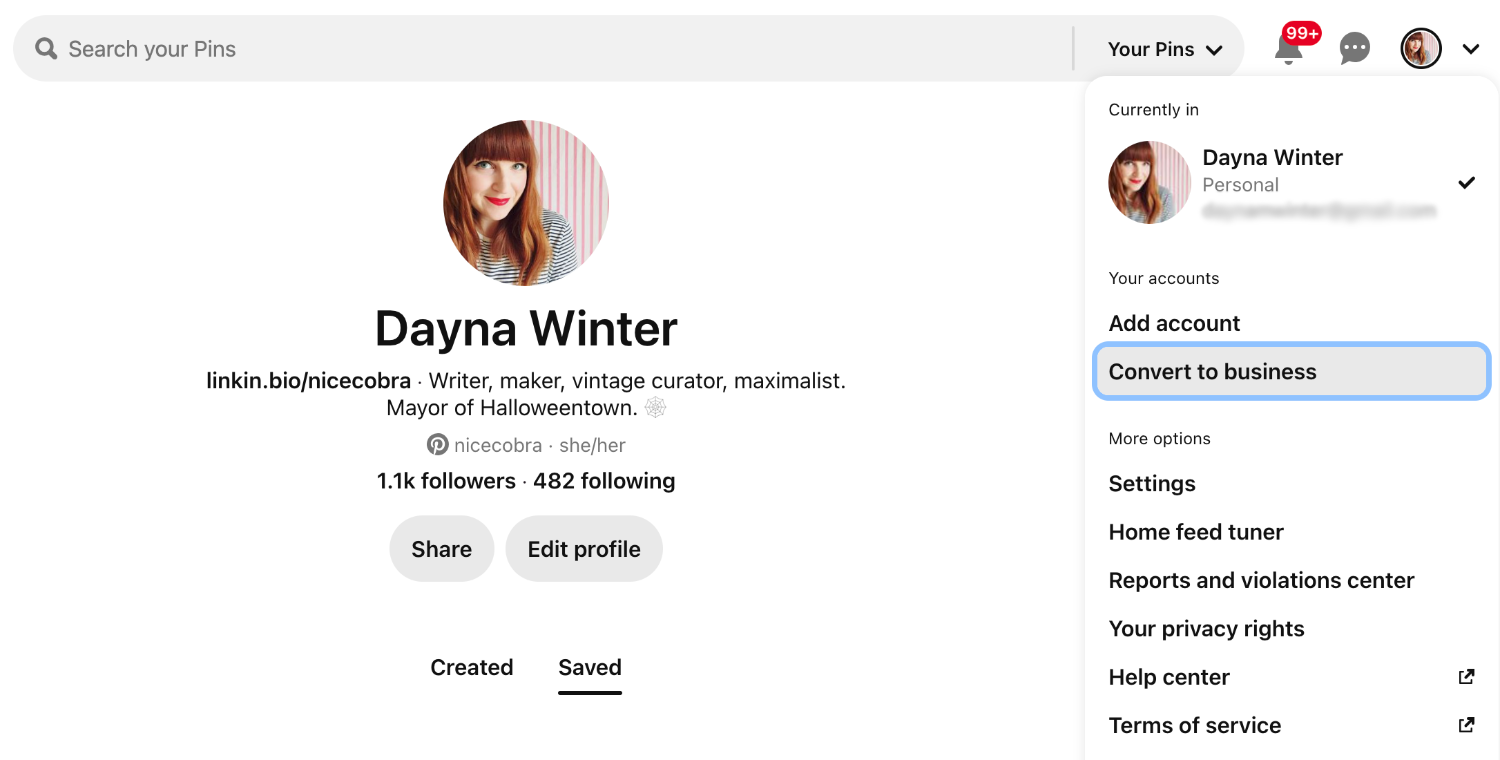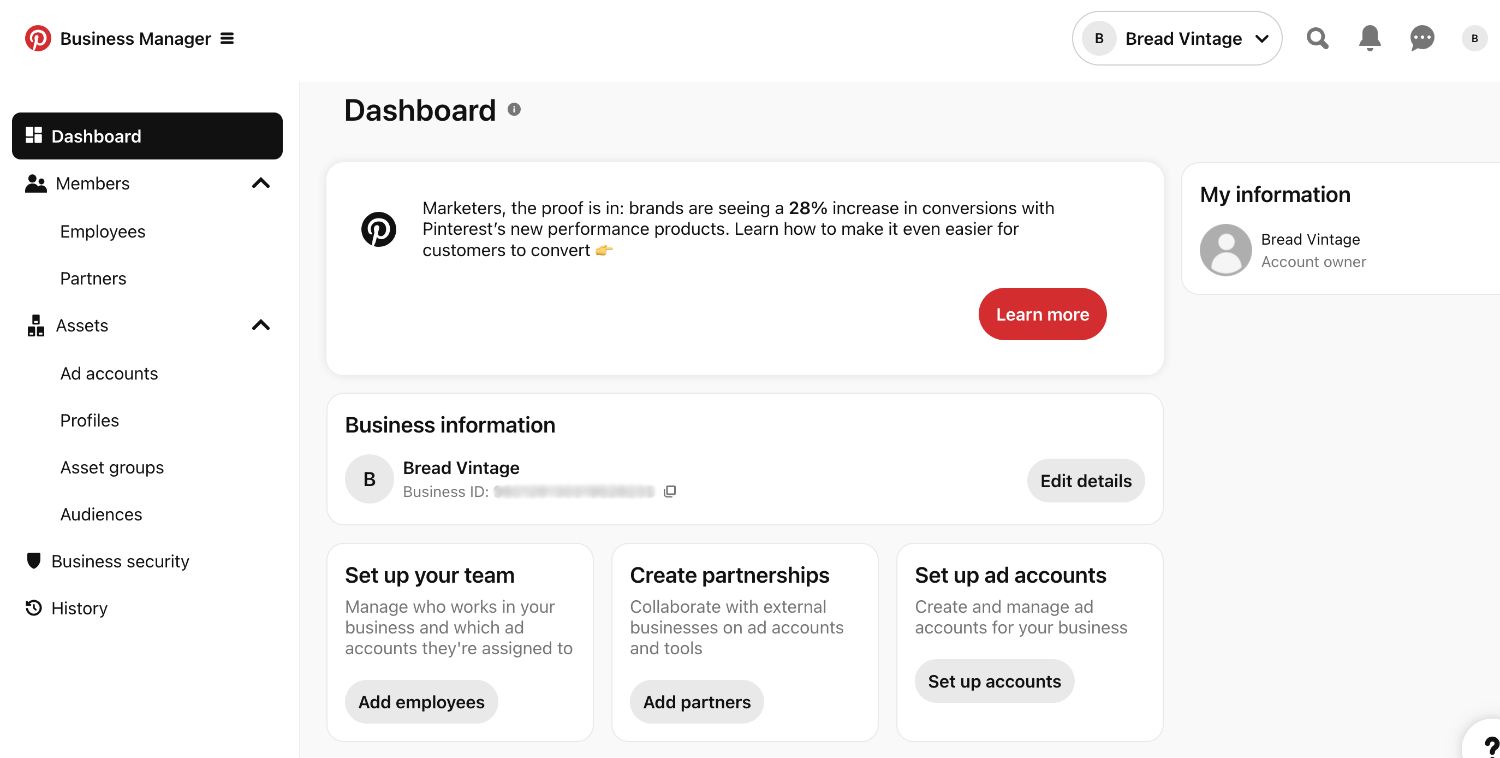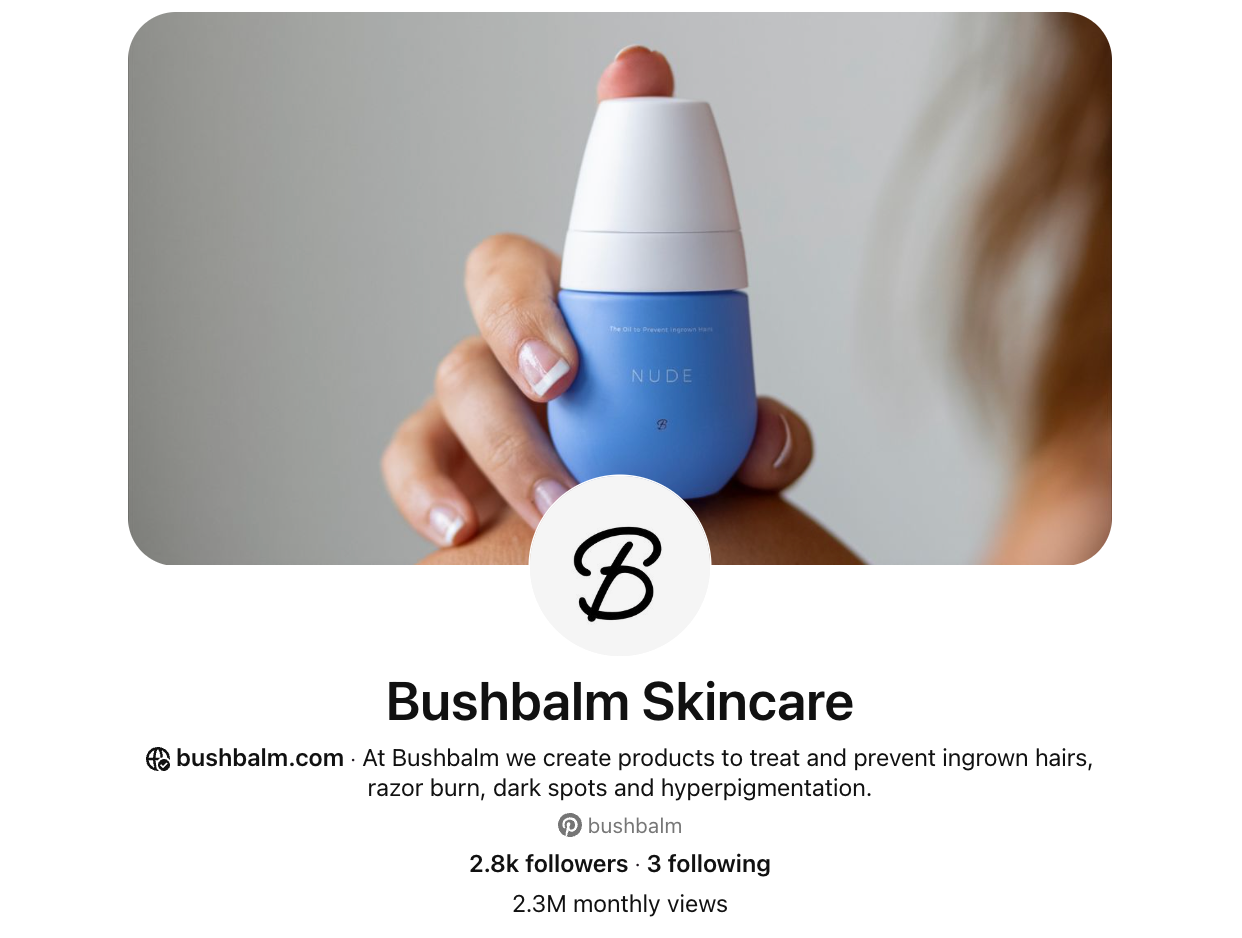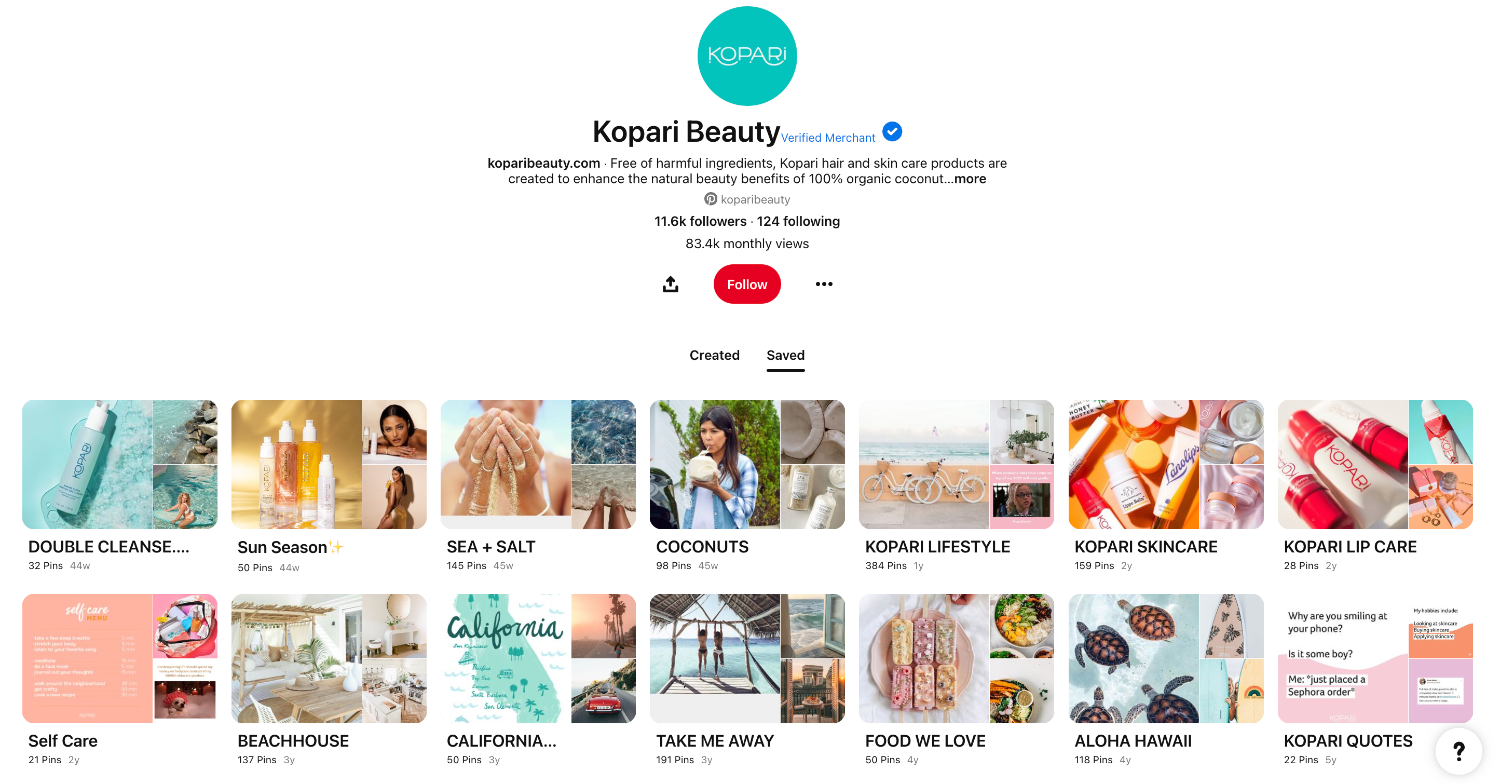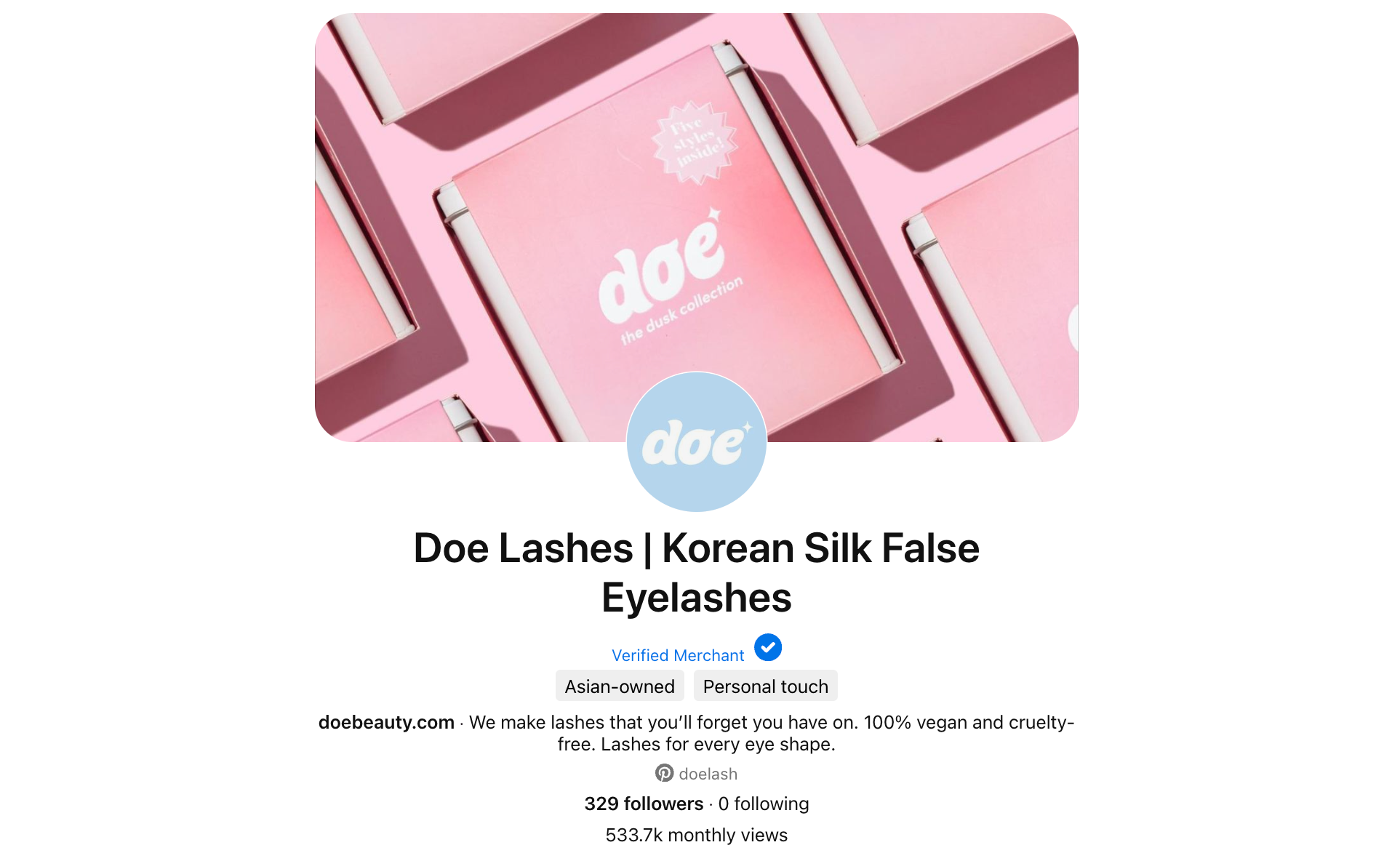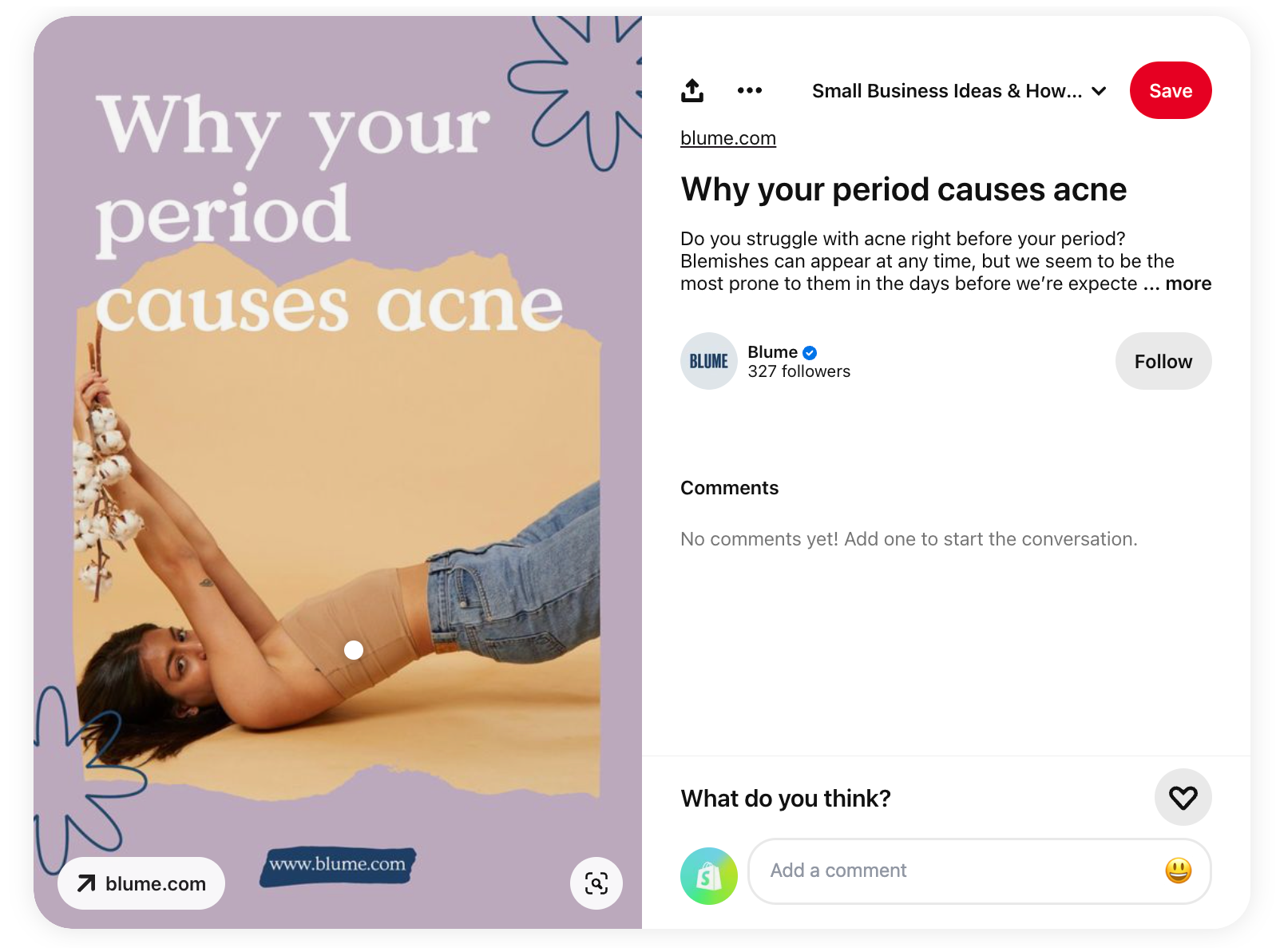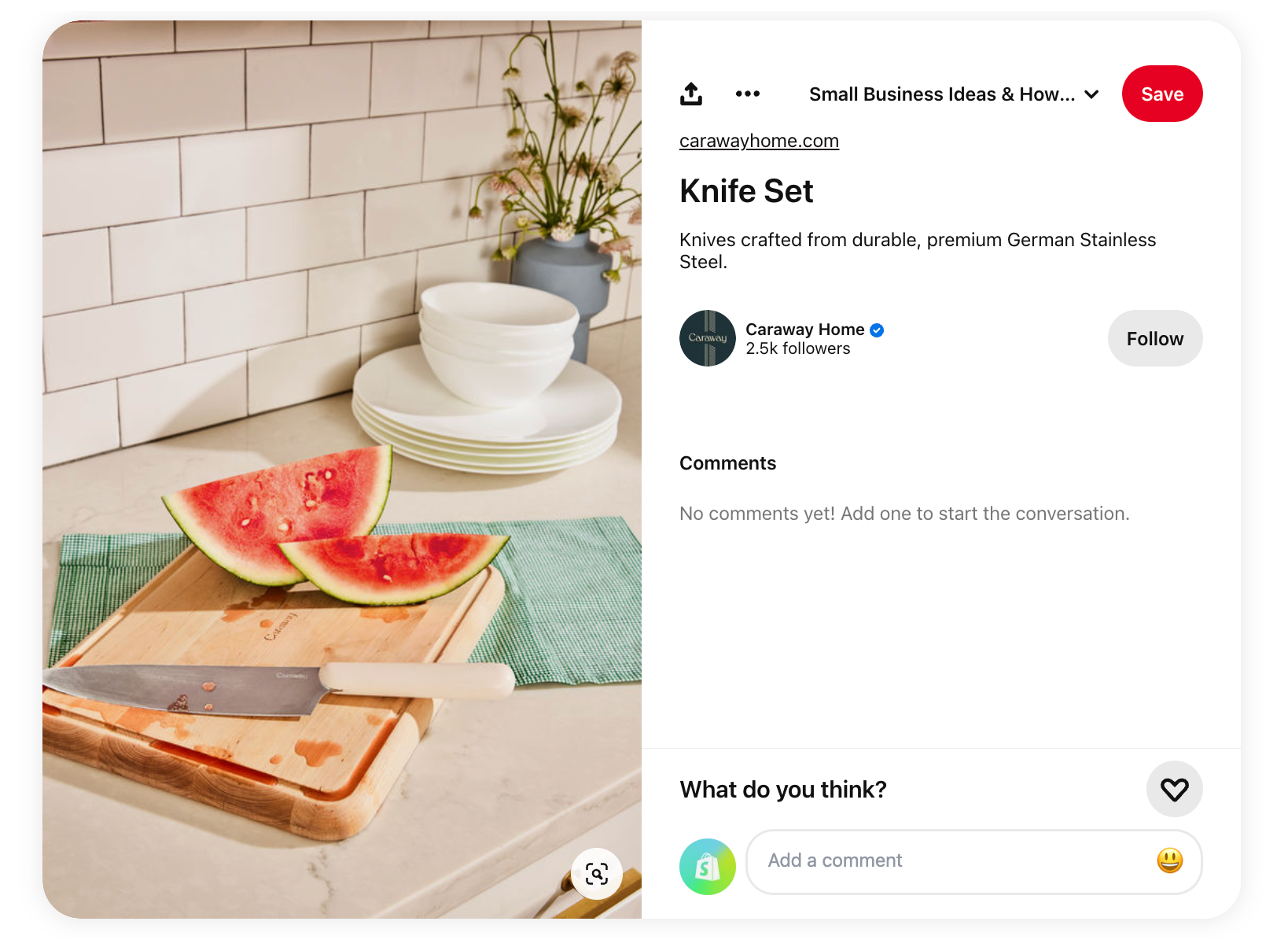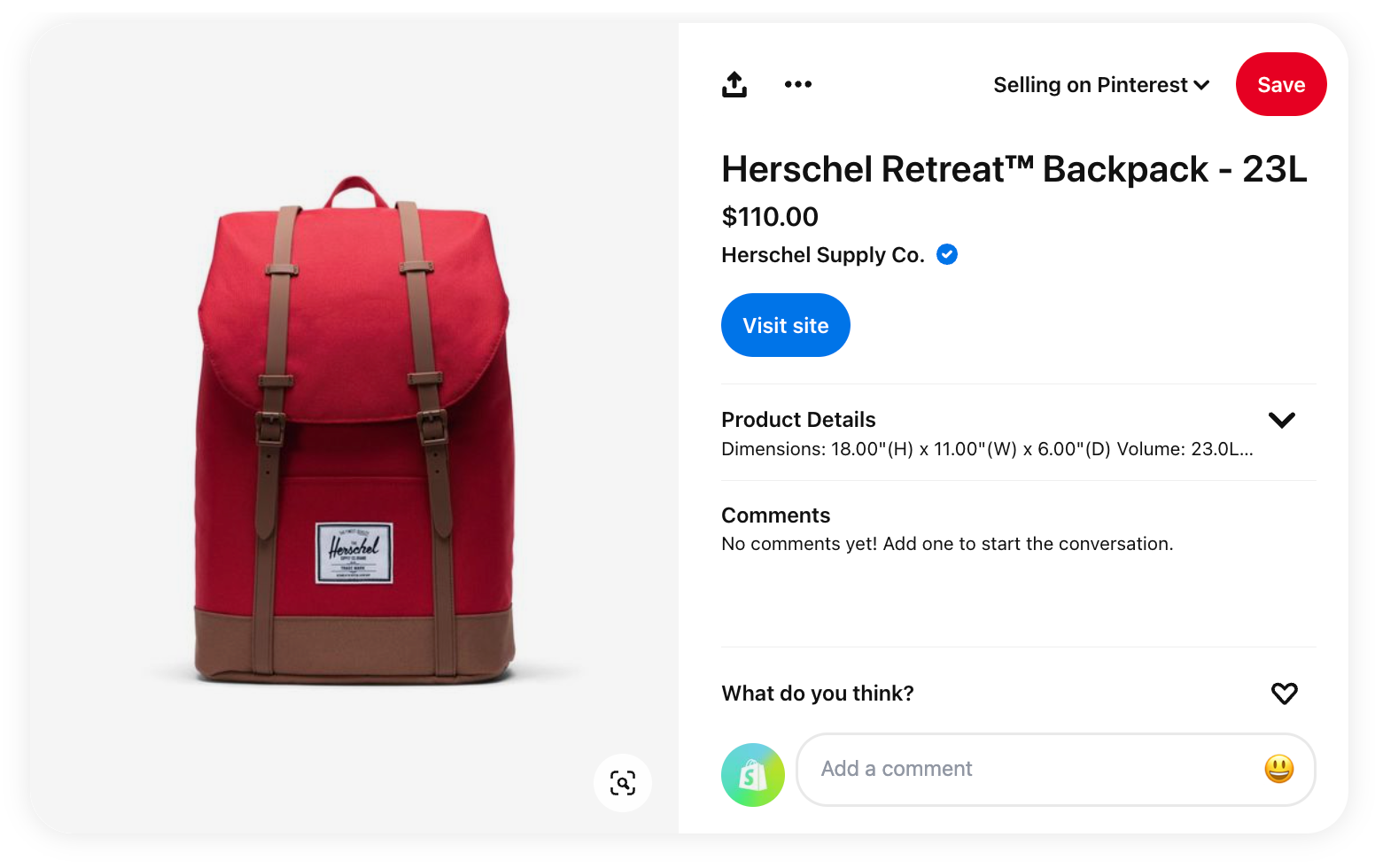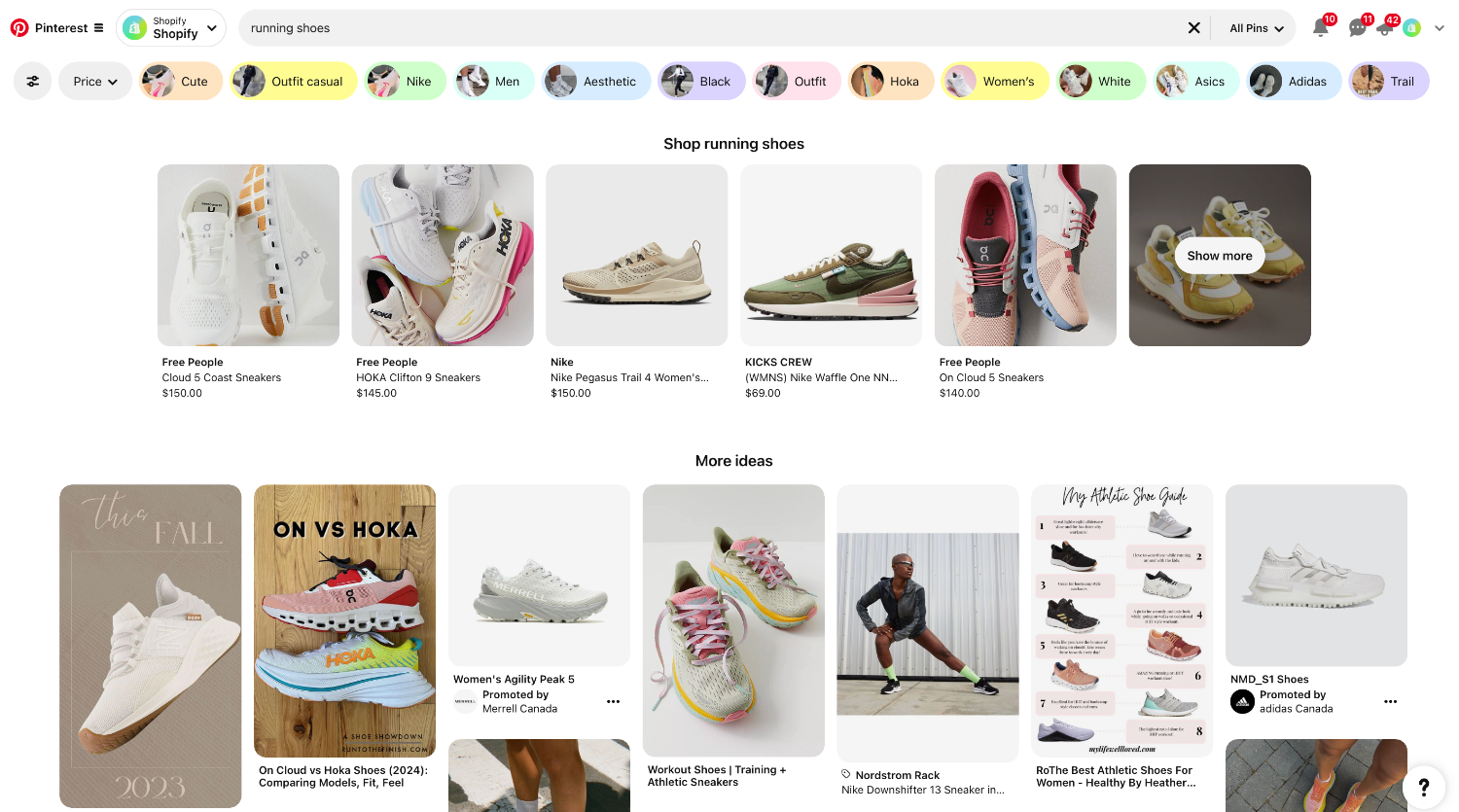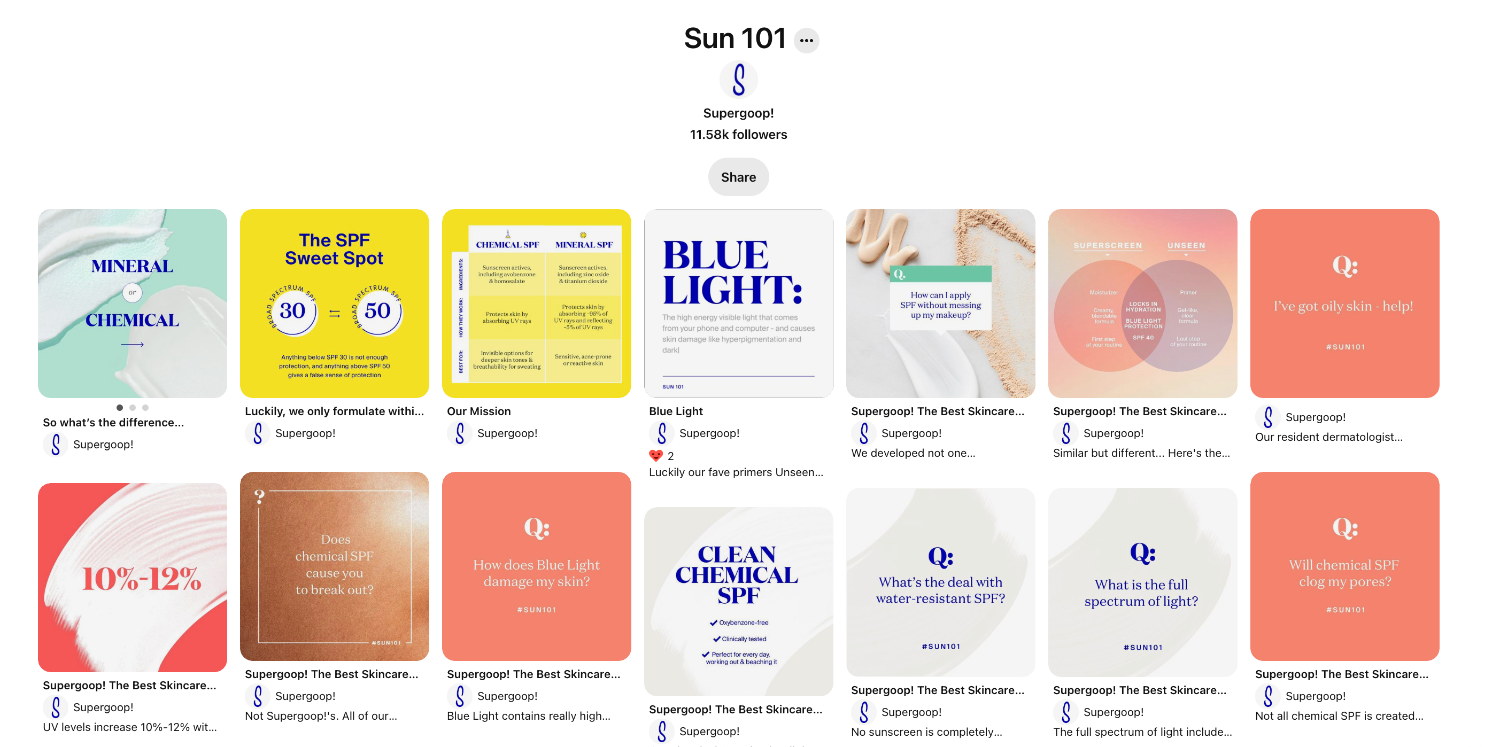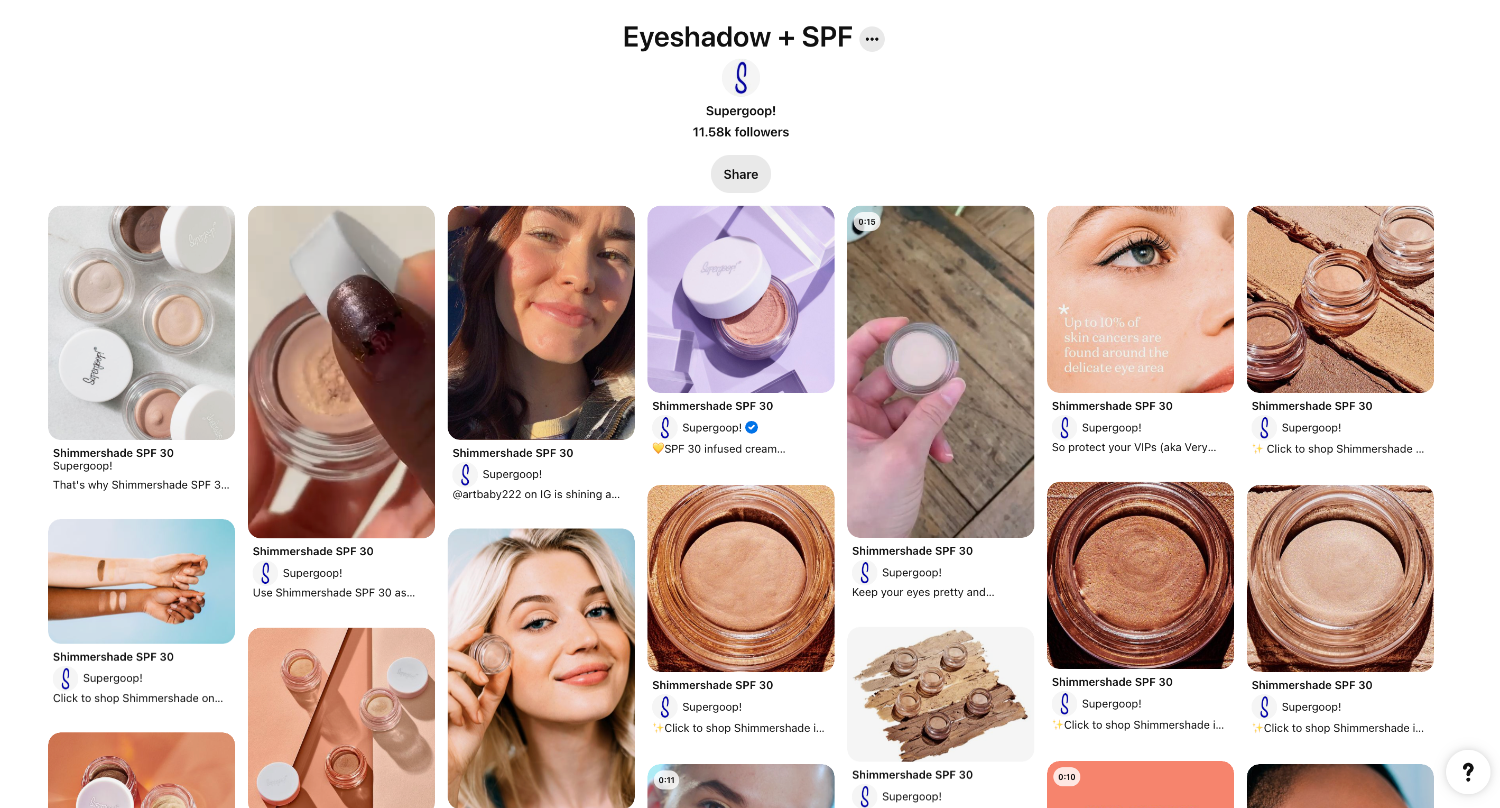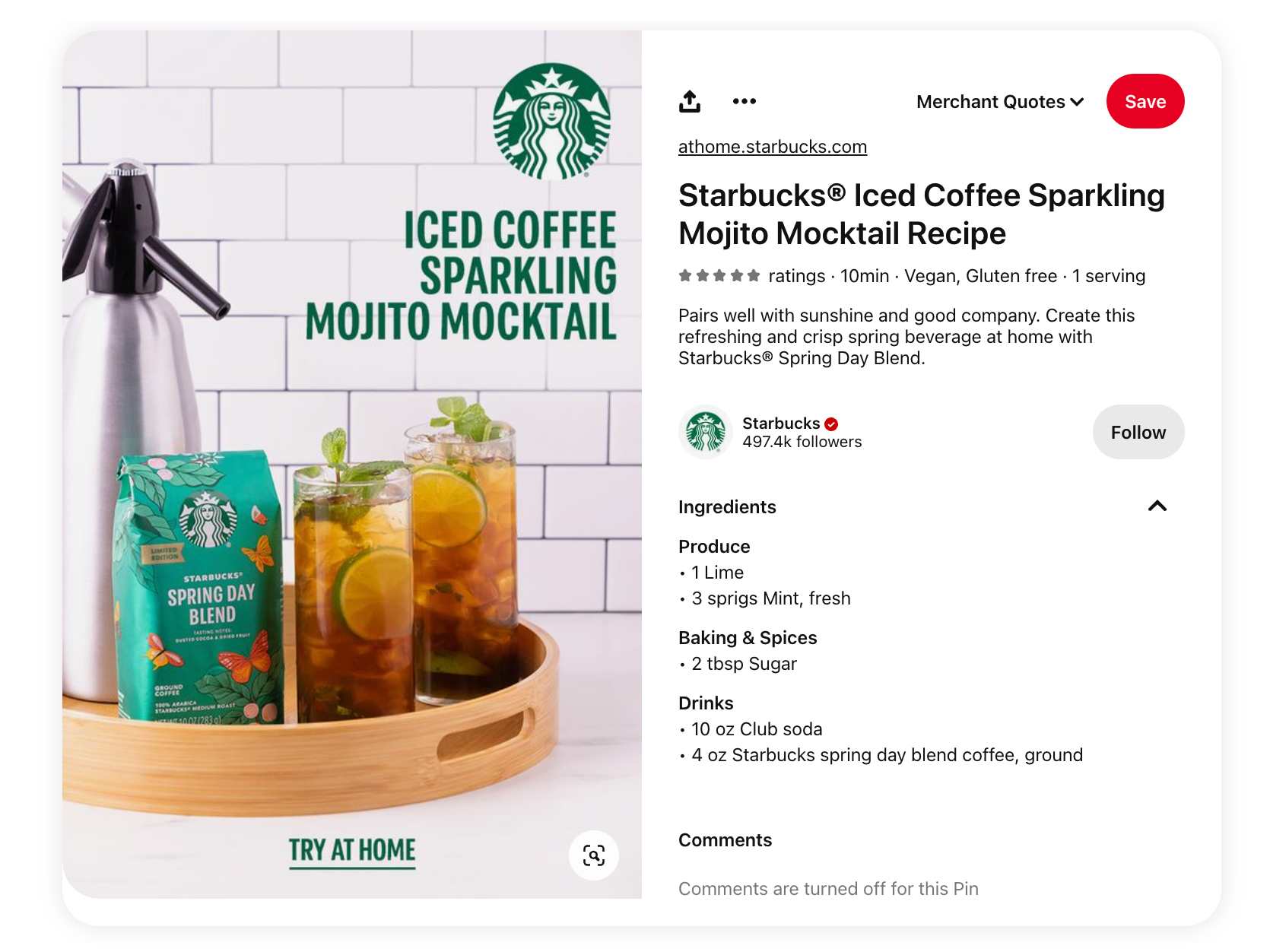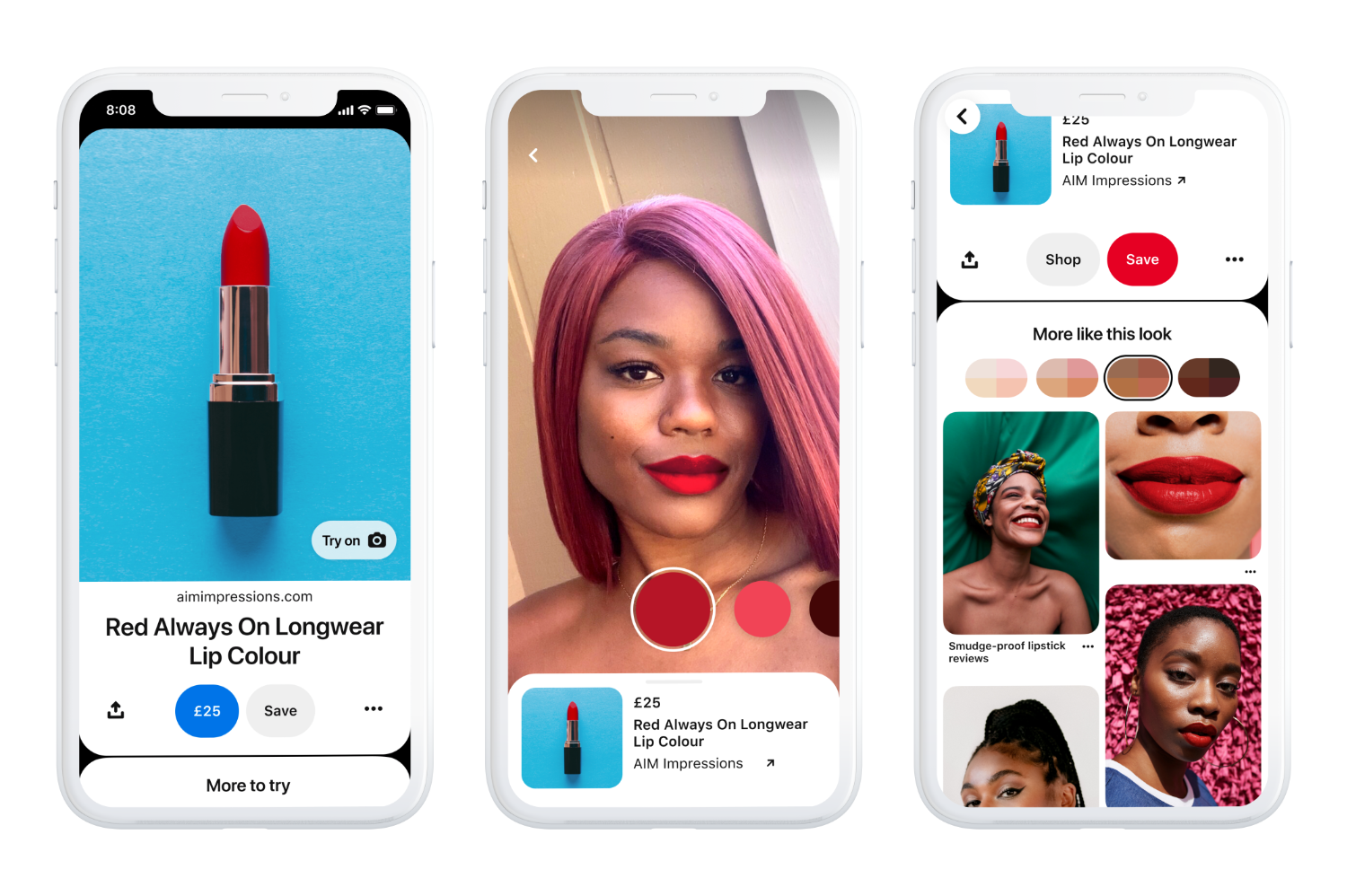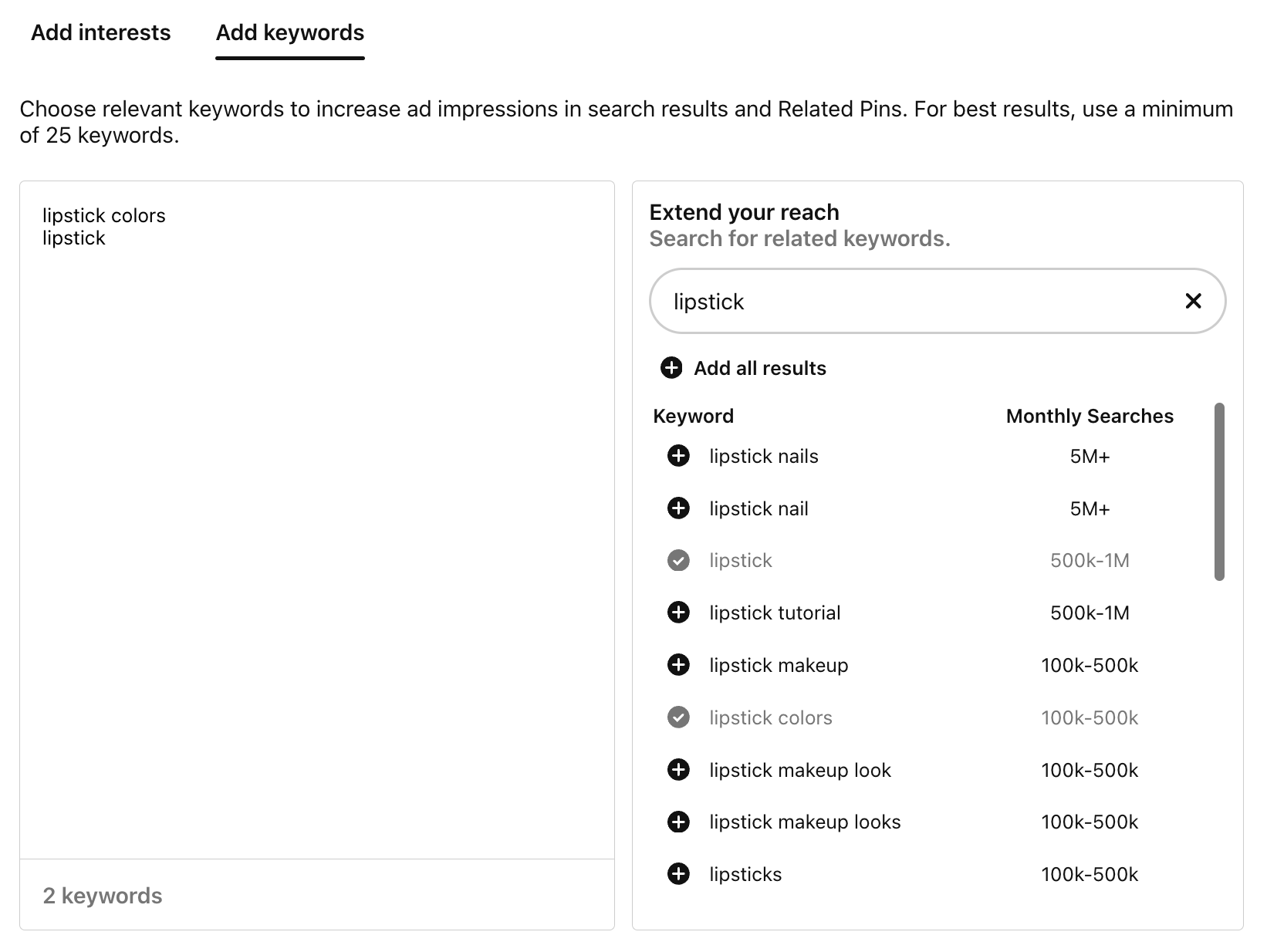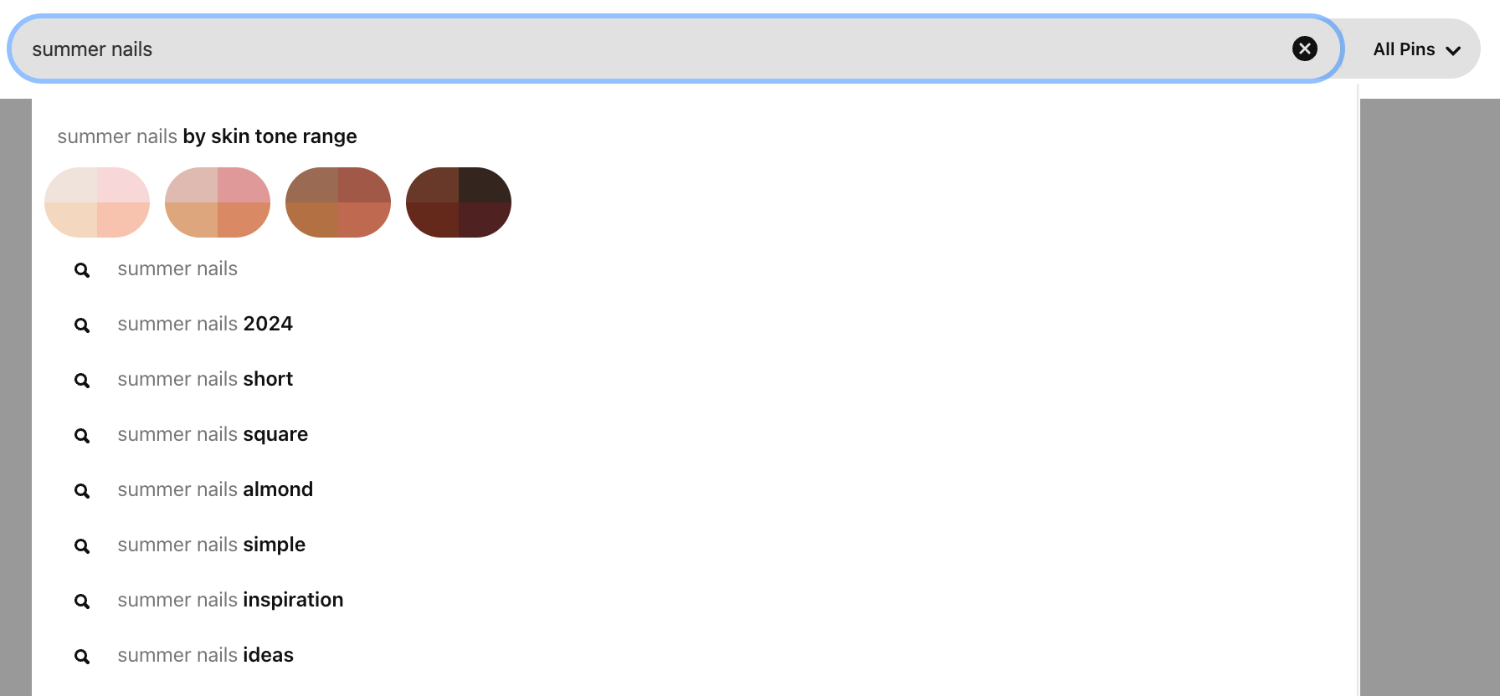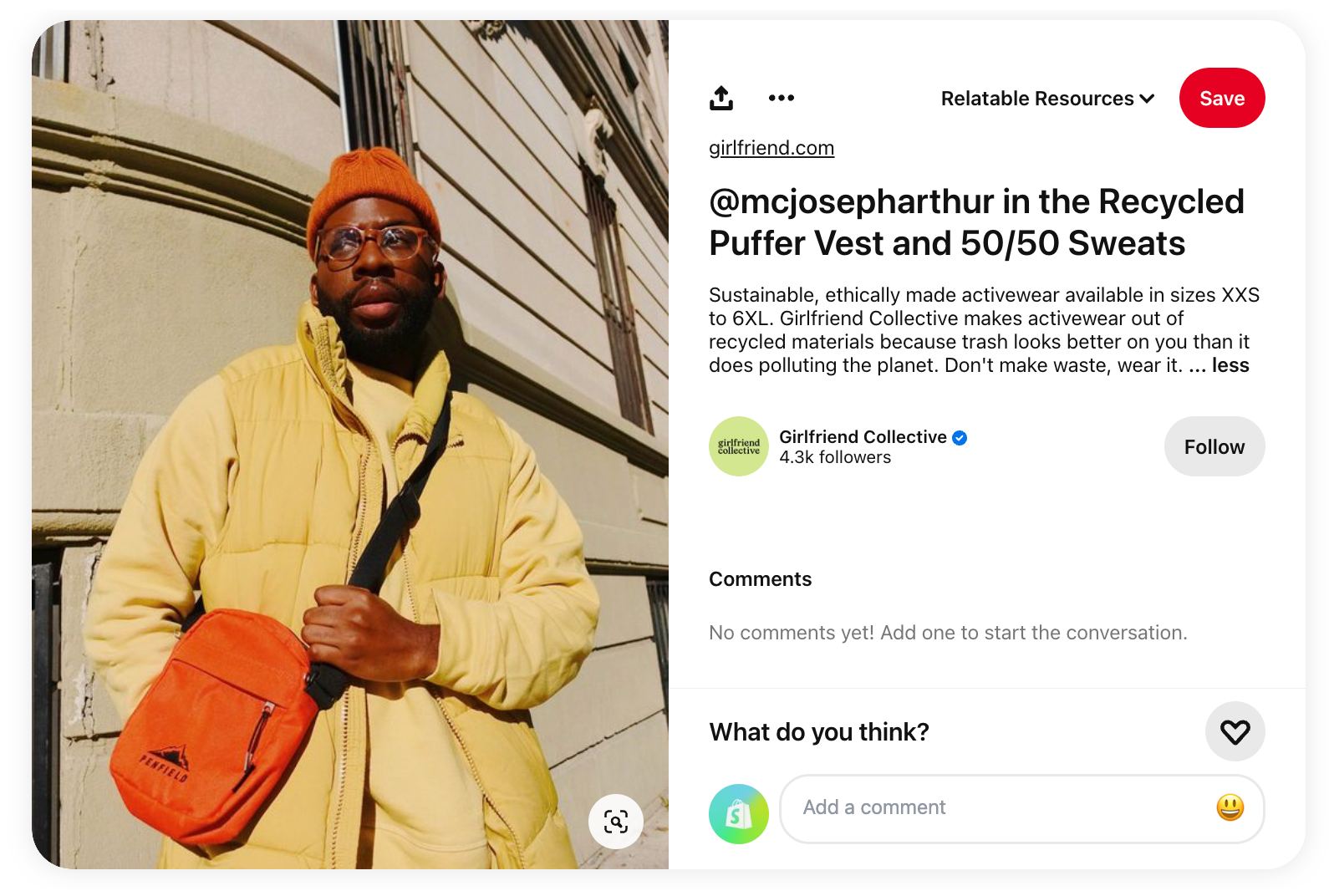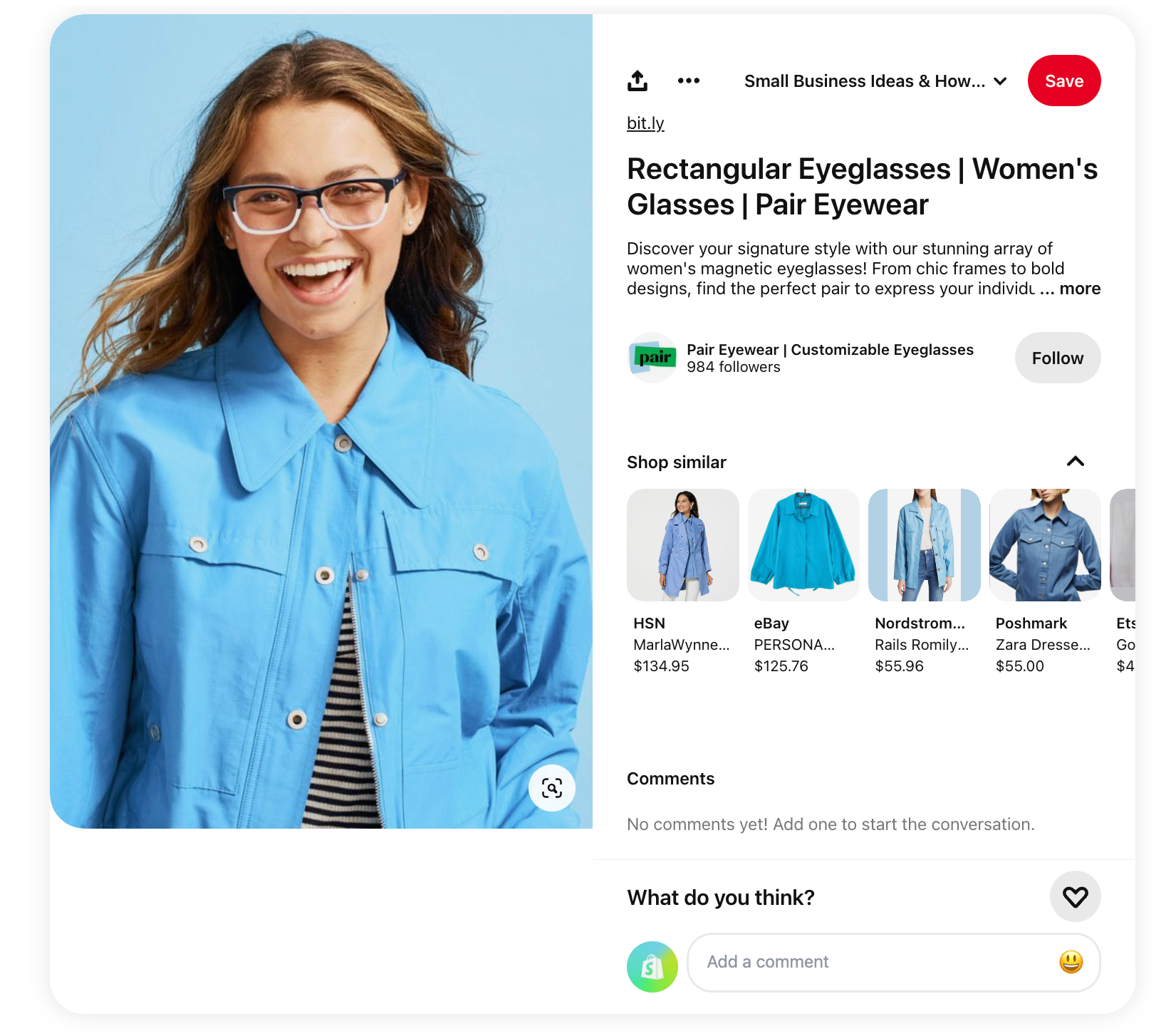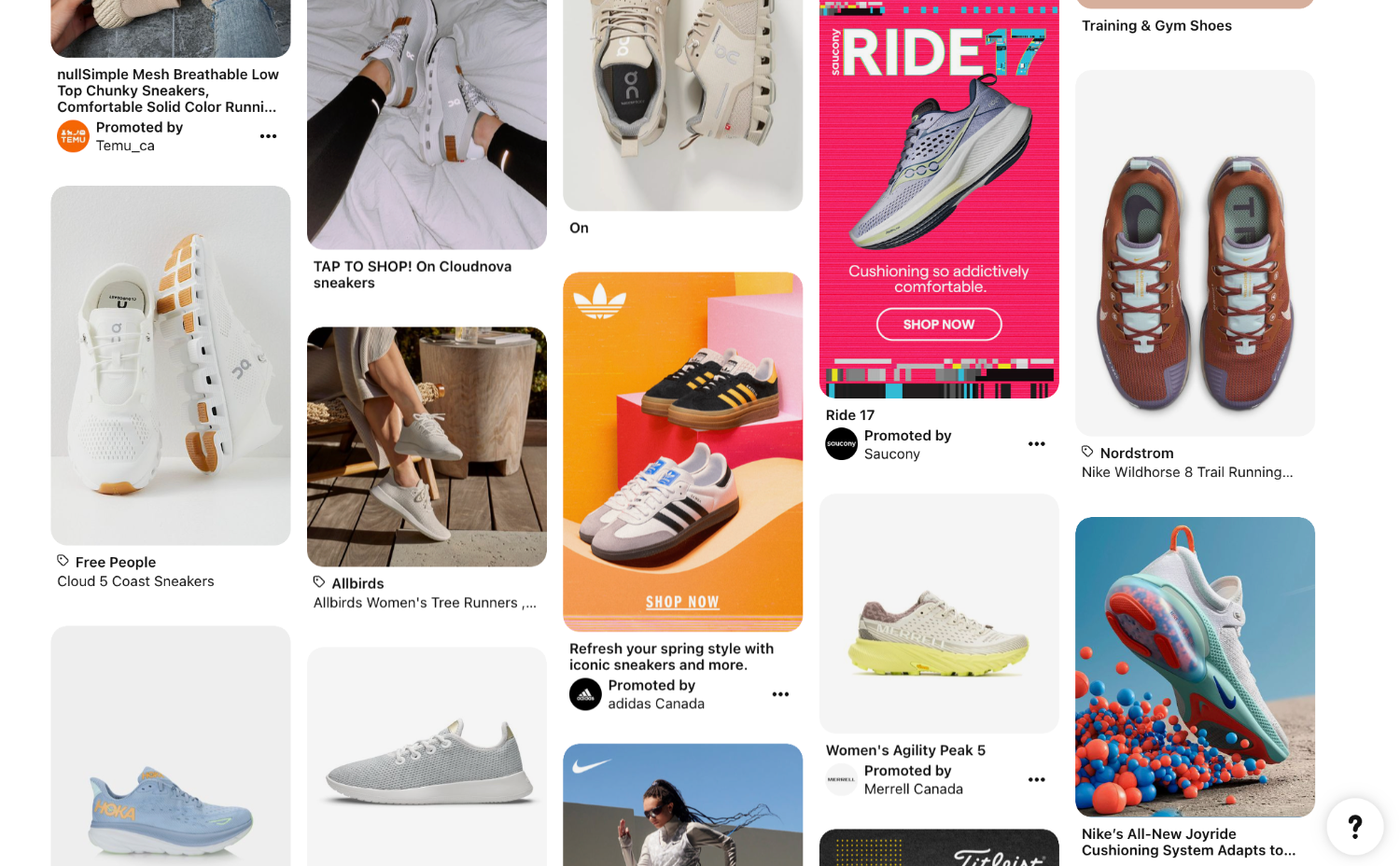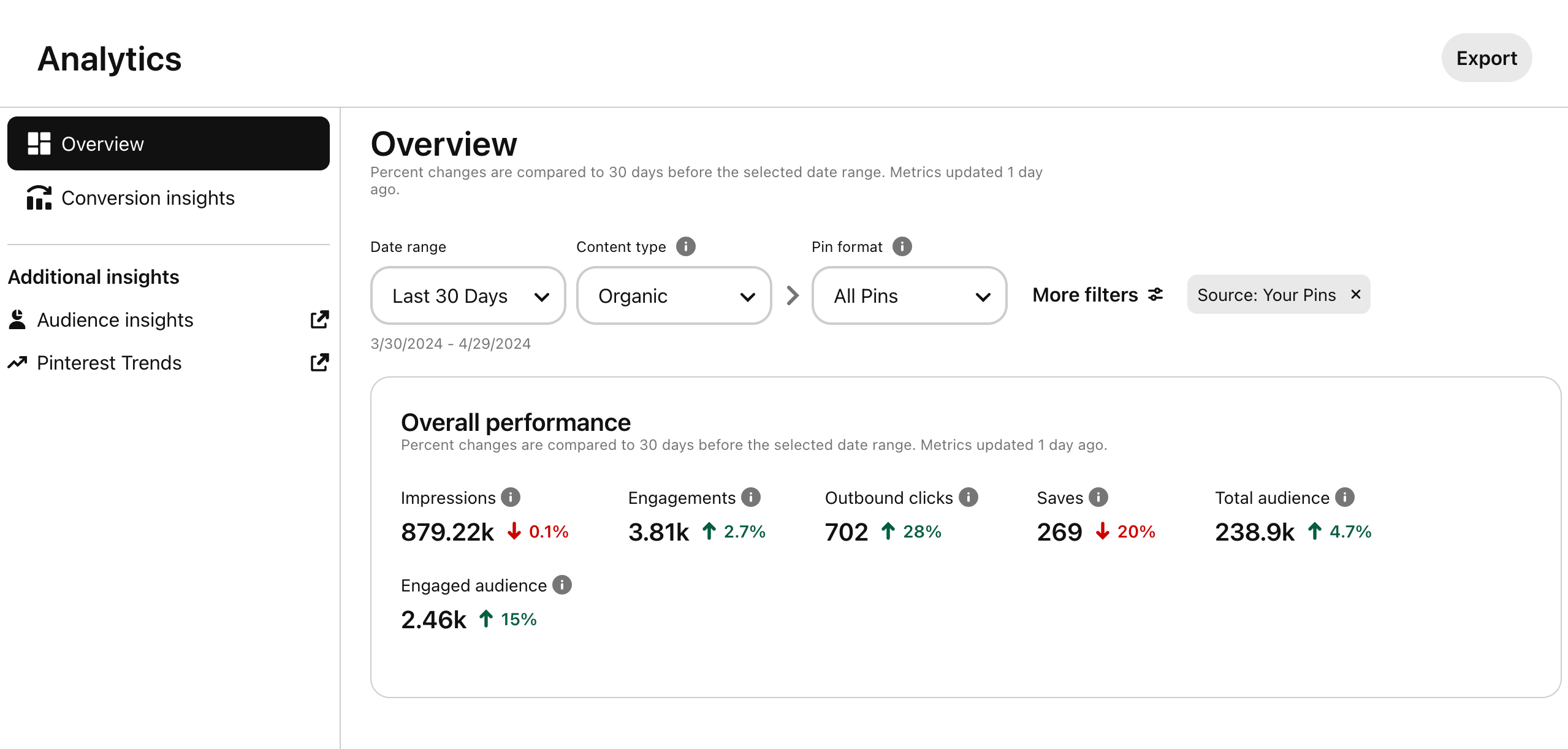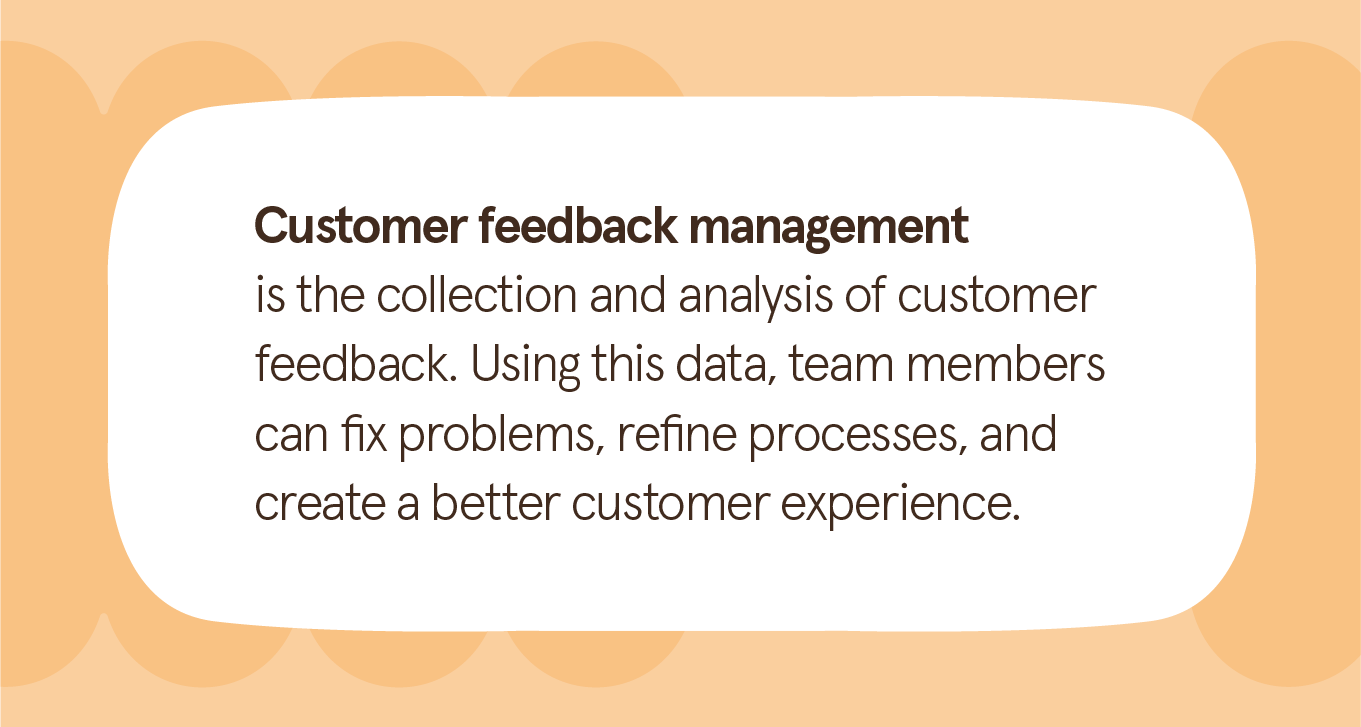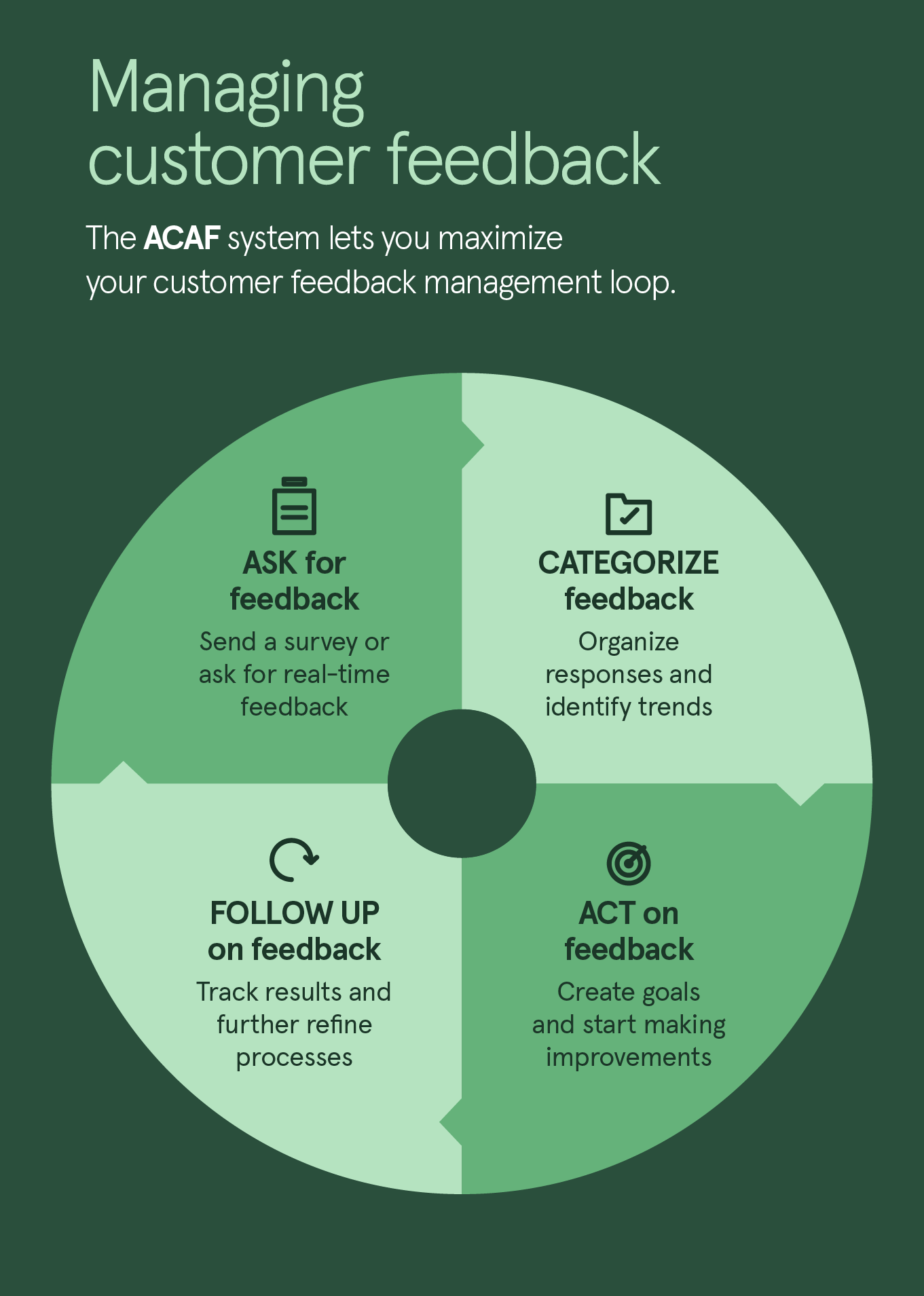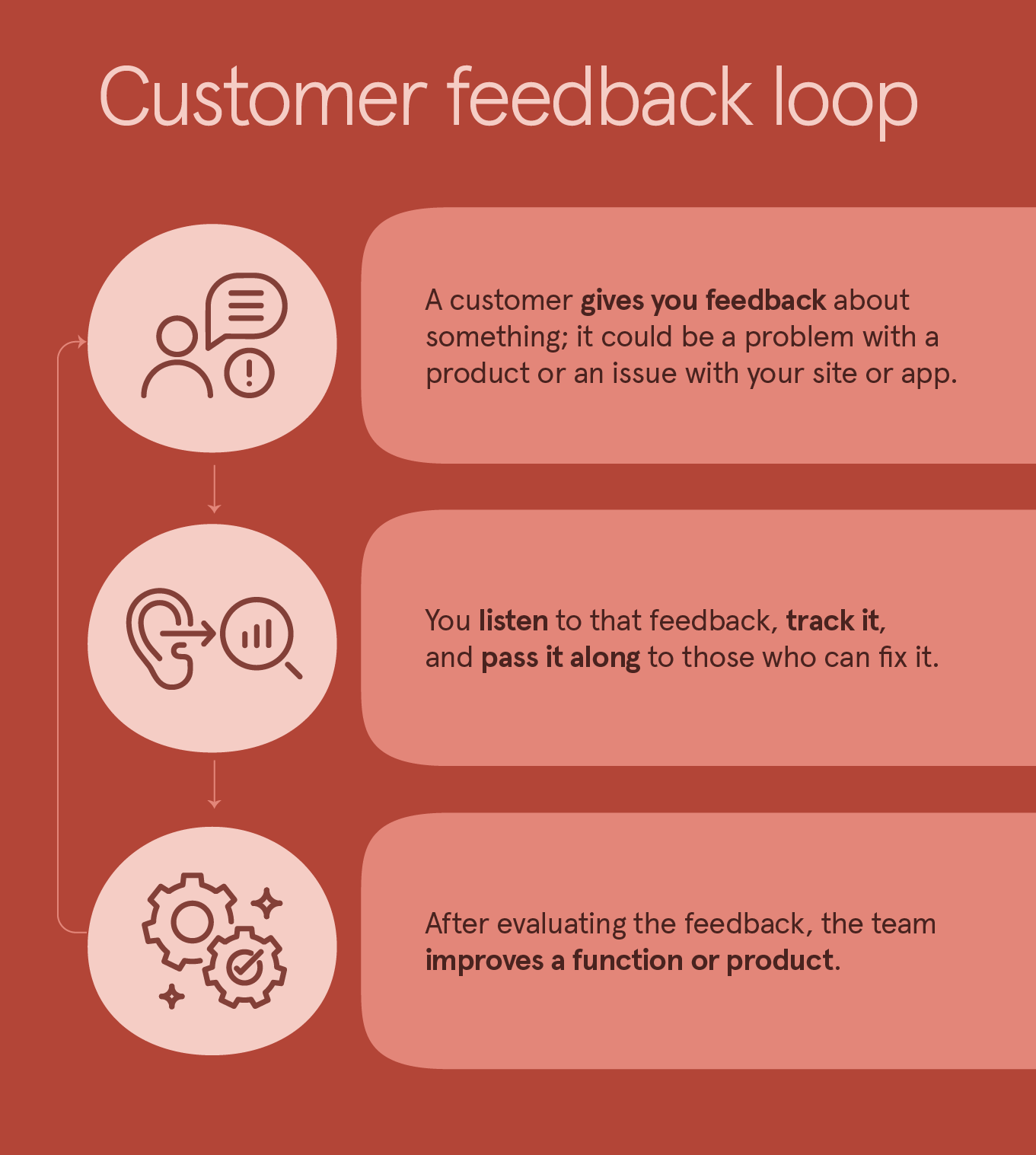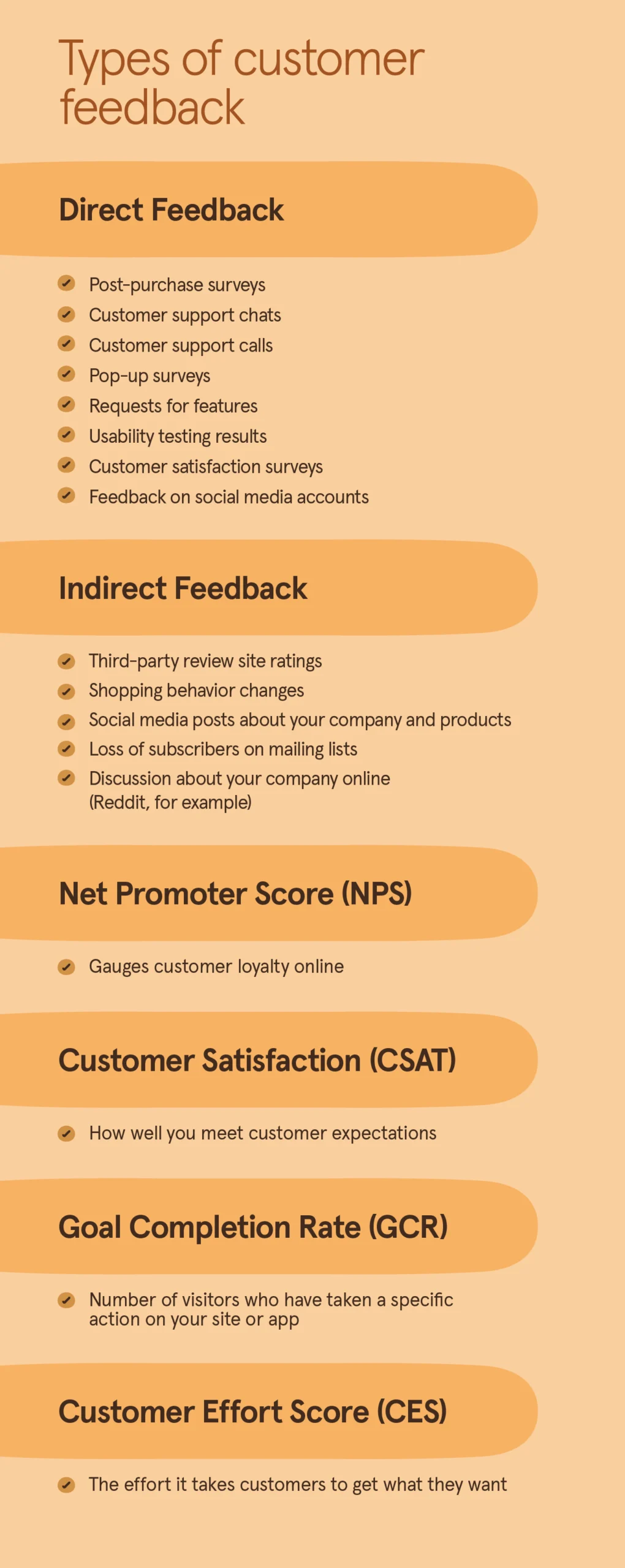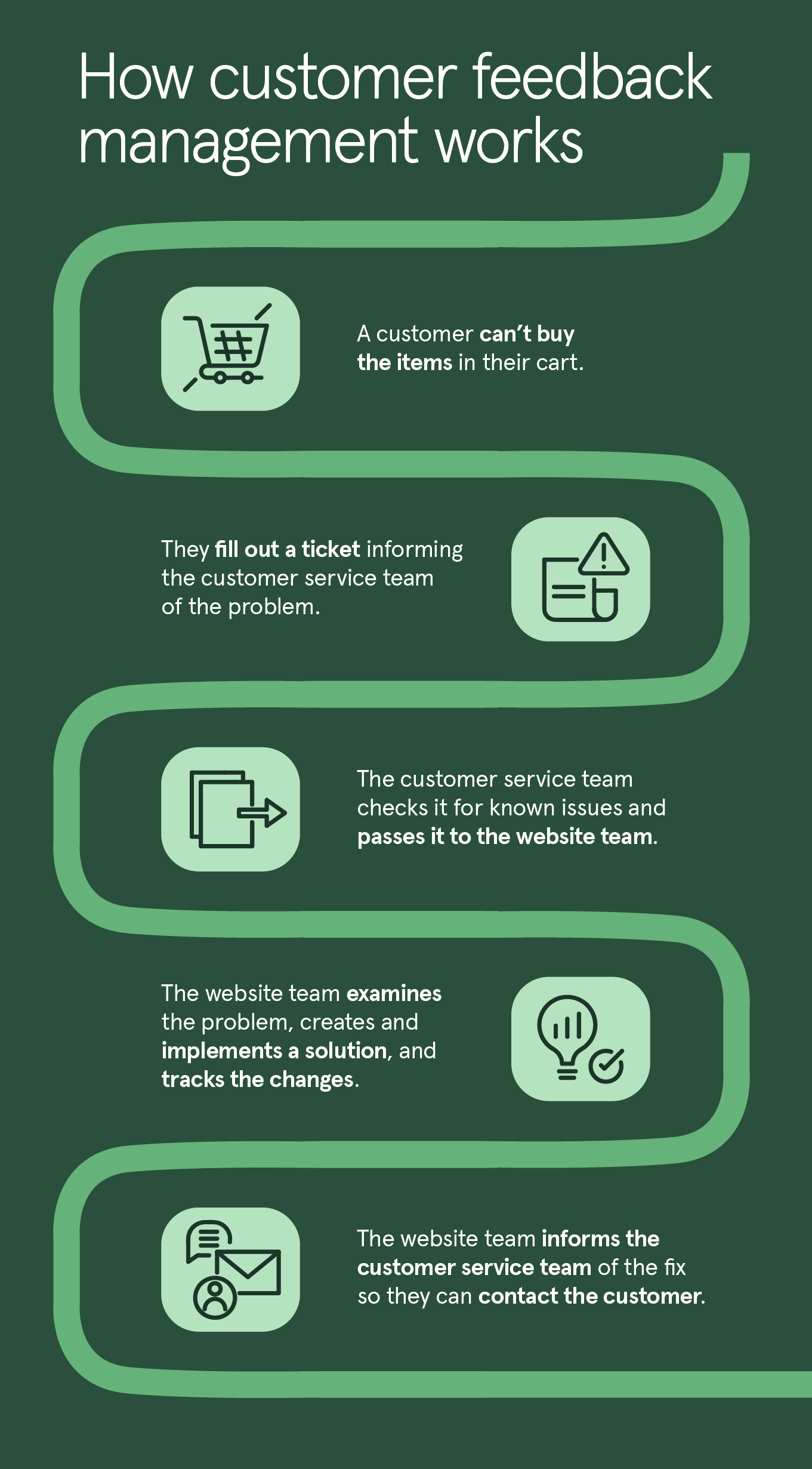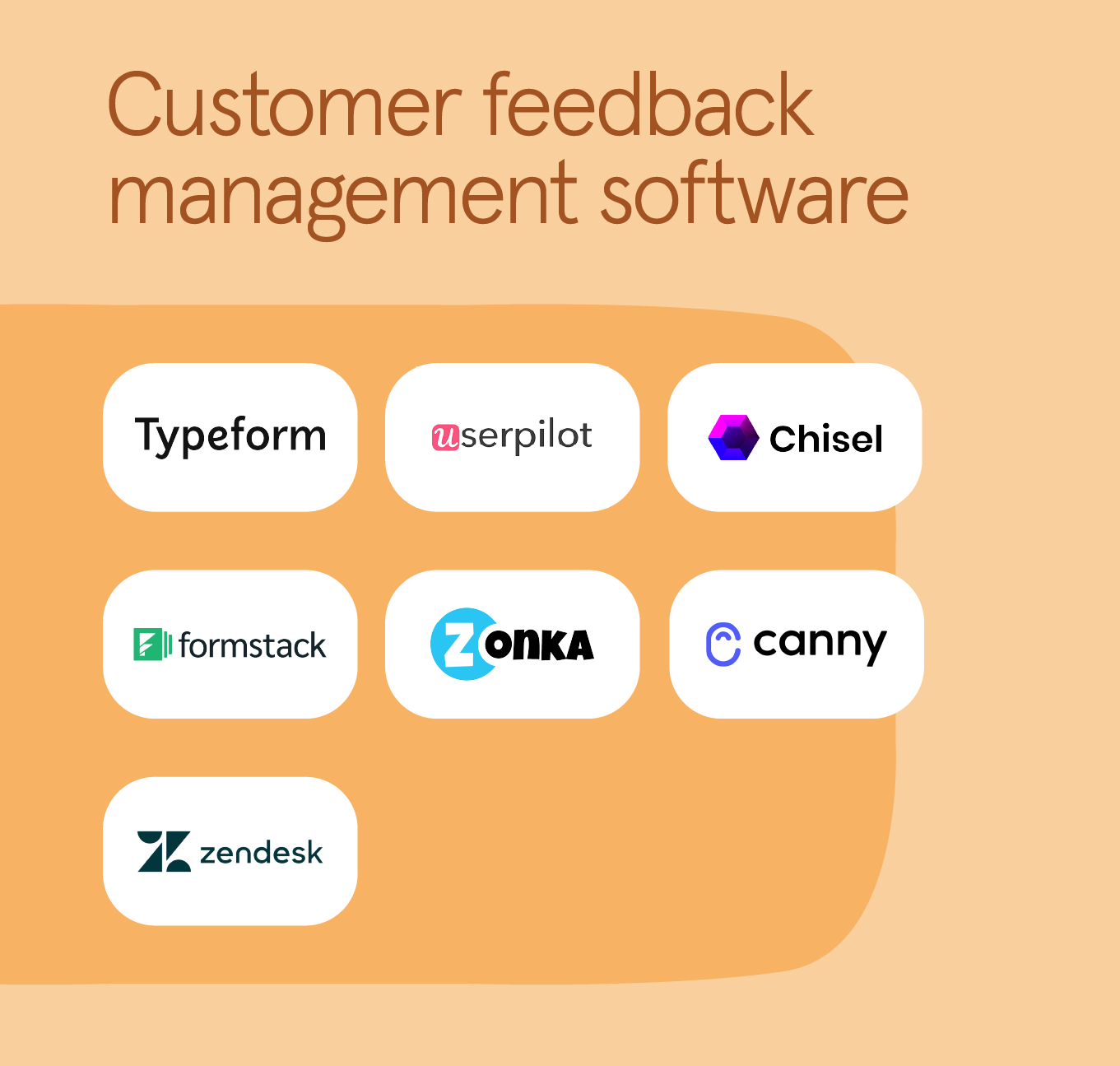Our view at Stack - Simplify growth with an all-in-one platform. Powerful marketing, sales, and support automation. Integrated CMS. Scalable software. Crafted for customer experience.
Welcome to HubSpot’s Expert Edge Series, where we interview top execs at major brands to explore their perspectives on the latest trends, challenges, and opportunities shaping the industry.
“Use AI. But not too much AI … and in the right ways.”
“Optimize for SEO – but it’s changing completely and irrevocably, so also optimize for other channels.”
“Speed and relevancy are top priorities. But we also need a 3-6 month content calendar which will require rallying a cross-functional team.”
Sound familiar?
These are just a few of the six paradoxes Jasper’s Head of Enterprise Marketing and Communications, Samyutha Reddy, recently posted on her LinkedIn:
I’m willing to bet her thoughts resonate with plenty of marketers. 2024 has already felt like a consistently-shifting video game with plenty of unexpected pitfalls, cliffs, and trap doors.
As everything about marketing changes — from SEO to content creation to goal-setting — Reddy encourages marketers to stay focused on what matters: Storytelling.
Here, let’s dive into some of her tips for dealing with the mixed messages we’re hearing in 2024, and what to stay focused on, instead.
![Download Now: Free State of Marketing Report [Updated for 2024]](https://no-cache.hubspot.com/cta/default/53/db725f24-564c-483b-a28c-2d6ff9986516.png)
Why These Six Paradoxes Exist in The First Place
First, I was curious if Reddy had an assumption about why these paradoxes exist in 2024.
Why is this year so challenging for marketers? Is it AI? Google’s upcoming SGE changes? Something else?
Surprisingly, Reddy doesn’t believe these paradoxes are new to the world of marketing.
As she told me, “There is always a pendulum swing in marketing tactics and the industry being quick to adopt it, then swinging the other way once it shows diminishing returns. A couple of examples of this includes our reliance on paid ads, where the biggest budgets determined who the industry leaders were, but the efficiency of that ad spend has now been called into question. So we shifted to content, and it was about who had the capacity to create the most content possible, and those tech companies that behaved like media companies took the market share.”
She continues, “Then, we had diminishing returns on that tactic as well. We were spending so much time on the content treadmill and short-changed critical aspects of content creation like distribution strategy and message pull through.”
Which leads me to wonder: Where is the pendulum swing heading next?
Reddy says, “With AI coming into play, the pendulum is again swinging away from traditional content creation tactics. In my opinion, the big swing is headed squarely toward organizations recognizing the importance of consistent storytelling across their brand with relevant spokespeople dedicated to each niche of their audience. In my opinion, the companies that are telling the most impactful stories to their target audience through the voice of relevant spokespeople will rise to the top of the leaderboard in today’s marketing landscape.”
Why Brand Is Crucial to the Future of Marketing
Reddy believes that the challenges marketers are facing signify a need for a philosophy shift.
For so long, marketers have gotten excited about tactics and technology. But Reddy believes that in that frenzy, many of us have forgotten why marketing matters: Storytelling.
“We all started focusing too much on tactics, and not enough on messaging. In B2B, I think we’ve long discounted brand narrative and become hyper-focused on measuring ROI. But what I’d argue is that brand is increasingly important in soft macro-environments like the ones we’re seeing. When people have limited money to spend, they spend it most where they have relationships and loyalty and brand respect.”
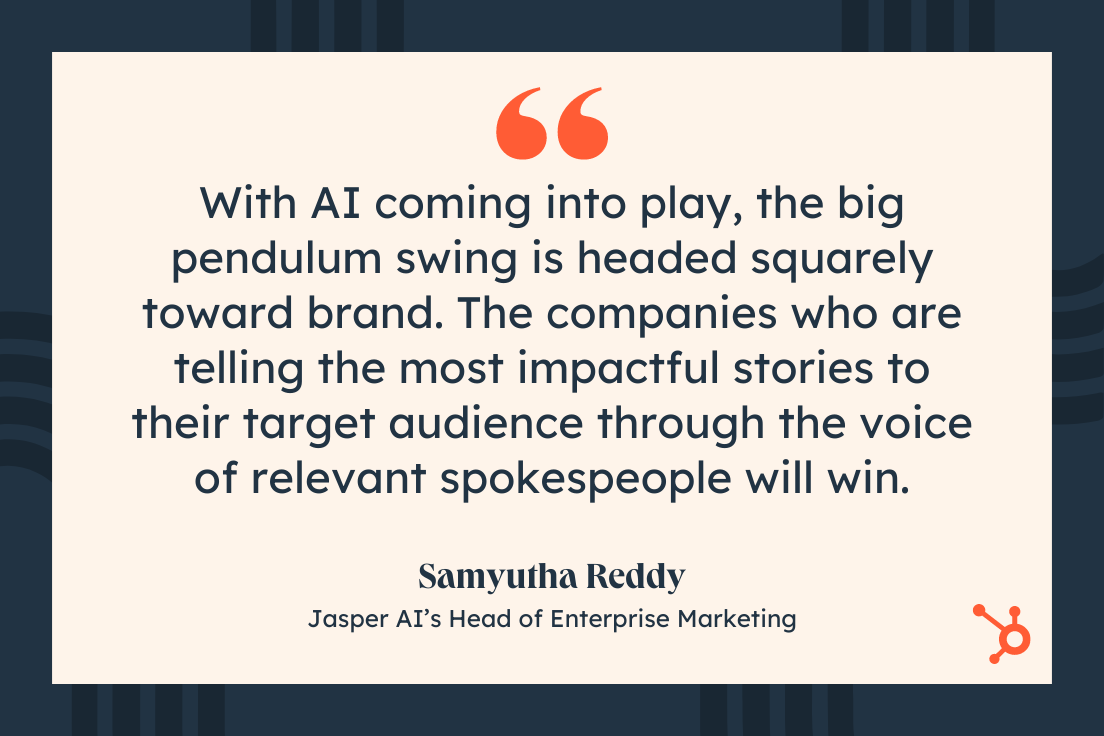
The concept of brand isn’t new in the B2C space — in fact, it largely drives it.
Consider Apple: At its core, it’s a technology company. But it excels because of its brand, which represents leadership, creativity, and innovation.
Now, Reddy believes B2B companies need to begin valuing brand in the same way as B2C.
“Ironically, I think brand marketing needs a rebrand. And we need to shift from brand marketing being a nice-to-have when there’s extra budget to brand building as an essential part of a growth strategy,” She told me.
Reddy continues, “Brand is inextricably linked with growth, and we’ve spent way too long in marketing splitting those two up. While they have different measurement tactics, they ultimately need to ladder up into the same revenue number and impact one another. The sharp focus on a company’s strategic narrative and the storytelling around its product roadmap is the key to connecting them. “
Reddy acknowledges that the shift to thinking about brand isn‘t an easy one. “Brand” can be difficult to measure, and it’s not easy to point to immediate ROI and say, “See that? That’s because of the effort we put into brand-related initiatives!”
In a year where marketers are focused on in-the-weeds, revenue-driving activities, it requires a philosophical shift to think big picture about how your brand is perceived.
But, as Reddy puts it: “If you don’t have a strong brand that’s represented in the minds of your prospects, whether or not they’re ready to buy, you open yourself up to too much risk. Especially with how unpredictable SEO is and will continue to be. Brands are losing out on critical traffic to long-held search terms overnight with the advent of Google’s SGE and the introduction of Google perspectives.”
She adds, “Without a strong brand and without the guarantee of traffic from a keyword search, if you’re not coming up first in search terms, you’ve lost that lead, and you’ve lost the potential from that interaction.”
Vulnerability is Central to A Brand’s Success
Reddy believes the future of storytelling lies in the hands of people — not brands.
“We’ve been preaching for a long time that people buy from people, they don’t buy from companies, but B2B has been slow to practice what we preach.”
She points to Dave Gerhardt as an example of a successful brand who’s story is being told through its founder. A previous VP of Marketing at Drift and CMO at Privy, he’s now founder and CEO of Exit Five, a media company focused on B2B marketers.
Reddy says that Gerhardt often “builds in public”, sharing his thoughts on the economics of his business and why he’s opting to create new offerings, just as much as he talks about his commentary on the industry.
In this way, his prospects feel like they know him personally and his vulnerability with them has built inherent trust that extends to the products he sells.
Reddy’s concern is that its a small segment of the Marketing-first CEOs, founders, or VC partners who are embracing this opportunity to tell stories about their brands via their personal profiles.
At Jasper, Reddy leverages specific spokespeople to tell stories based on their experience and relevancy to an audience, and it’s not a one-size-fits-all approach.
For example, she’ll have the CEO or President talk to reporters about the changing landscape in enterprise technology as it relates to AI and their take on the shift in marketing organizations.
She then looks to marketing leadership to tell a more in-depth story about how marketing structures are changing, and the emotions marketers are experiencing with the shifts that have accompanied AI.
Finally, she turns to Jasper customers to tell their story on how they champion AI within their organizations, the pilot programs they’ve built, and how taking initiative around AI has impacted their careers.
As she puts it, “Rather than having the Jasper branded handle talk about these issues — which dulls the impact when it comes from a generic talking head — you want these stories to come from people who are putting their careers and reputation on the line to tell you their perspectives.”
While Reddy is bullish on executives telling the company story through their own voices, it’s also the part of Marketing and Communications that proves to be the toughest in some scenarios.
In fact — it’s the paradox she’s struggling with most right now.
“I feel like I can spot an executive who has a social media person or agency create their content in a second. And that one interaction of knowing that executive didn’t draft his or her own content makes me lose trust immediately.”
She adds, “Vulnerability is critical to brand success. The toughest part is getting executives to offer up their own vulnerability as part of that brand. You can’t protect yourself from all risk, all of the time. And that’s an important balance to maintain as a Communications leader. The brands that protect themselves and the executives that are risk-averse and don’t want to say anything for the risk of saying the wrong thing, are the brands that are disappearing into the abyss and should be the most nervous about the changes AI is bringing to the marketing landscape.”
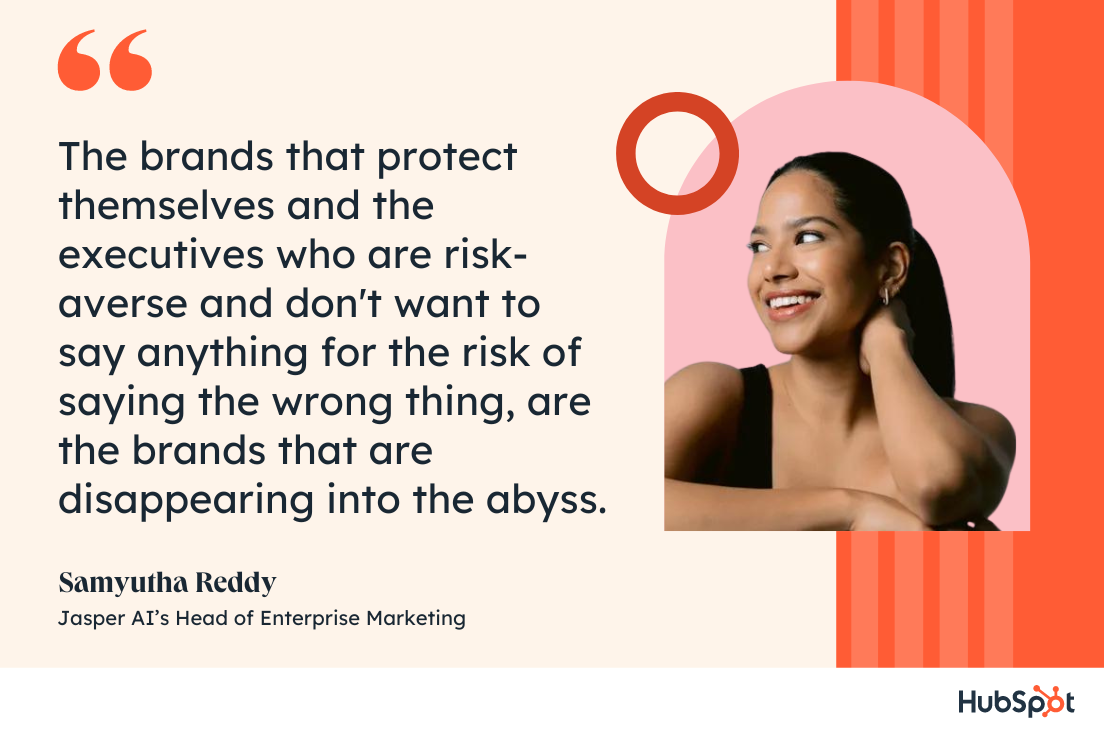
At HubSpot, we’ve figured this out on our own social channels. After our social team shifted to a personality-driven approach over a corporate approach, they saw astronomical returns.
Because people want to hear from other people: Even when those people (especially when those people) don’t have the perfect answers.
As Reddy puts it, “A lot of CEOs believe storytelling isn’t a core part of their job, especially when it comes to doing that publicly on social media. But the company strategy is the company story, and many CEOs don’t see how integral it is to connect those dots and tell that story internally and externally. It’s why a strong marketing and communications leader is so important to an organization, and why their relationship with the CEO is critical to the brand’s success.”
Marketing Isn’t Doomsday — It’s a Time of More Opportunity Than Ever
Finally, I asked Reddy if she ever feels concerned over all these mixed messages.
Should marketers fear for their roles? Should they believe that the future of marketing lies in AI and YouTube and influencers, and that soon, there will be no place left for them?
She acknowledges that many marketers are scared and frustrated right now with the state of marketing, as well as the macro employment market. However, she chooses to reframe this fear into opportunity for her fellow marketers.
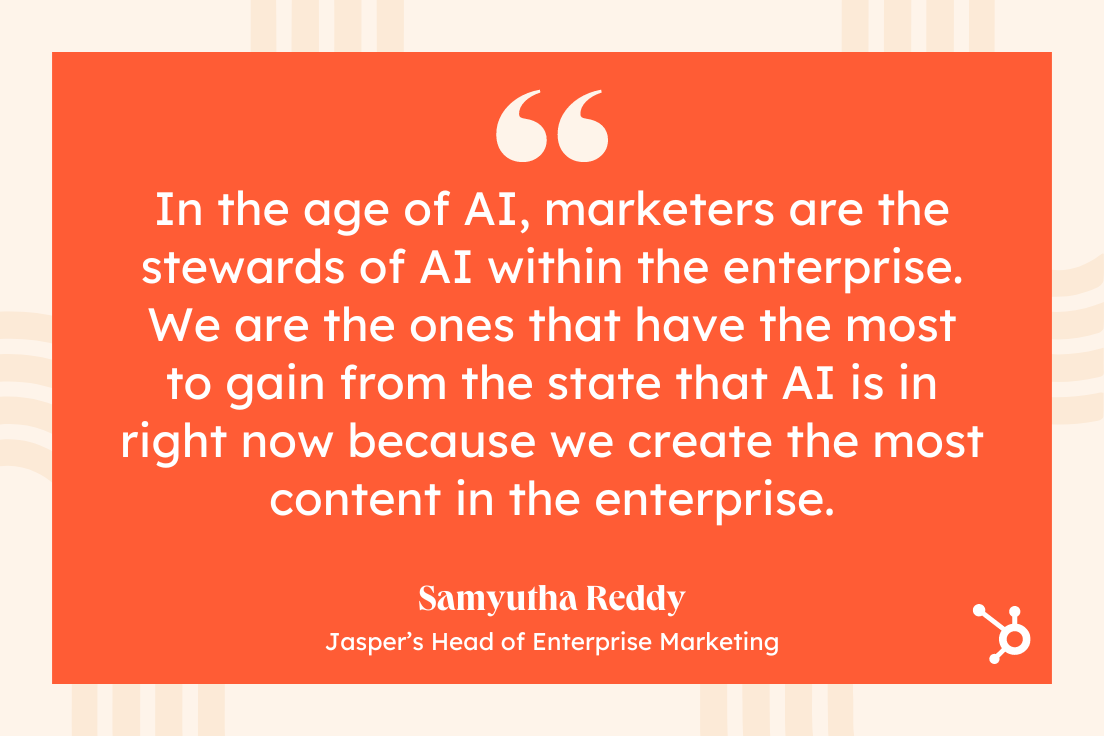
“In the age of AI, marketers are the stewards of AI within the enterprise. We are the ones that have the most to gain from the state that AI is in right now because we create the most content in the enterprise. We get to experiment with tools and advise our organizations on technology and AI decisions in a way that our department never has before. “
She adds, “So, in that way, I don’t see marketing right now as this ‘doomsday’. It’s a tough time to be here, but there’s also more opportunity than ever before. I mean, we’re seeing CMOs being invited to the table in a way we’ve never seen before, with CTOs saying, ‘How are you thinking about AI? Your team has experimented the most with AI. Advise me on technology decisions.'”
“I’m also seeing mid-career marketers elevate their careers tenfold by leading the charge on forming things like AI Councils that govern usage of AI within their organizations and reach visibility with executive leadership teams in a really impactful way.”
“Marketers aren’t the side story right now,” She concludes. “Marketers are the main characters.”

![]()
If Hubspot is of interest and you'd like more information, please do make contact or take a look in more detail here.
Credit: Original article published here.

![Download Now: 150+ Content Creation Templates [Free Kit]](https://softwarestack.tech/wp-content/uploads/2024/03/5478fa12-4cc3-4140-ba96-bc103eeb873e.png)
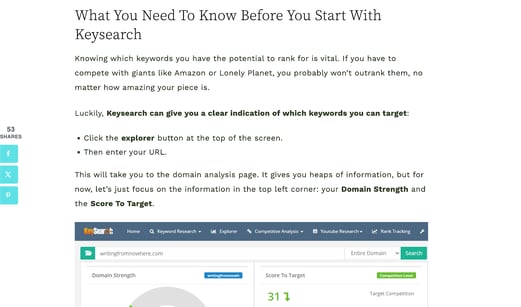
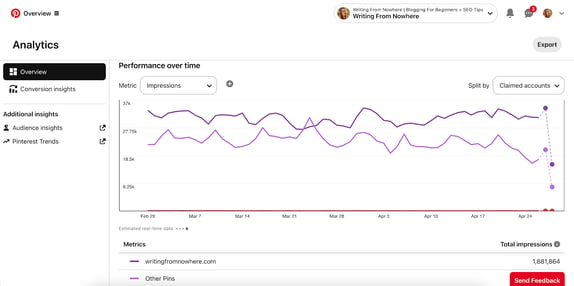
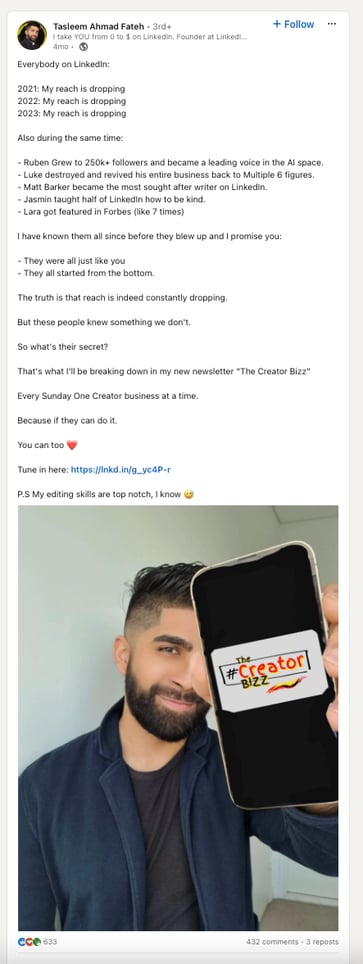
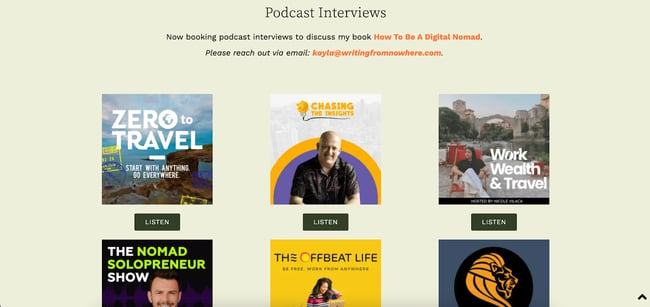

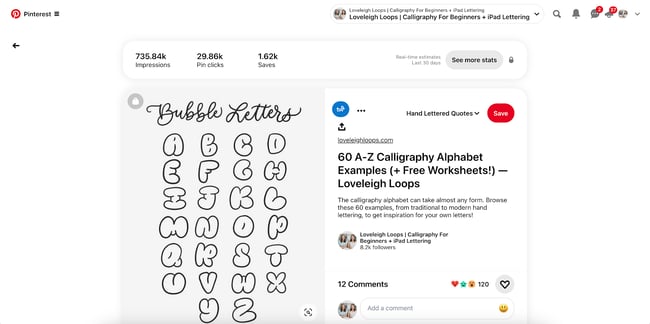
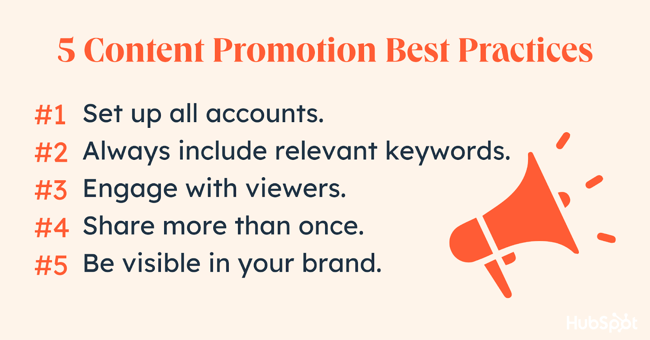
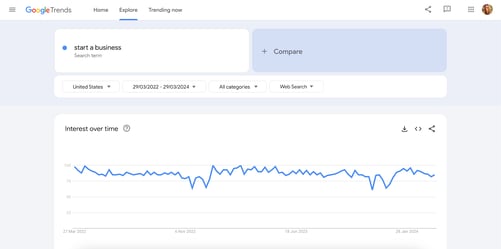

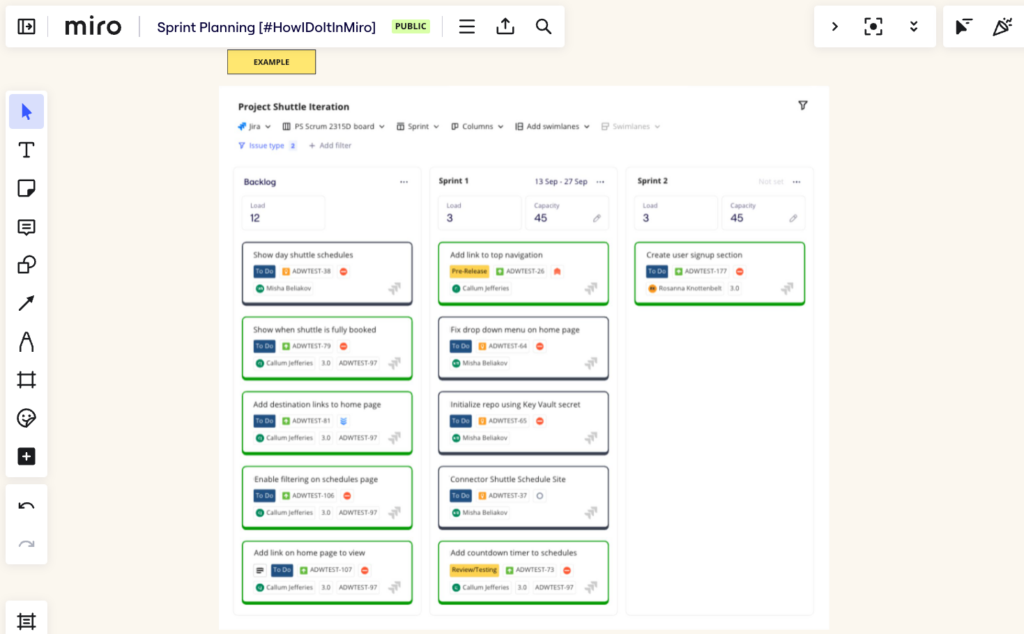


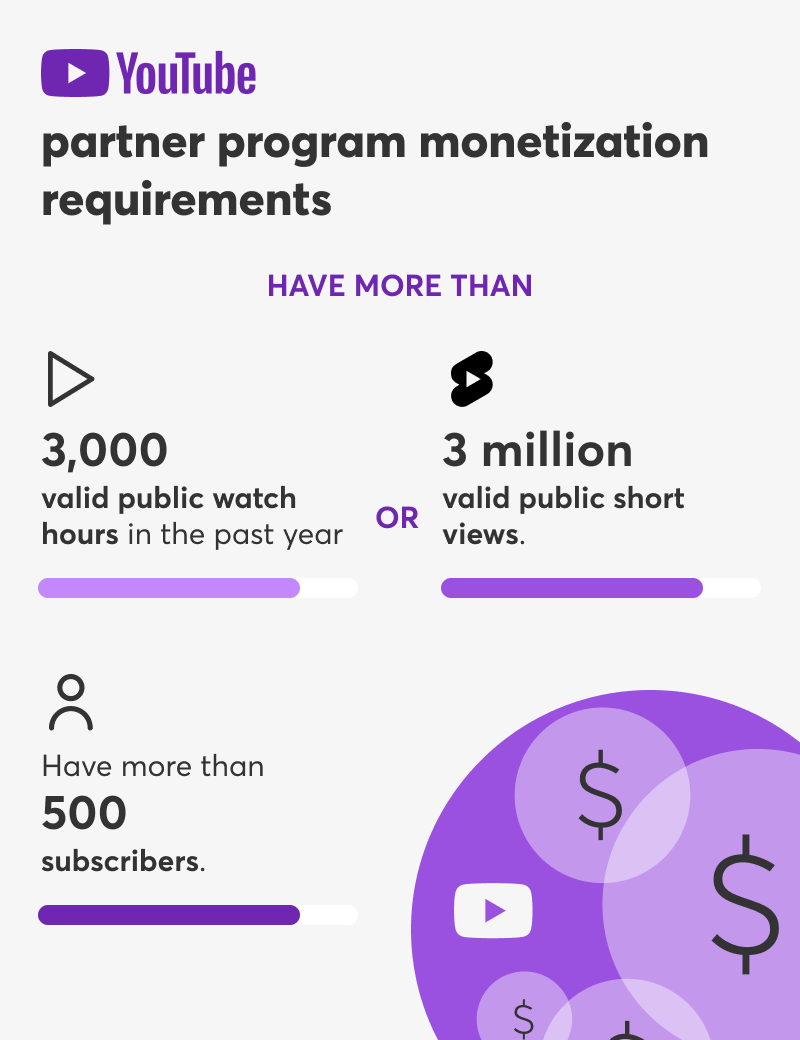
 Remember! The key to increasing your YouTube fanbase and getting views is to create entertaining video content that provides real value.
Remember! The key to increasing your YouTube fanbase and getting views is to create entertaining video content that provides real value. A green ‘$’ sign next to the videos in your Video Manager indicates that you are ready to start earning money on the side.
A green ‘$’ sign next to the videos in your Video Manager indicates that you are ready to start earning money on the side.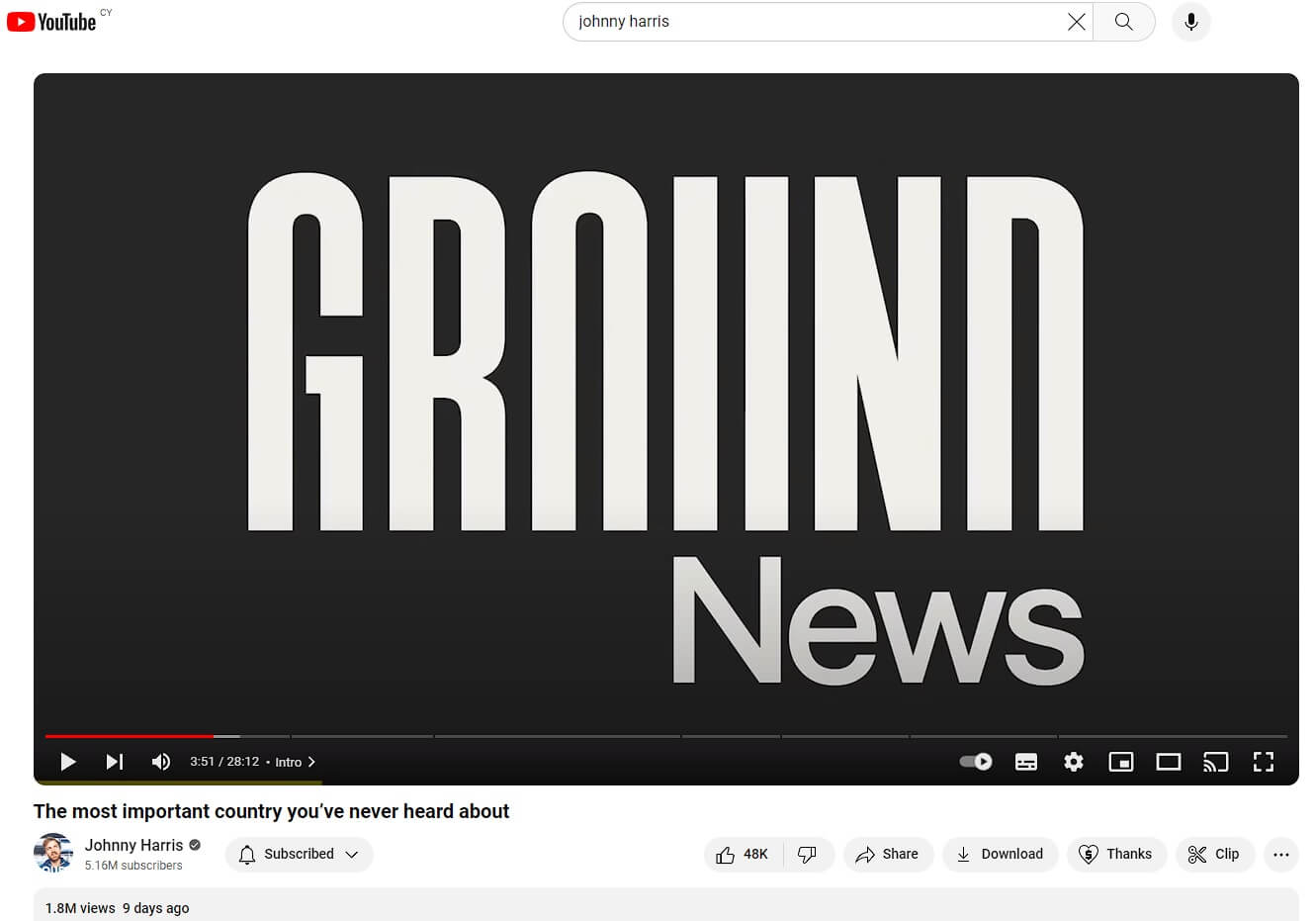
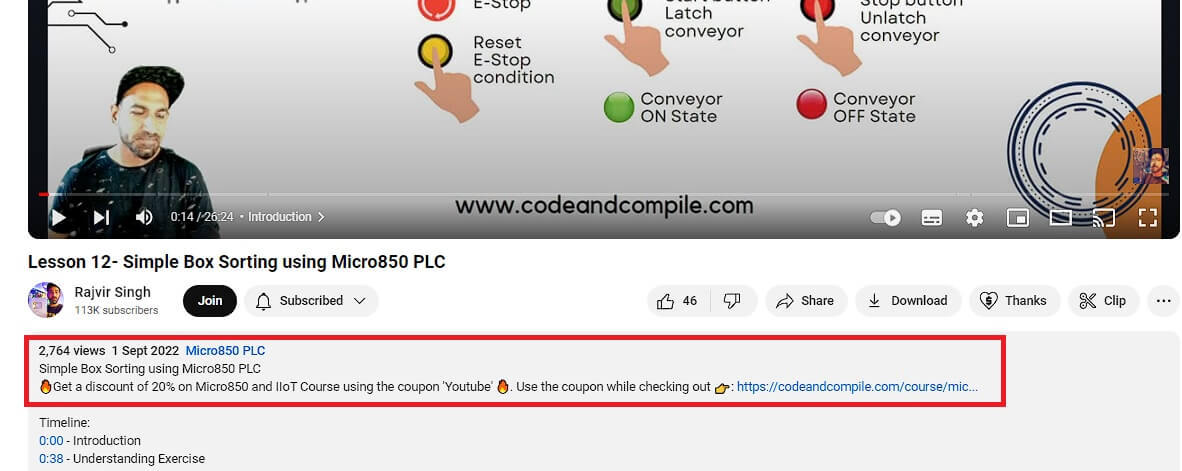
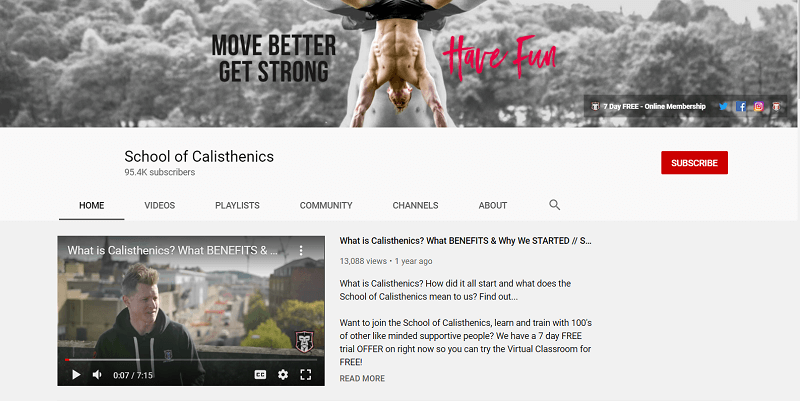


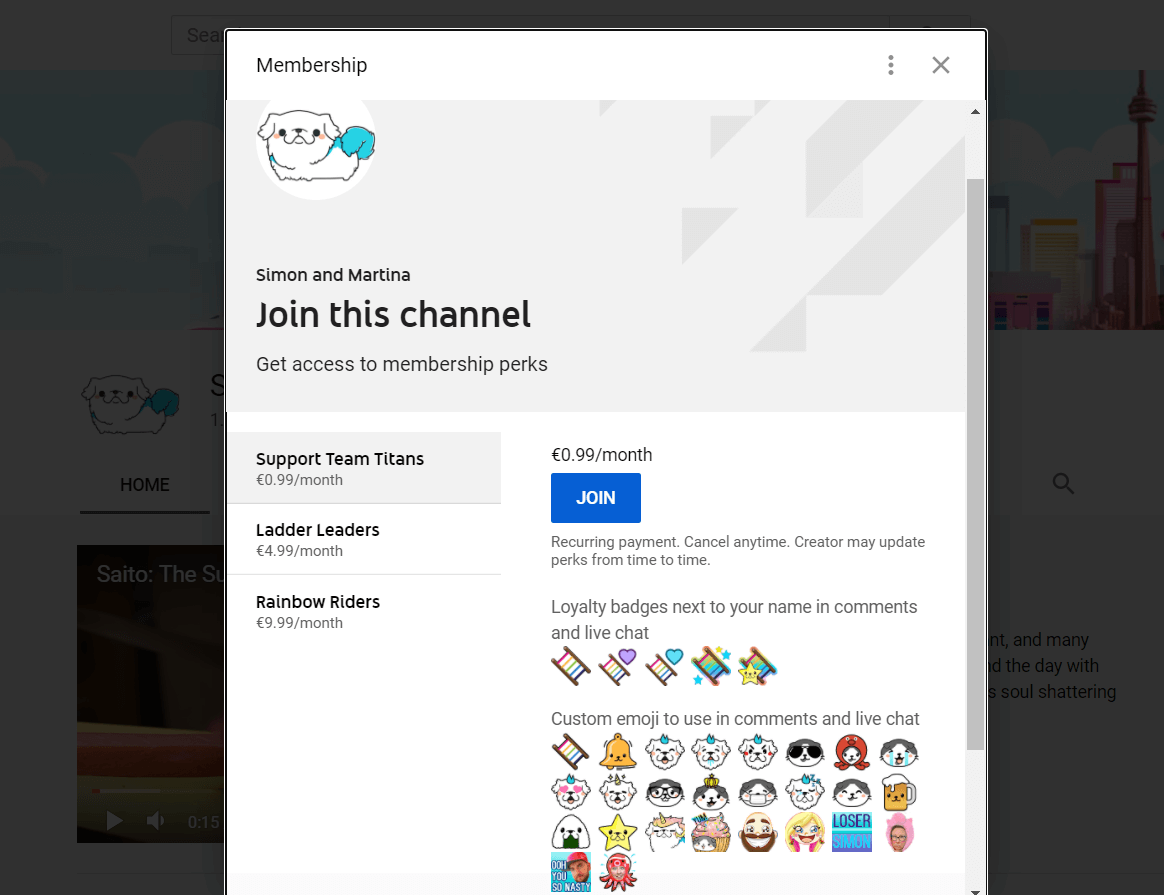
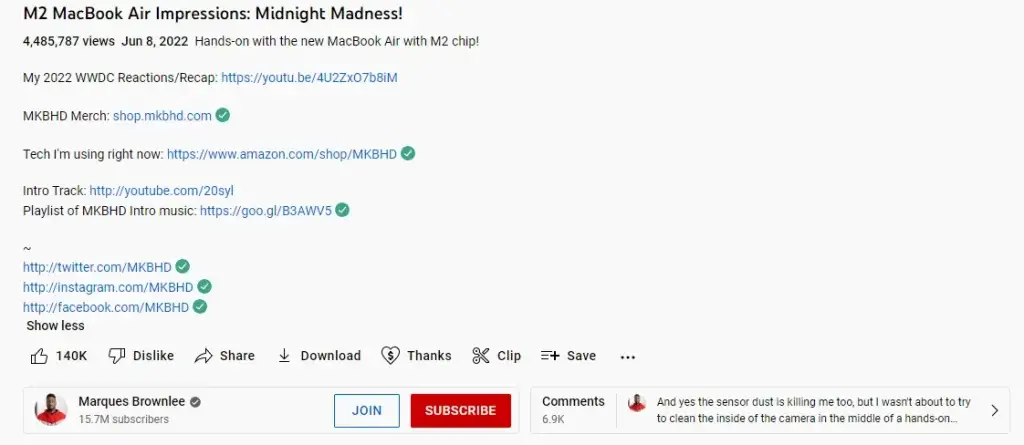


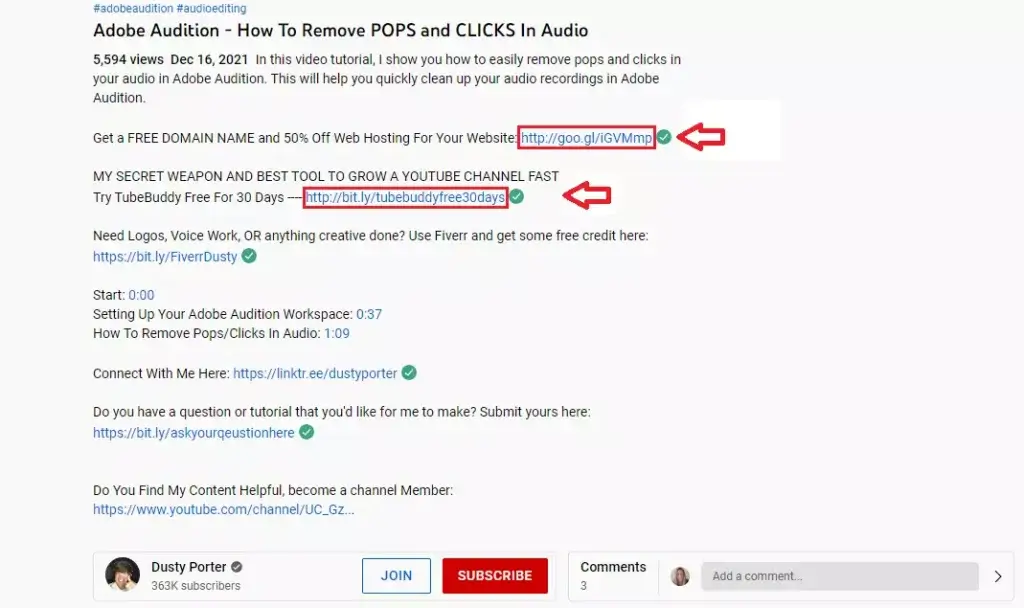






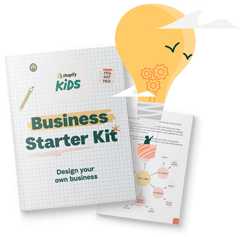 We’ve created a free 44-page activity book of engaging activities and exercises designed to lead children between the ages of 9-12 through the journey of imagining and developing a business idea.
We’ve created a free 44-page activity book of engaging activities and exercises designed to lead children between the ages of 9-12 through the journey of imagining and developing a business idea.





 To get started selling sex toys, hone in on a specific niche or product that you want to sell. What corner of the sex toy market will you conquer? Maybe you’ll even carve out your own. Whatever you decide, do your research, says Kristin Fretz, co-founder of Emojibator. “Identify a strong product-market fit before investing capital and resources into an idea.” Consider ideas within the following buckets:
To get started selling sex toys, hone in on a specific niche or product that you want to sell. What corner of the sex toy market will you conquer? Maybe you’ll even carve out your own. Whatever you decide, do your research, says Kristin Fretz, co-founder of Emojibator. “Identify a strong product-market fit before investing capital and resources into an idea.” Consider ideas within the following buckets:






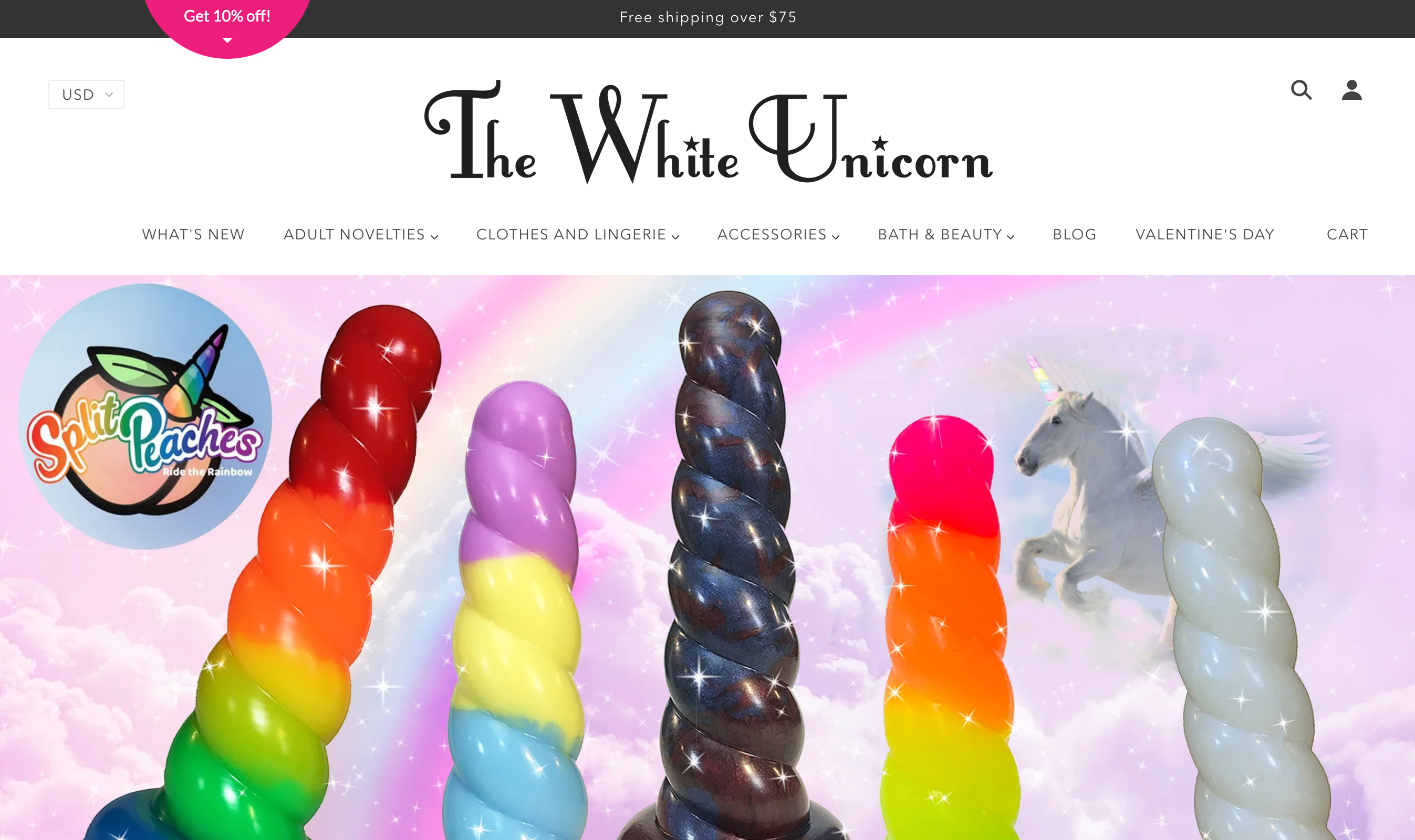
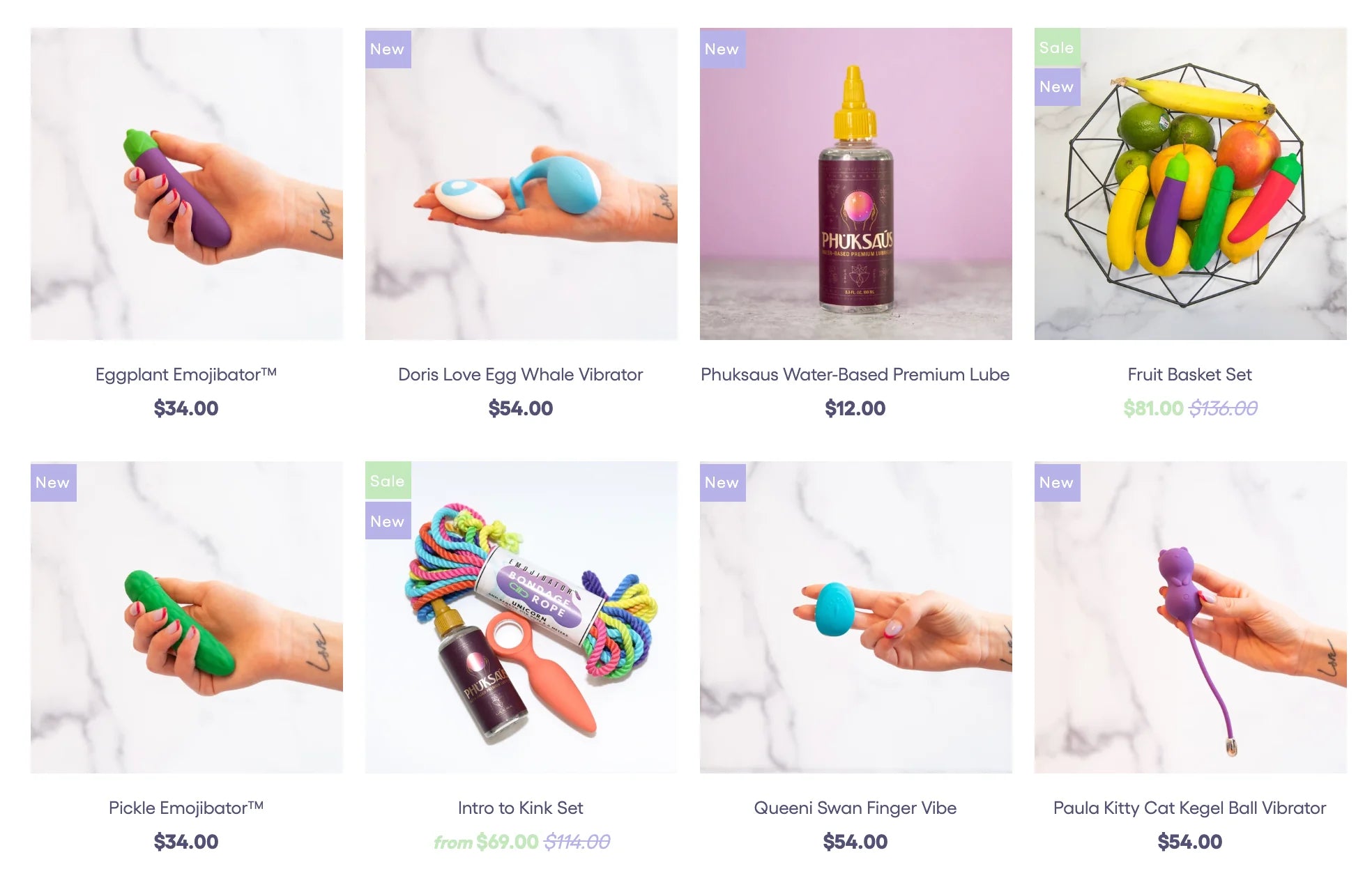
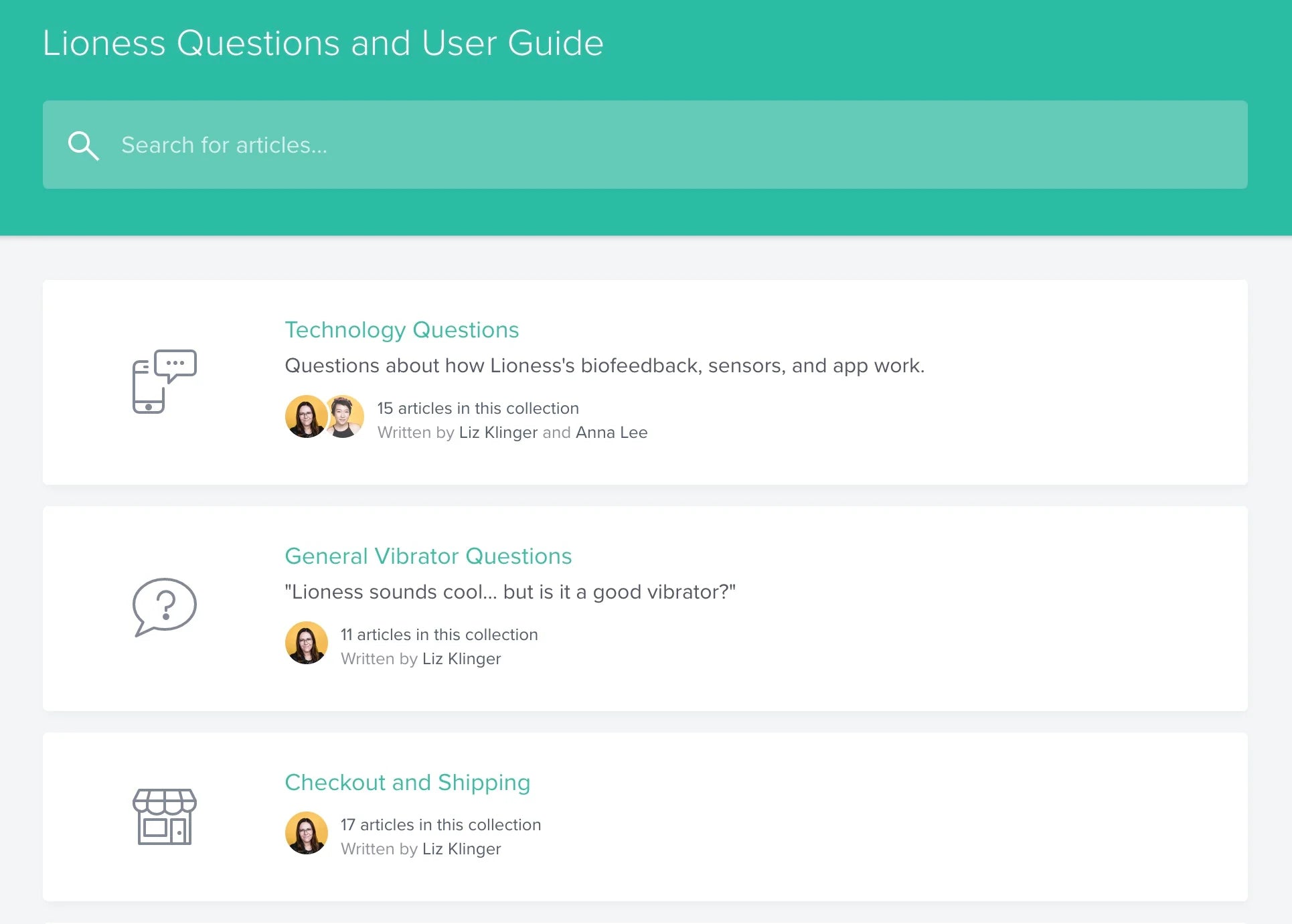
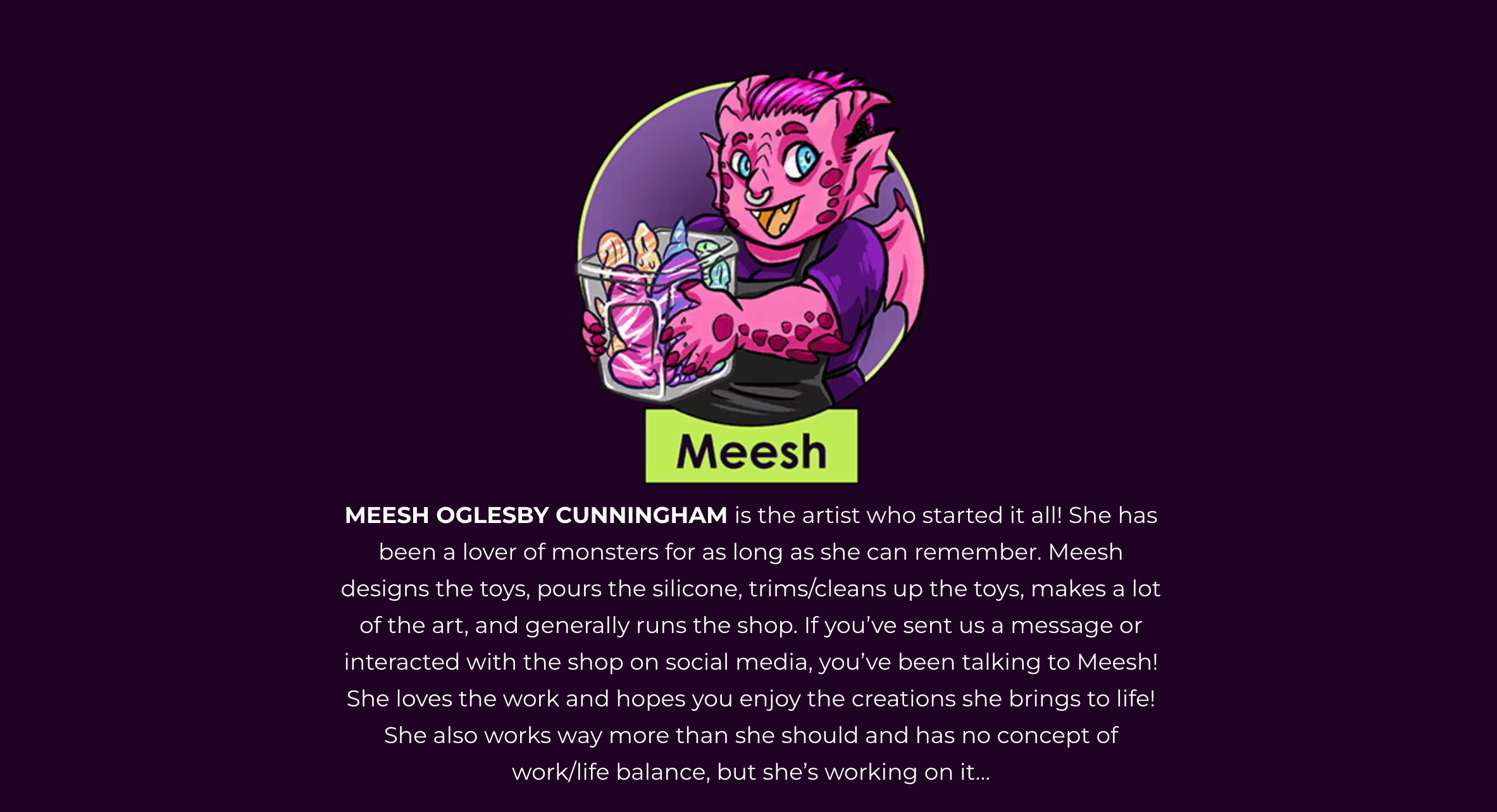

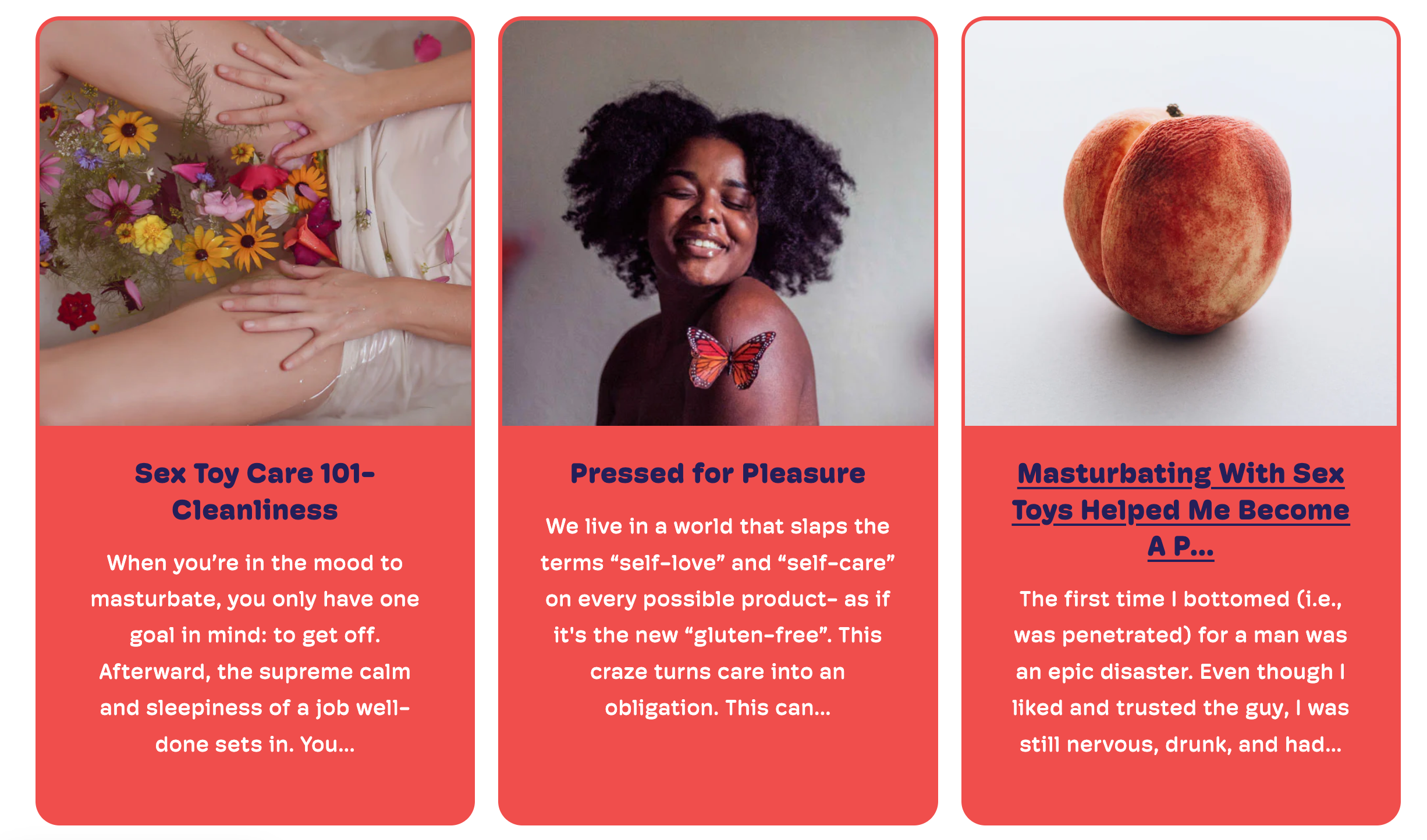

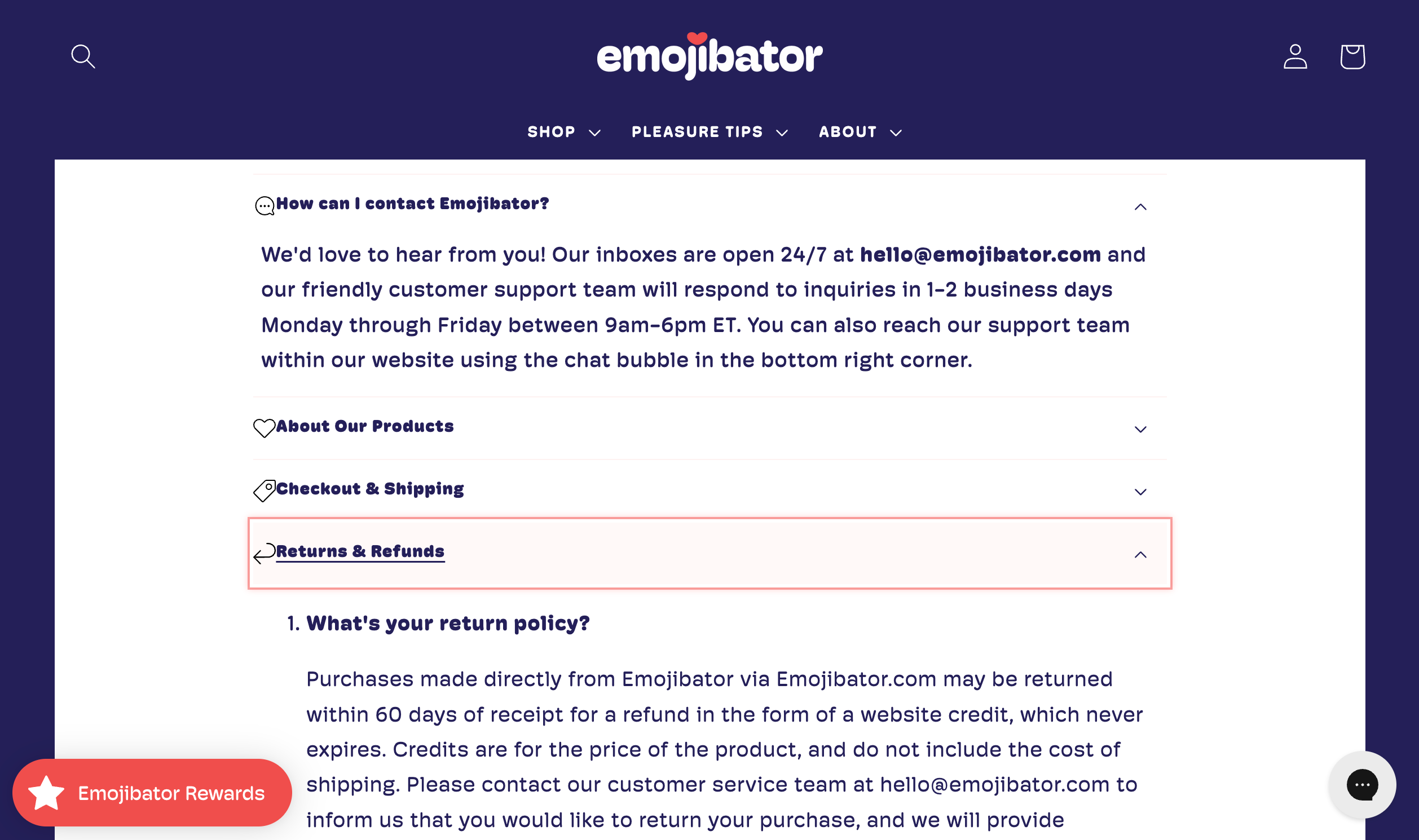
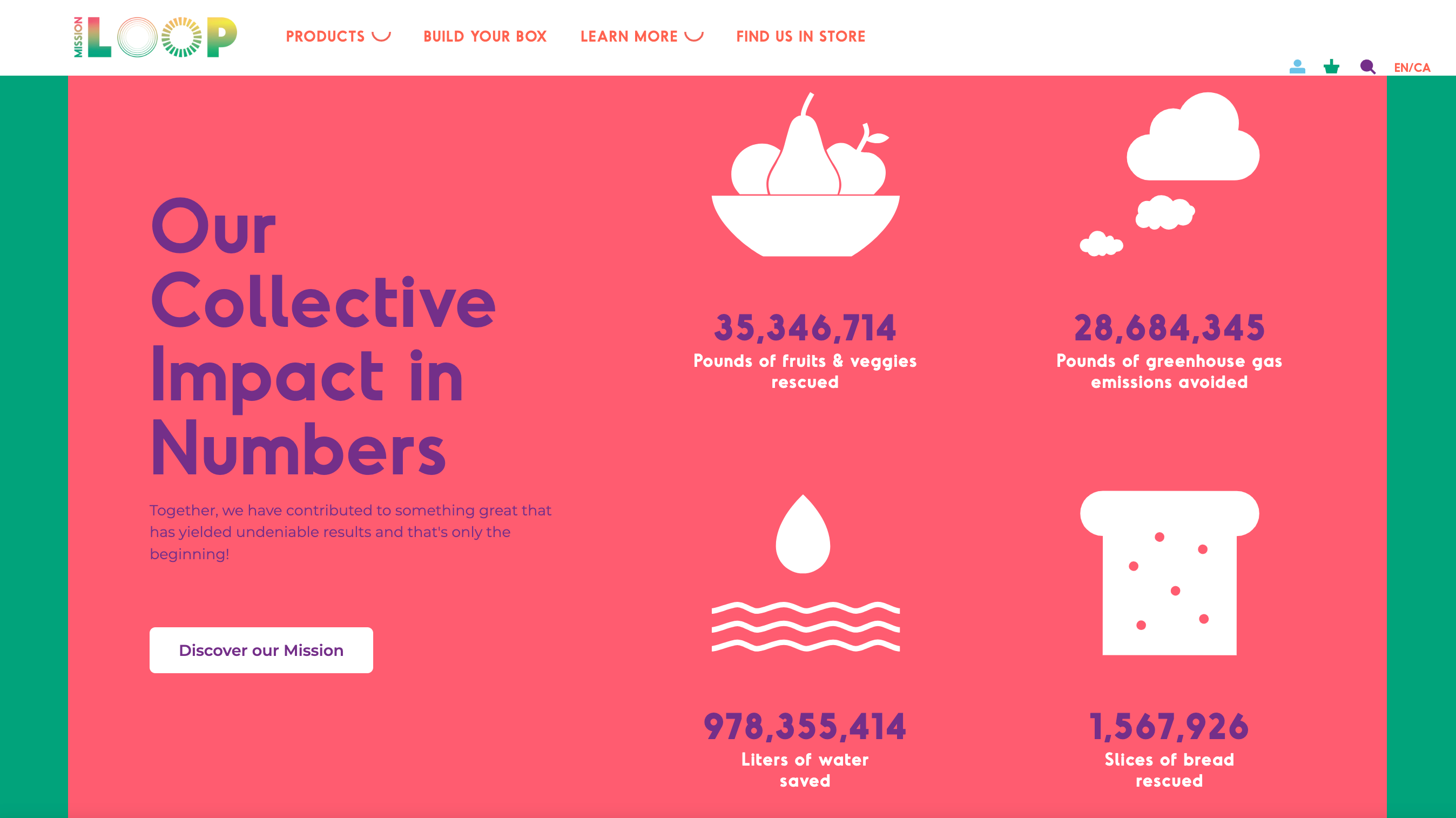


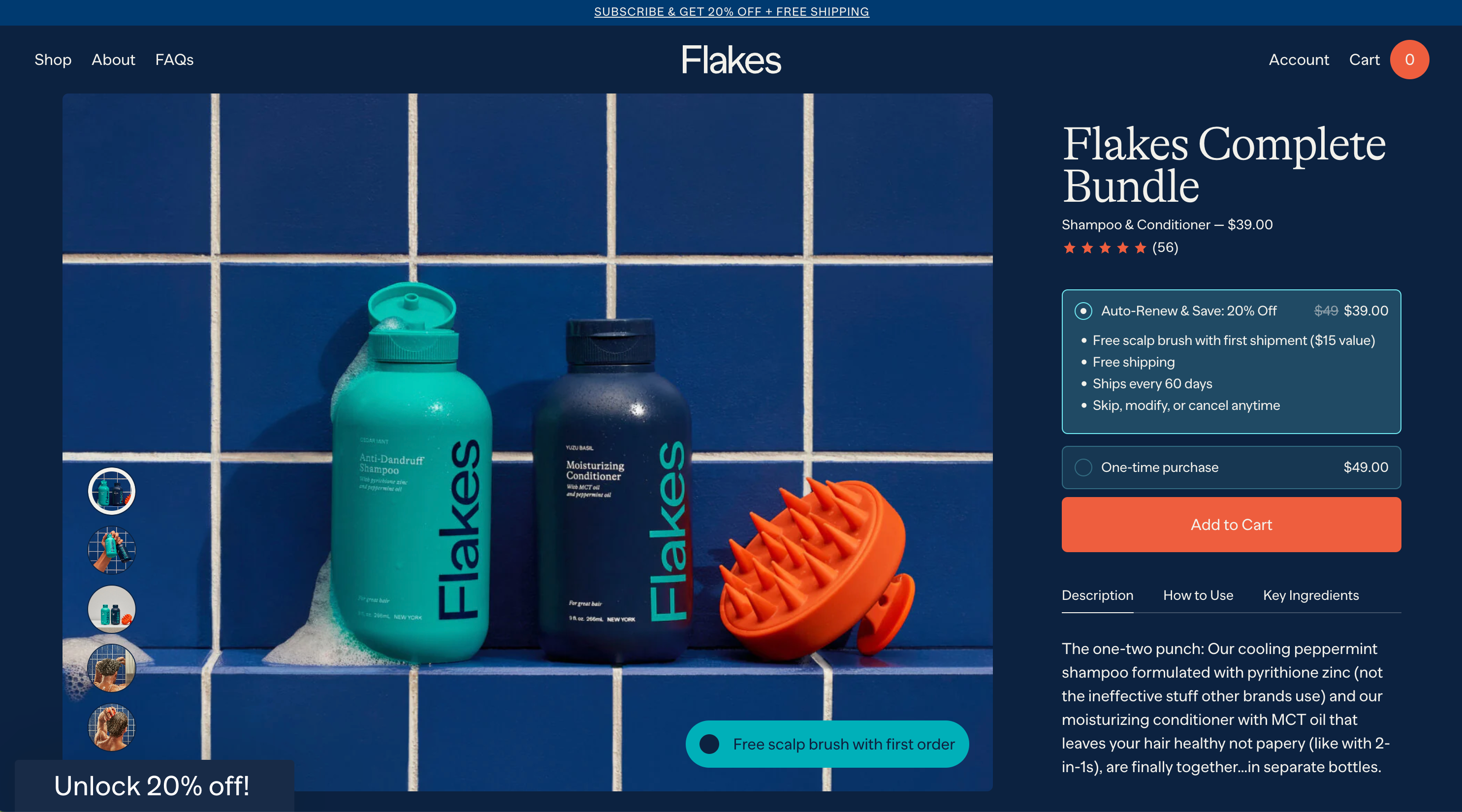
 Having clear brand guidelines are critical for keeping your brand consistent, no matter where you show up or who is creating content or assets.
Having clear brand guidelines are critical for keeping your brand consistent, no matter where you show up or who is creating content or assets. 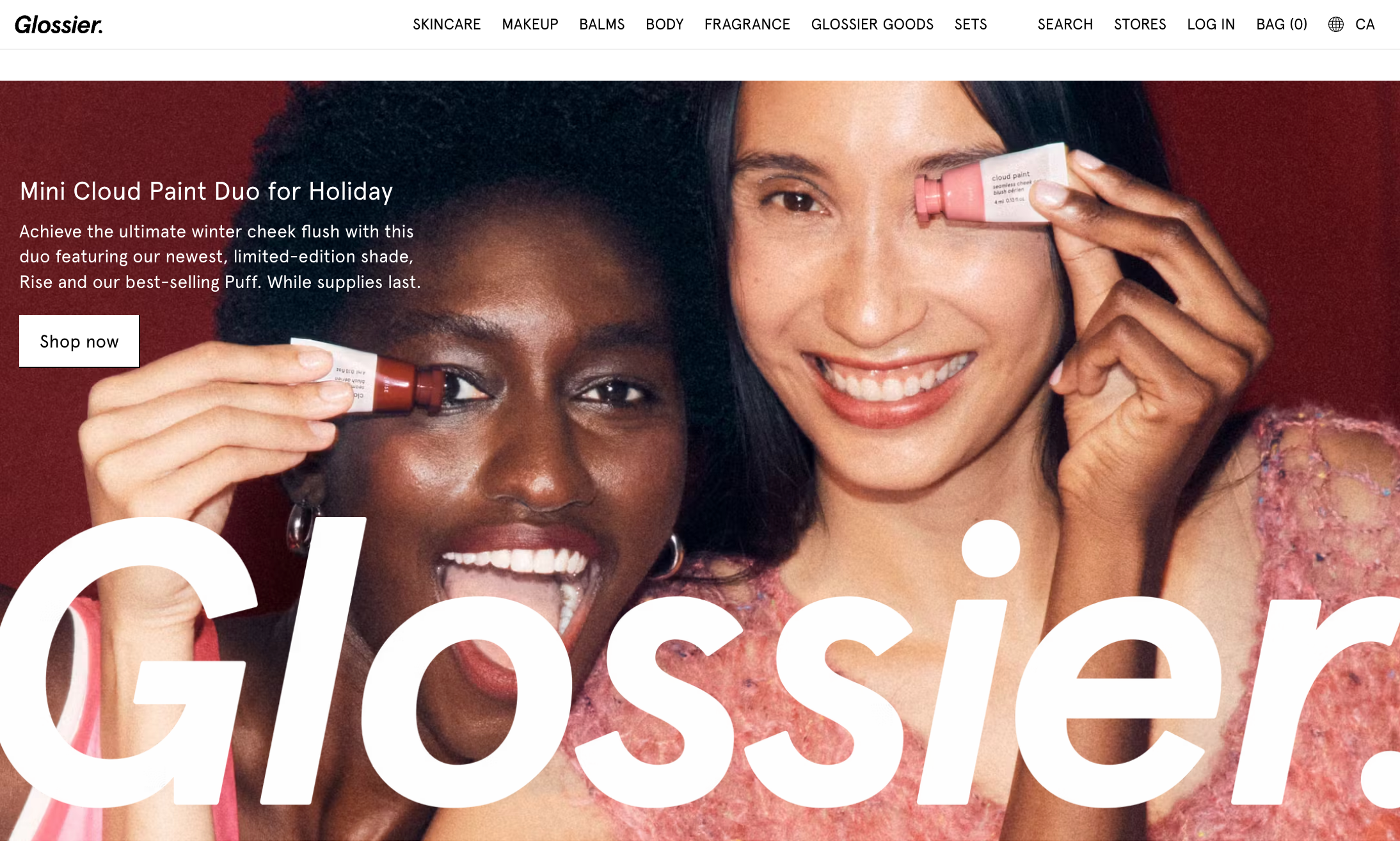 Glossier became a quick cult favorite after popular beauty publication Into the Gloss transformed into a full-fledged beauty brand. The early equity built by the content helped Glossier launch with a head start. But the company is unbeatable in terms of branding, quickly becoming a household name in an industry once dominated by a few legacy brands. It’s become so popular with social media creators that it’s often memed.
Glossier became a quick cult favorite after popular beauty publication Into the Gloss transformed into a full-fledged beauty brand. The early equity built by the content helped Glossier launch with a head start. But the company is unbeatable in terms of branding, quickly becoming a household name in an industry once dominated by a few legacy brands. It’s become so popular with social media creators that it’s often memed.  Everywhere you turn, Momofuku ads are popping up in your feed or getting praise from your favorite food influencers. Momofuku not only had to build a brand, it also had to build a market for an elevated take on a college dorm favorite: instant noodles. The brand’s fresh design and modern photography go a long way to achieving the brand’s goals of reaching new audiences for
Everywhere you turn, Momofuku ads are popping up in your feed or getting praise from your favorite food influencers. Momofuku not only had to build a brand, it also had to build a market for an elevated take on a college dorm favorite: instant noodles. The brand’s fresh design and modern photography go a long way to achieving the brand’s goals of reaching new audiences for 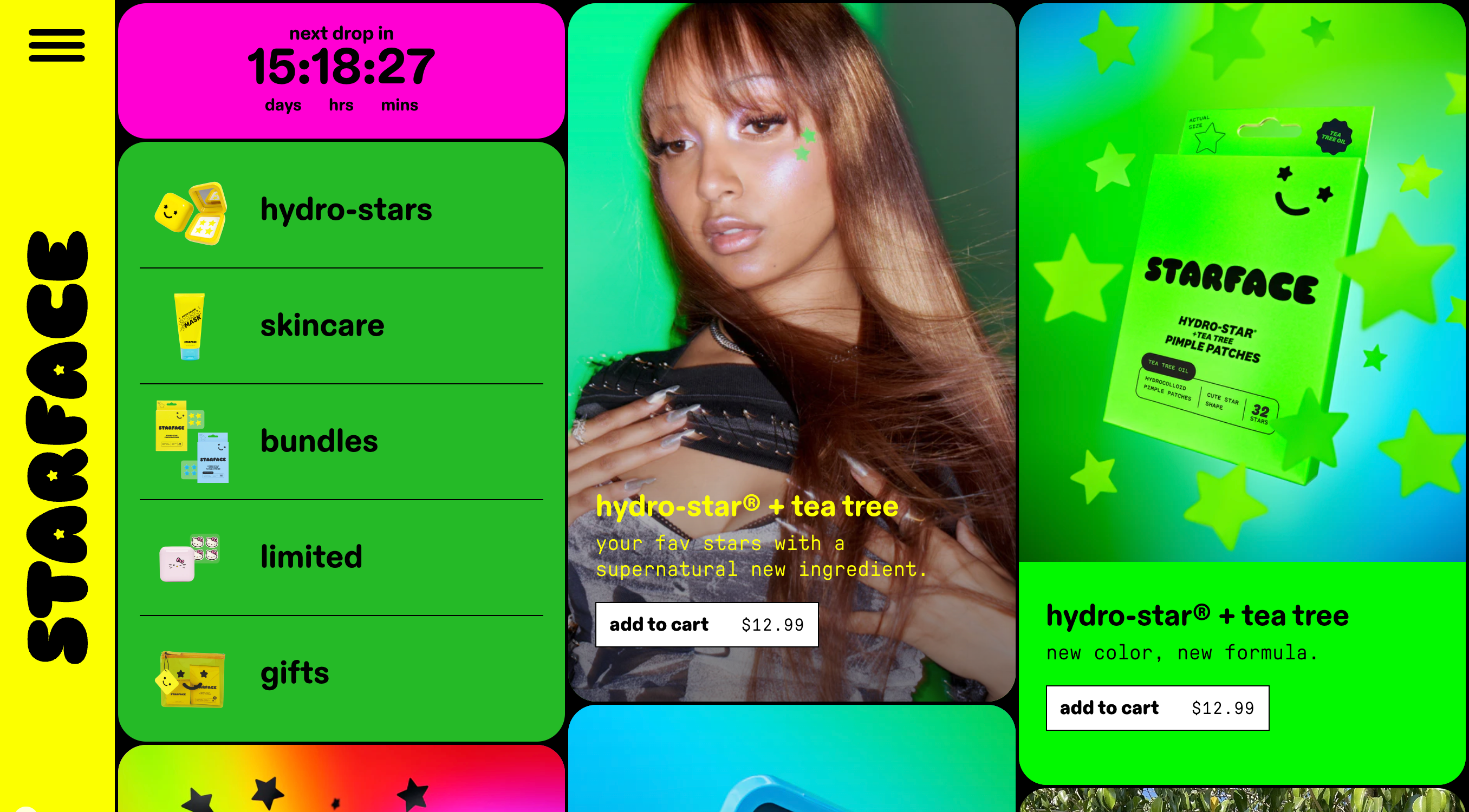 Starface’s unique branding challenge was reshaping consumer attitudes around managing skin conditions like acne. While brands before it aimed to conceal, Starface’s brand is built on highlighting “imperfections” with its fashion acne patches. The brand’s colors, tone, and design of its online store and content all speak to its young, bold target audience.
Starface’s unique branding challenge was reshaping consumer attitudes around managing skin conditions like acne. While brands before it aimed to conceal, Starface’s brand is built on highlighting “imperfections” with its fashion acne patches. The brand’s colors, tone, and design of its online store and content all speak to its young, bold target audience.  Print on demand (POD) allows artists and creators to customize white label products with their own designs without the need to hold inventory. When a customer places an order, a print-on-demand company will print your design on a product, fulfill the order, and ship it to the customer.
Print on demand (POD) allows artists and creators to customize white label products with their own designs without the need to hold inventory. When a customer places an order, a print-on-demand company will print your design on a product, fulfill the order, and ship it to the customer.  While many businesses use blogs to help drive traffic to their products, did you know that you can make money online with a blog alone? You can monetize a blog in a number of ways, including generating advertising revenue, using affiliate links, writing sponsored posts in partnership with a brand, or selling merch or custom products to an audience.
While many businesses use blogs to help drive traffic to their products, did you know that you can make money online with a blog alone? You can monetize a blog in a number of ways, including generating advertising revenue, using affiliate links, writing sponsored posts in partnership with a brand, or selling merch or custom products to an audience. Selling digital products is a great way to earn cash with low ongoing effort and cost. These products include guides, ebooks, templates, music samples, plans, printables, and tutorials that can be delivered digitally, in formats like PDF or via log-in access to a portal. This is a great option for creatives looking to make money online by selling music or selling art.
Selling digital products is a great way to earn cash with low ongoing effort and cost. These products include guides, ebooks, templates, music samples, plans, printables, and tutorials that can be delivered digitally, in formats like PDF or via log-in access to a portal. This is a great option for creatives looking to make money online by selling music or selling art.  Reselling existing products is one of the easiest online money making ideas, and it can take many forms. Whether you buy and resell vintage or collectible items or become a certified distributor of a brand in a specific region, you can start selling products without making any of your own.
Reselling existing products is one of the easiest online money making ideas, and it can take many forms. Whether you buy and resell vintage or collectible items or become a certified distributor of a brand in a specific region, you can start selling products without making any of your own.  Affiliate marketing involves sharing affiliate links that you receive from brands to promote their products on your site or social accounts to earn money online. When someone buys the product after clicking your affiliate link, you’ll receive credit for the referral, along with a commission. A solid content marketing strategy around your affiliate links will help you drive visits, clicks, and buys.
Affiliate marketing involves sharing affiliate links that you receive from brands to promote their products on your site or social accounts to earn money online. When someone buys the product after clicking your affiliate link, you’ll receive credit for the referral, along with a commission. A solid content marketing strategy around your affiliate links will help you drive visits, clicks, and buys. Influencer marketing is popular with brands looking for clout with audiences that resemble their target customer. Brands are clamoring to sponsor content by productivity and stationery creator Amanda Rach Lee. But you don’t need to have Amanda’s two million followers to make money online as an influencer.
Influencer marketing is popular with brands looking for clout with audiences that resemble their target customer. Brands are clamoring to sponsor content by productivity and stationery creator Amanda Rach Lee. But you don’t need to have Amanda’s two million followers to make money online as an influencer.  Side gigs are the classic way to earn money while keeping a full-time job. Side gigs that help you earn money online include data entry, transcribing, manual labor, virtual assistant work, or administrative tasks. Use platforms like Fiverr or TaskRabbit to create side gigs. You can also consider food delivery or driving as a side gig, making money through apps like Uber.
Side gigs are the classic way to earn money while keeping a full-time job. Side gigs that help you earn money online include data entry, transcribing, manual labor, virtual assistant work, or administrative tasks. Use platforms like Fiverr or TaskRabbit to create side gigs. You can also consider food delivery or driving as a side gig, making money through apps like Uber. Whether you’re shooting on the newest iPhone or the latest Canon DSLR, you can sell photos online as a photographer. One of the best money making ideas for creatives, selling photos in your spare time is also easy to start if you already have a body of work.
Whether you’re shooting on the newest iPhone or the latest Canon DSLR, you can sell photos online as a photographer. One of the best money making ideas for creatives, selling photos in your spare time is also easy to start if you already have a body of work. Making products by hand is a great way to turn a hobby or passion into a business. You are already an expert at your craft—why not sell your work? Or, explore a new hobby and learn a hands-on skill that you can monetize.
Making products by hand is a great way to turn a hobby or passion into a business. You are already an expert at your craft—why not sell your work? Or, explore a new hobby and learn a hands-on skill that you can monetize.  In the same way that you can monetize your expertise with an online course or your influence as a YouTuber, you can also earn cash selling books or ebooks online. There are a number of formats and genres, from novels to memoirs to self-help books.
In the same way that you can monetize your expertise with an online course or your influence as a YouTuber, you can also earn cash selling books or ebooks online. There are a number of formats and genres, from novels to memoirs to self-help books.  Dropshipping is a low-cost business model where products are shipped to customers directly from the vendor or manufacturer. This is a popular way to make money online for beginners as, as the seller, there is no need to handle inventory or shipping—you’re simply responsible for driving traffic and customer service.
Dropshipping is a low-cost business model where products are shipped to customers directly from the vendor or manufacturer. This is a popular way to make money online for beginners as, as the seller, there is no need to handle inventory or shipping—you’re simply responsible for driving traffic and customer service. While it may be most common to think of selling physical products online, you can also sell non-tangible things. Consider selling a virtual service like online personal shopping, home décor consulting, or one-to-one personal training. Set up your own ecommerce store and visit the Shopify App Store to find an app that integrates to help with appointment booking and live chat.
While it may be most common to think of selling physical products online, you can also sell non-tangible things. Consider selling a virtual service like online personal shopping, home décor consulting, or one-to-one personal training. Set up your own ecommerce store and visit the Shopify App Store to find an app that integrates to help with appointment booking and live chat. Online workshops and courses are another form of digital product that you can create to earn income from your expertise. This is a great idea if you are a subject matter expert on a topic people are willing to learn. Selling courses online is made easier using a course platform or your own website. A digital delivery or course app can be installed in your Shopify store to help sell courses online.
Online workshops and courses are another form of digital product that you can create to earn income from your expertise. This is a great idea if you are a subject matter expert on a topic people are willing to learn. Selling courses online is made easier using a course platform or your own website. A digital delivery or course app can be installed in your Shopify store to help sell courses online.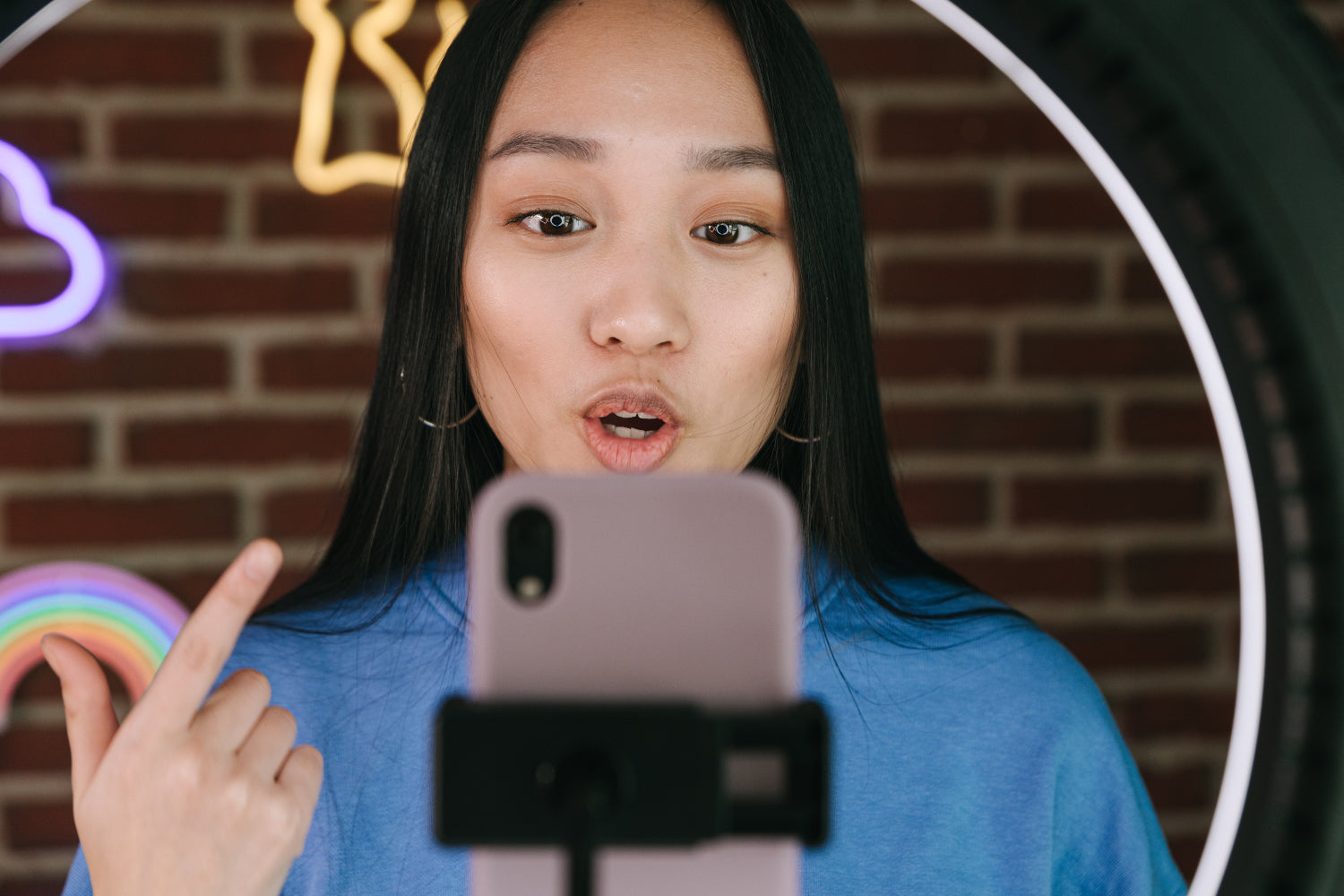 Top YouTube influencers like Cassey Ho, Wil Yeung, and Katie Carson all started where you are: with an idea. Each of these YouTubers built audiences through authentic content before monetizing their channels.
Top YouTube influencers like Cassey Ho, Wil Yeung, and Katie Carson all started where you are: with an idea. Each of these YouTubers built audiences through authentic content before monetizing their channels.  While the first platform that comes to mind for livestreaming may be Twitch, a popular site for gamers and other content creators, many other platforms now offer native livestreaming, including YouTube and Instagram. You can livestream everything from game play to recipe demos to bike tours. Hone in on a niche to build an audience around a particular interest or skill.
While the first platform that comes to mind for livestreaming may be Twitch, a popular site for gamers and other content creators, many other platforms now offer native livestreaming, including YouTube and Instagram. You can livestream everything from game play to recipe demos to bike tours. Hone in on a niche to build an audience around a particular interest or skill. Are you Extremely Online? Do you jump on every new social media platform? Have a knack for spotting trends, writing great copy, or attracting audiences?
Are you Extremely Online? Do you jump on every new social media platform? Have a knack for spotting trends, writing great copy, or attracting audiences?  By the end of 2024, the number of podcast listeners worldwide is predicted to grow to more than 500 million. This popular audio format for consuming stories, comedy, news, and opinions continues to grow. If you have a great voice, love to talk, and have a particular interest or talent to share, podcasting could be a great way to make more money.
By the end of 2024, the number of podcast listeners worldwide is predicted to grow to more than 500 million. This popular audio format for consuming stories, comedy, news, and opinions continues to grow. If you have a great voice, love to talk, and have a particular interest or talent to share, podcasting could be a great way to make more money. Online marketplaces are often launch points for many now-successful brands, because they come with built-in audiences seeking specific products. For example, Etsy is a go-to source for buyers looking for handmade and vintage items, while Amazon is a global destination for product discovery and research.
Online marketplaces are often launch points for many now-successful brands, because they come with built-in audiences seeking specific products. For example, Etsy is a go-to source for buyers looking for handmade and vintage items, while Amazon is a global destination for product discovery and research. When you think of most direct-to-consumer brands, this is what comes to mind: original products that make meaningful improvements to well-known items. You too can develop and manufacture a unique product to sell—and make money online in the process. Consider designing a prototype for a product that solves a common problem, then finding a manufacturer to create it.
When you think of most direct-to-consumer brands, this is what comes to mind: original products that make meaningful improvements to well-known items. You too can develop and manufacture a unique product to sell—and make money online in the process. Consider designing a prototype for a product that solves a common problem, then finding a manufacturer to create it. If you are knowledgeable in subjects like biology, math, or languages, you could earn income on the side with online tutoring. With sites like TutorMe and Fiverr, you can easily make money online by finding students who need your help. Or set up a simple website and use social media and peer recommendations to drive traffic and sign-ups.
If you are knowledgeable in subjects like biology, math, or languages, you could earn income on the side with online tutoring. With sites like TutorMe and Fiverr, you can easily make money online by finding students who need your help. Or set up a simple website and use social media and peer recommendations to drive traffic and sign-ups. Have an unused spare bedroom, in-law suite, or carriage house? Create a cozy guest experience and invite travelers into your home. You can make good money from your investment to help you pay your mortgage, cover expenses, or even save money for the future. Make even more money by selling products to your guests.
Have an unused spare bedroom, in-law suite, or carriage house? Create a cozy guest experience and invite travelers into your home. You can make good money from your investment to help you pay your mortgage, cover expenses, or even save money for the future. Make even more money by selling products to your guests.  Love reading and have a great speaking voice? Make money online by putting your talents and interests to use by becoming an audiobook narrator. Organization, professionalism, and meeting deadlines are important to help you build a good reputation. Try finding narration work through audiobook marketplaces like ACX, Bunny Studio, or Voices.
Love reading and have a great speaking voice? Make money online by putting your talents and interests to use by becoming an audiobook narrator. Organization, professionalism, and meeting deadlines are important to help you build a good reputation. Try finding narration work through audiobook marketplaces like ACX, Bunny Studio, or Voices. A subscription business provides customers with products on a recurring basis, and can be a winning strategy for making money from home. There are two types of subscription businesses: replenishment model, where goods are delivered at intervals, and membership model, where members get access to perks or exclusive products. Subscription boxes fit into the former category.
A subscription business provides customers with products on a recurring basis, and can be a winning strategy for making money from home. There are two types of subscription businesses: replenishment model, where goods are delivered at intervals, and membership model, where members get access to perks or exclusive products. Subscription boxes fit into the former category.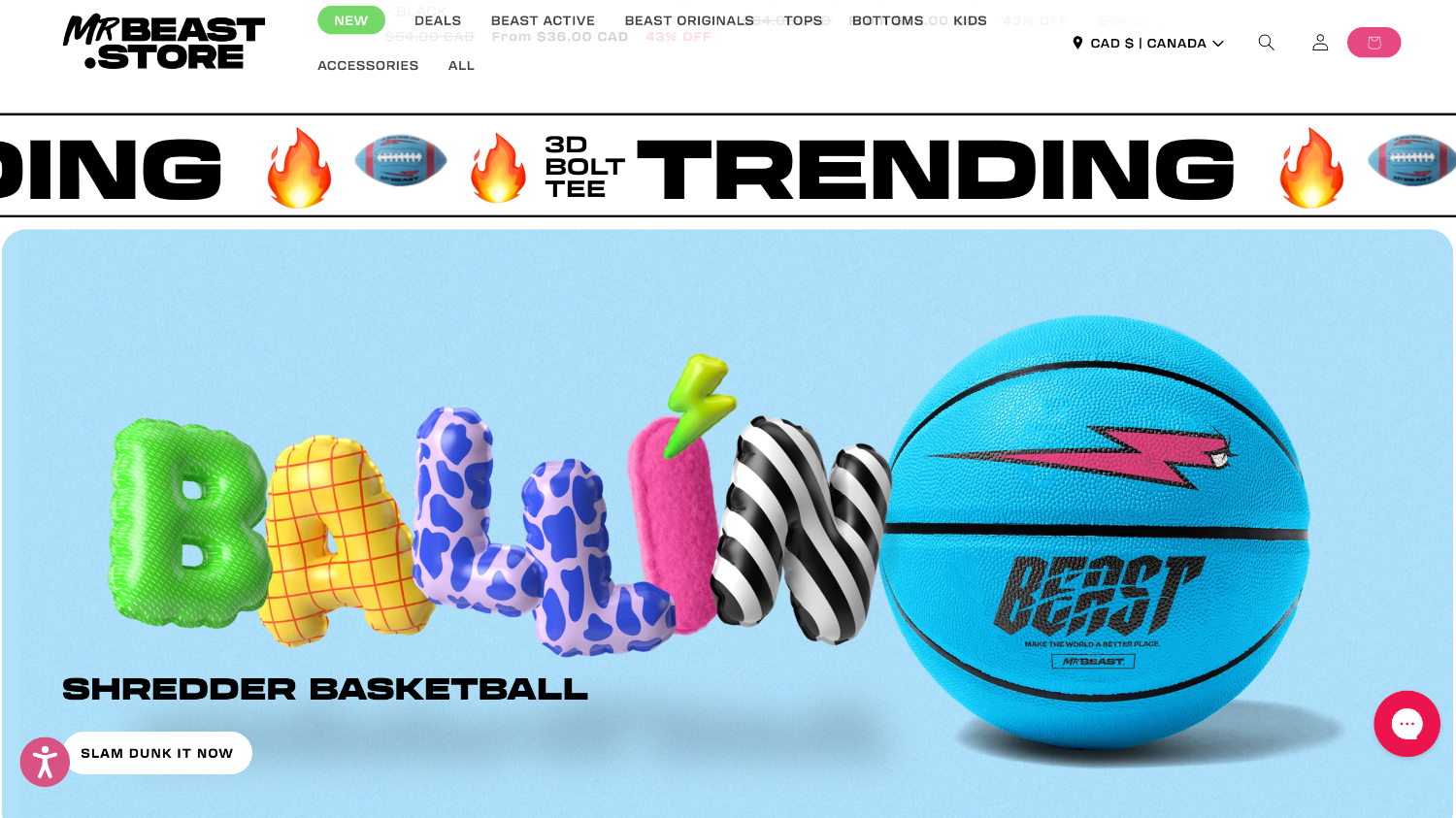


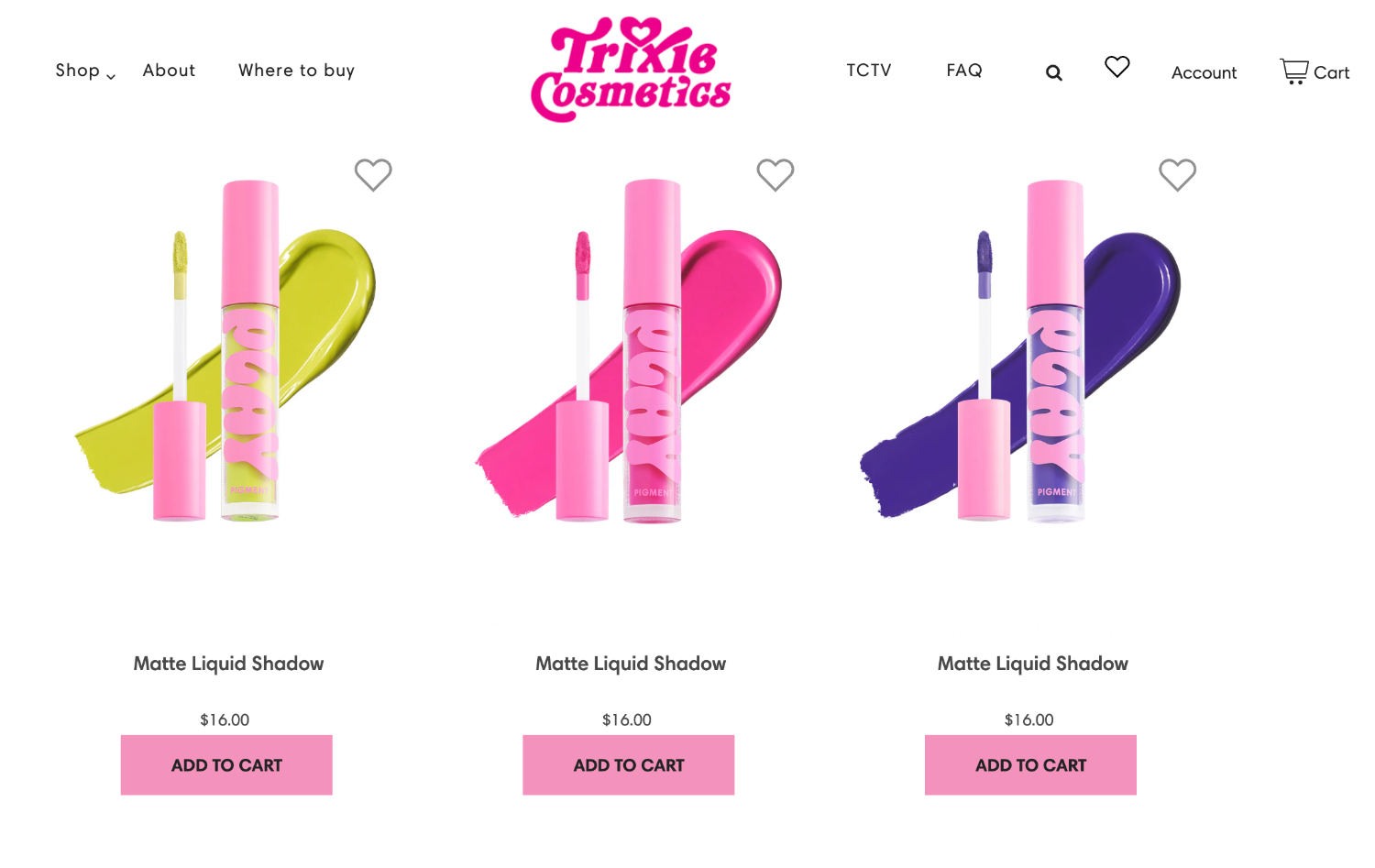
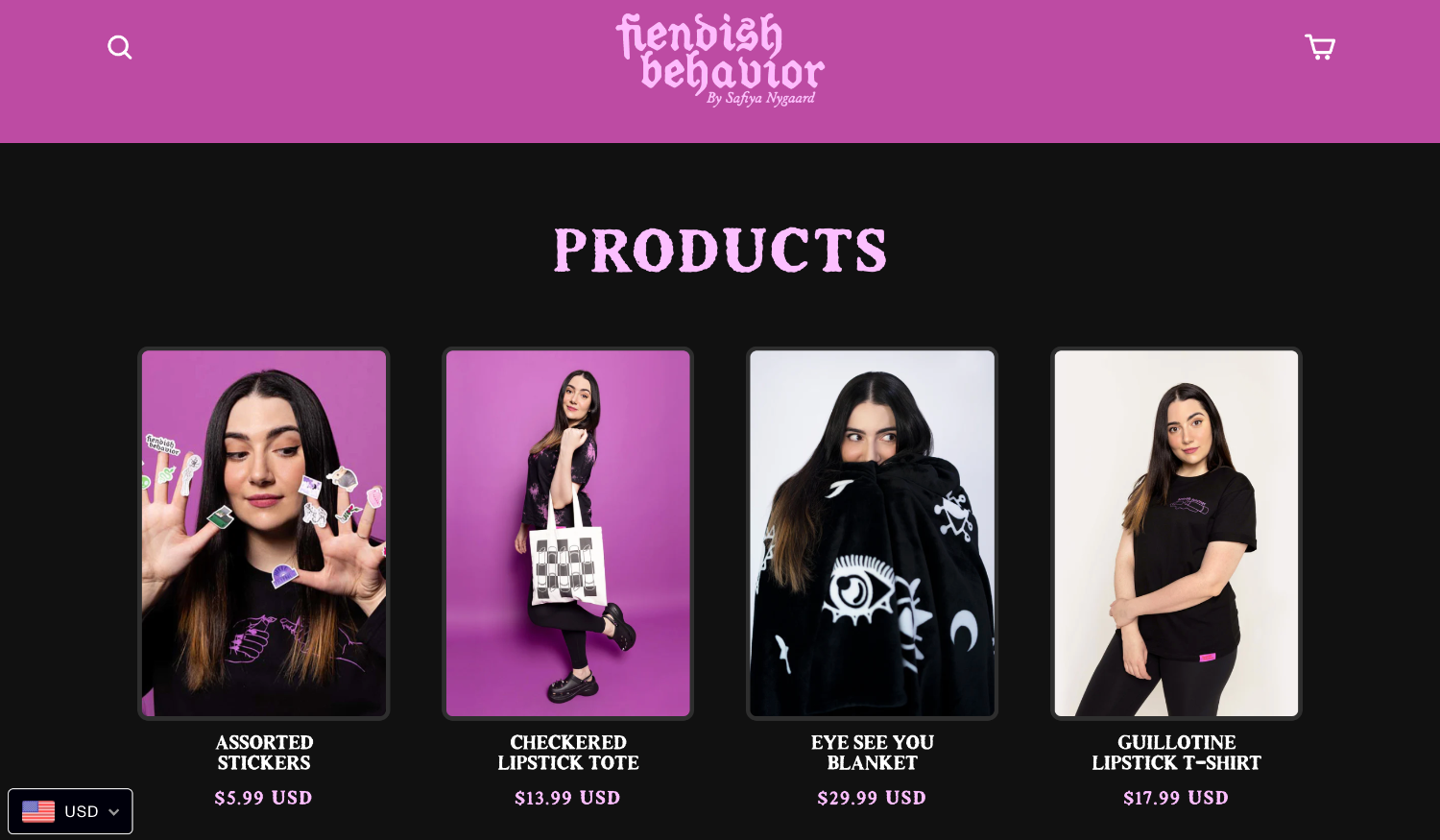



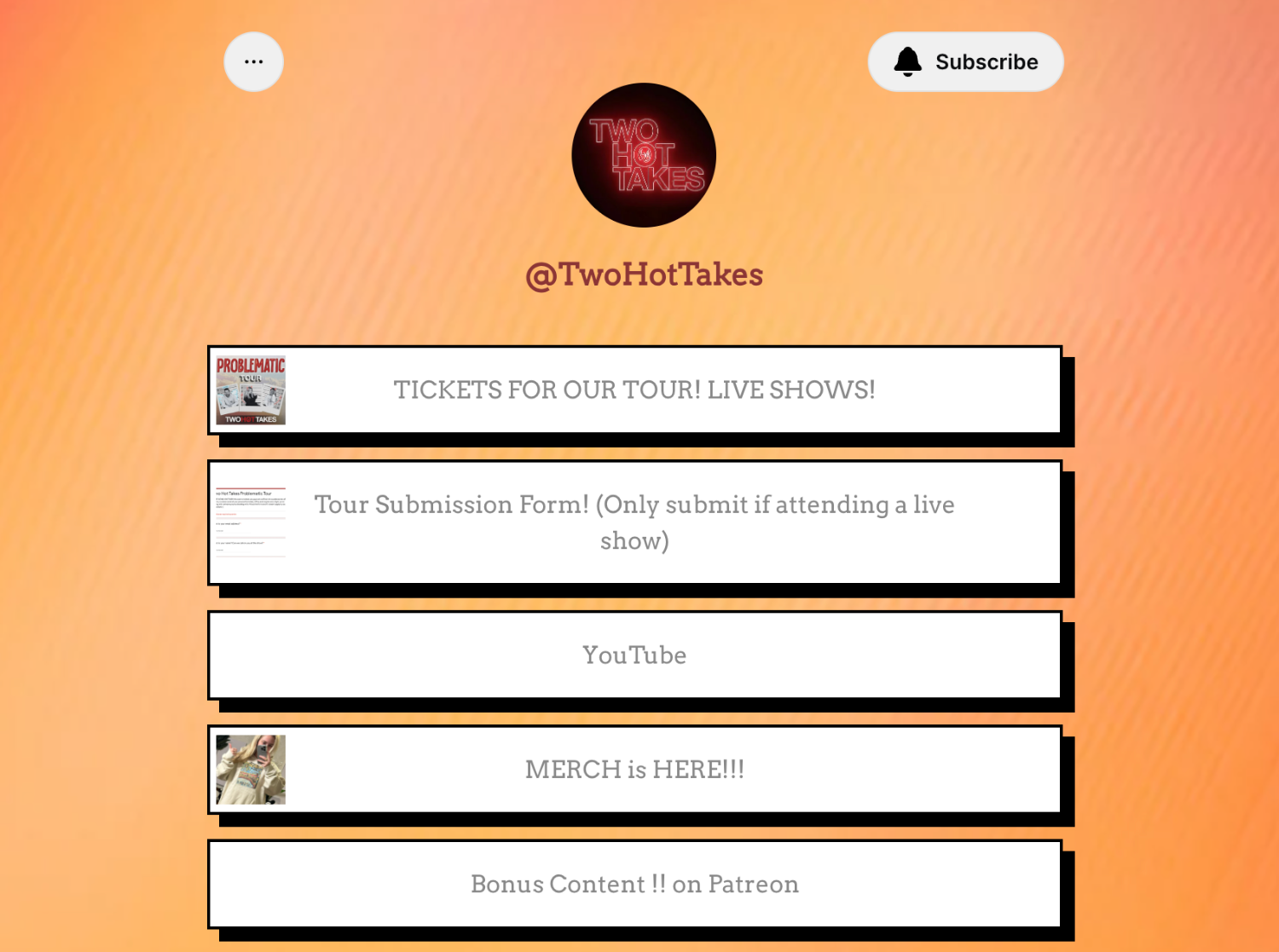
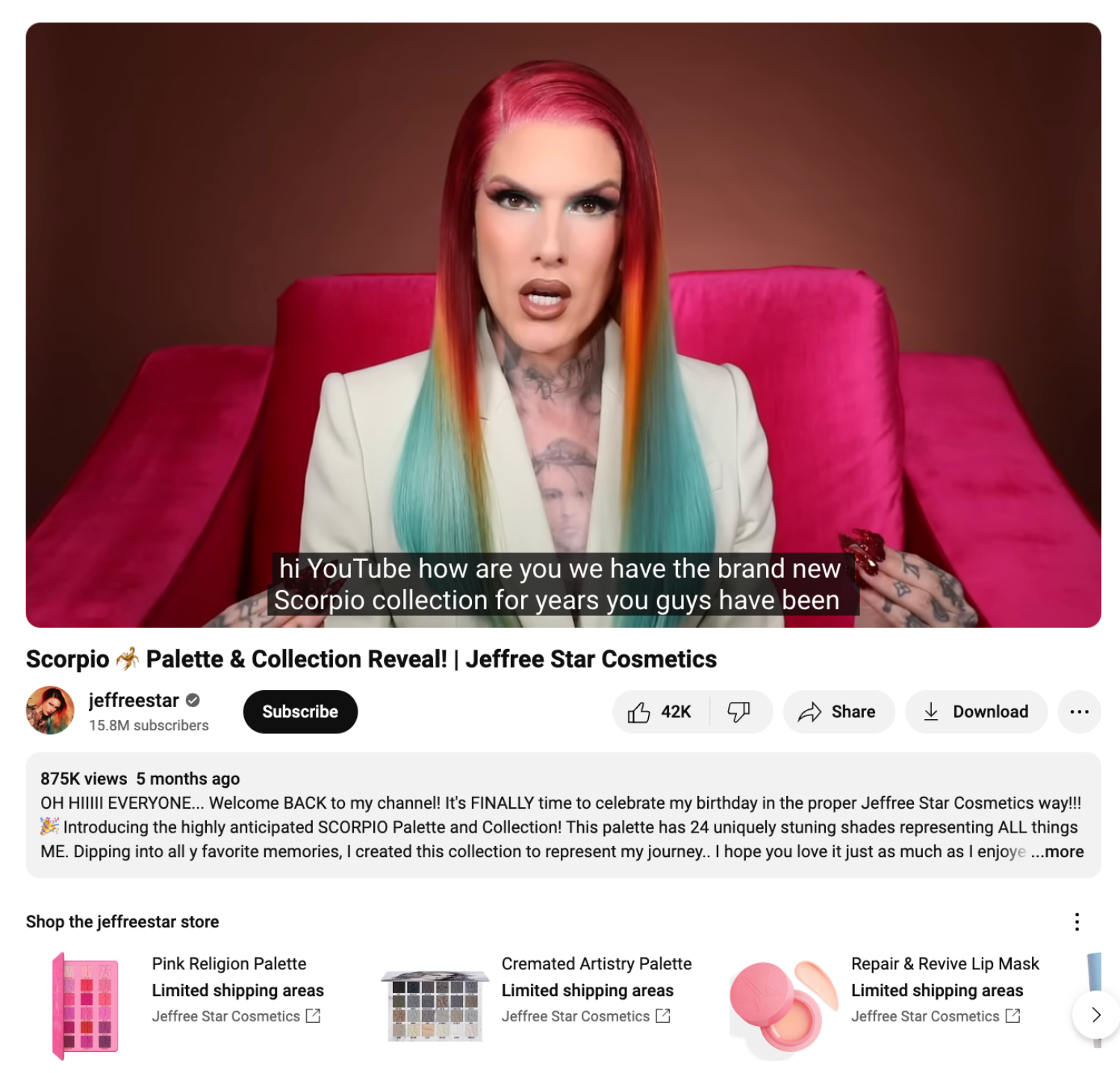
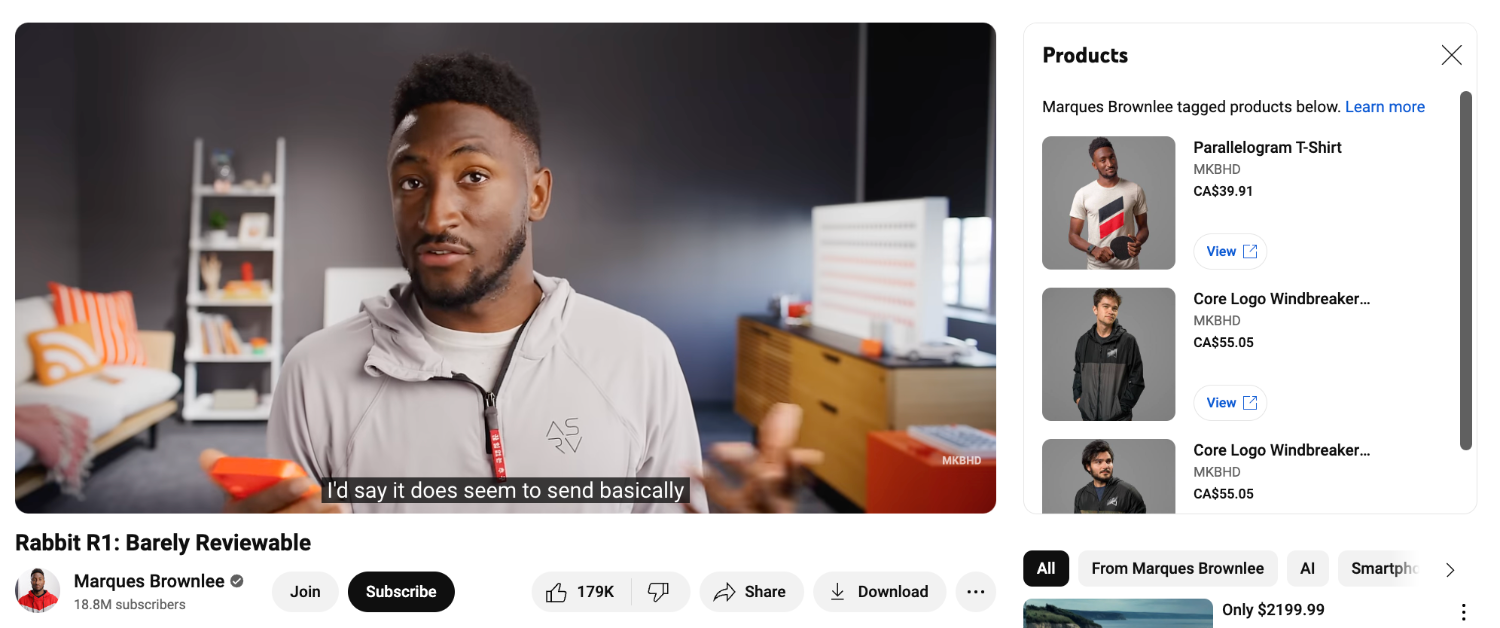
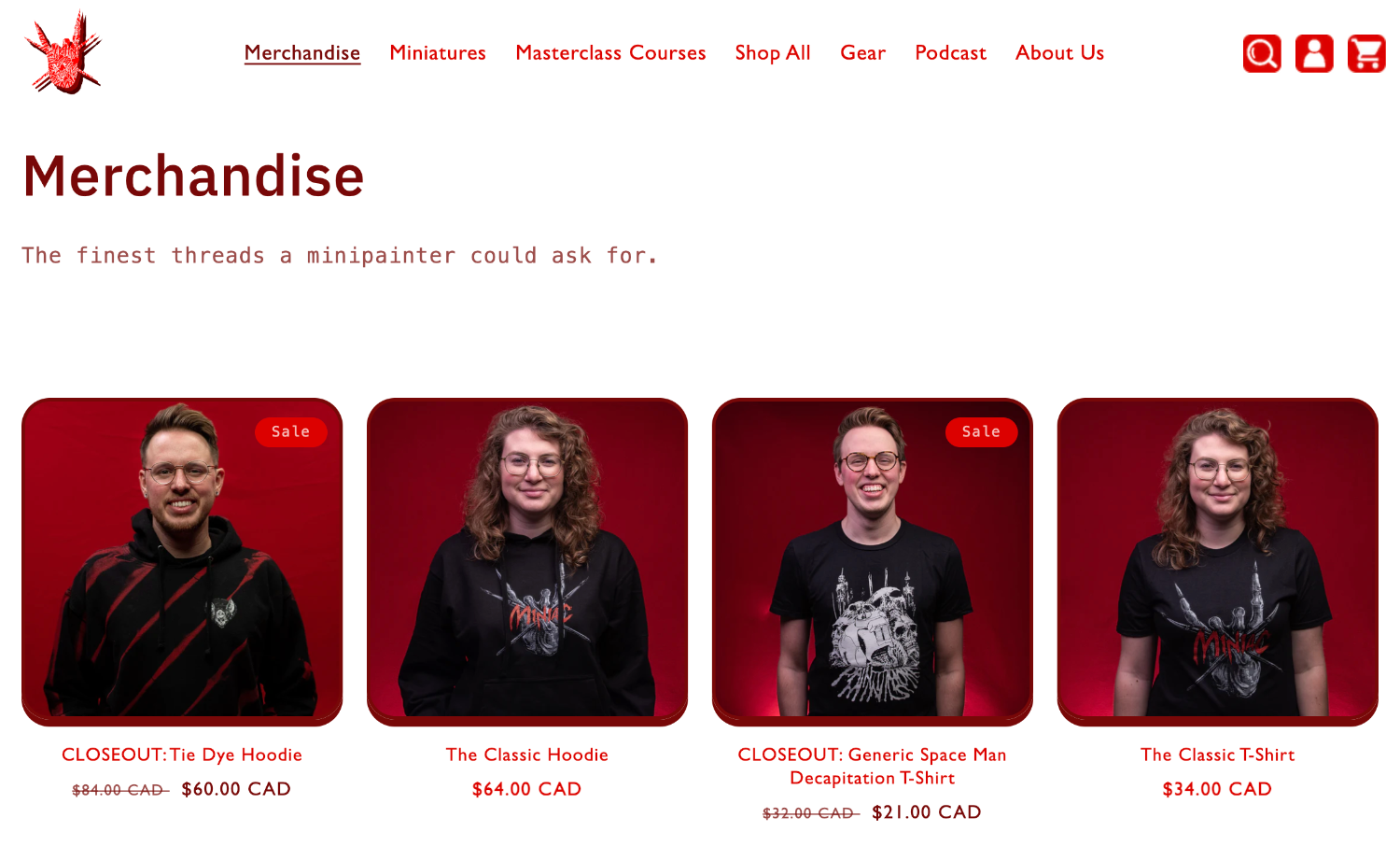

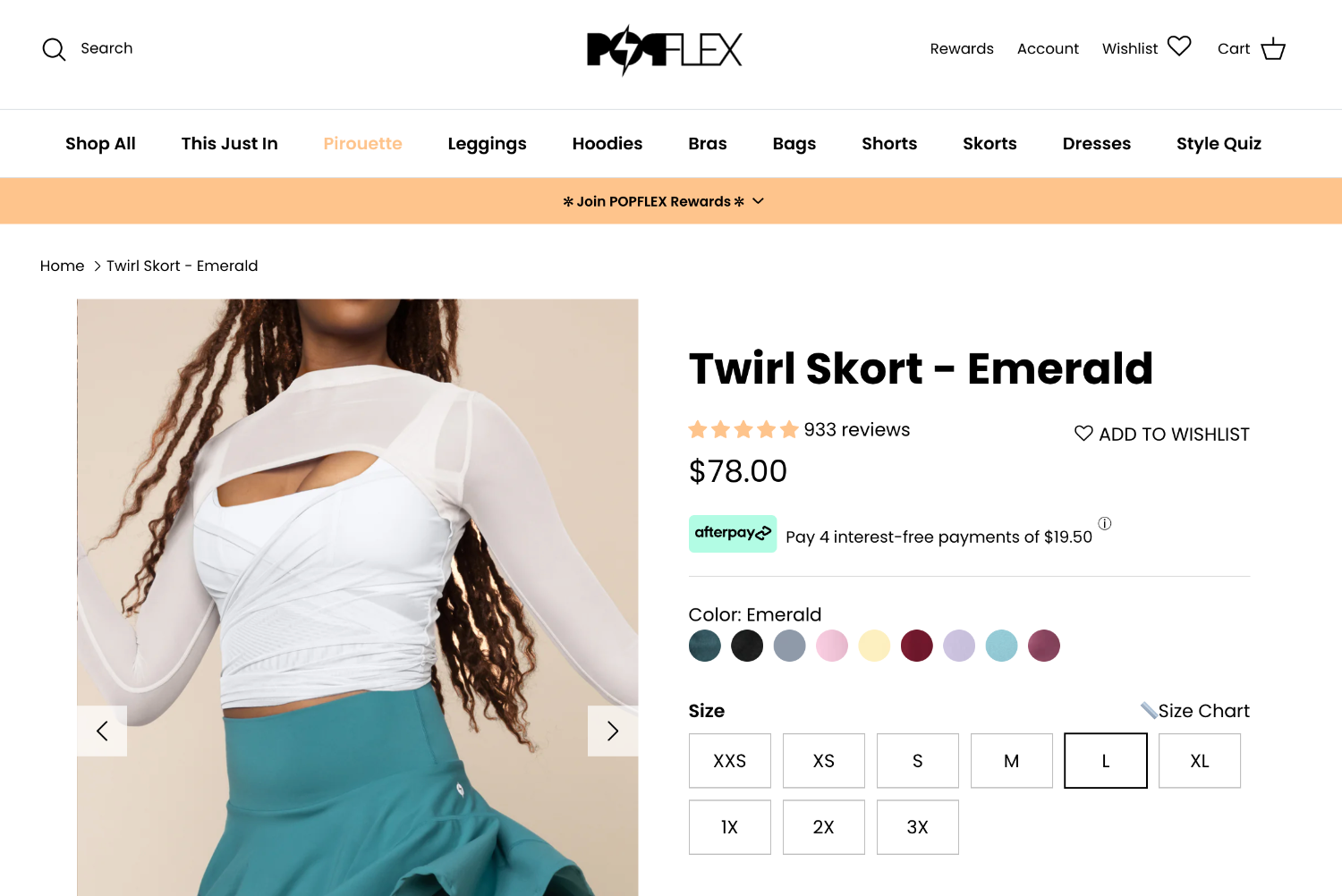






![→ Download Now: SEO Starter Pack [Free Kit]](https://no-cache.hubspot.com/cta/default/53/1d7211ac-7b1b-4405-b940-54b8acedb26e.png)
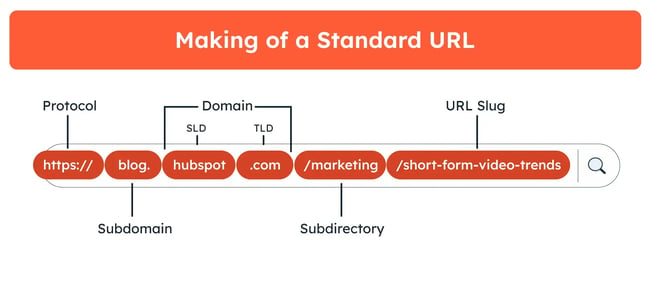
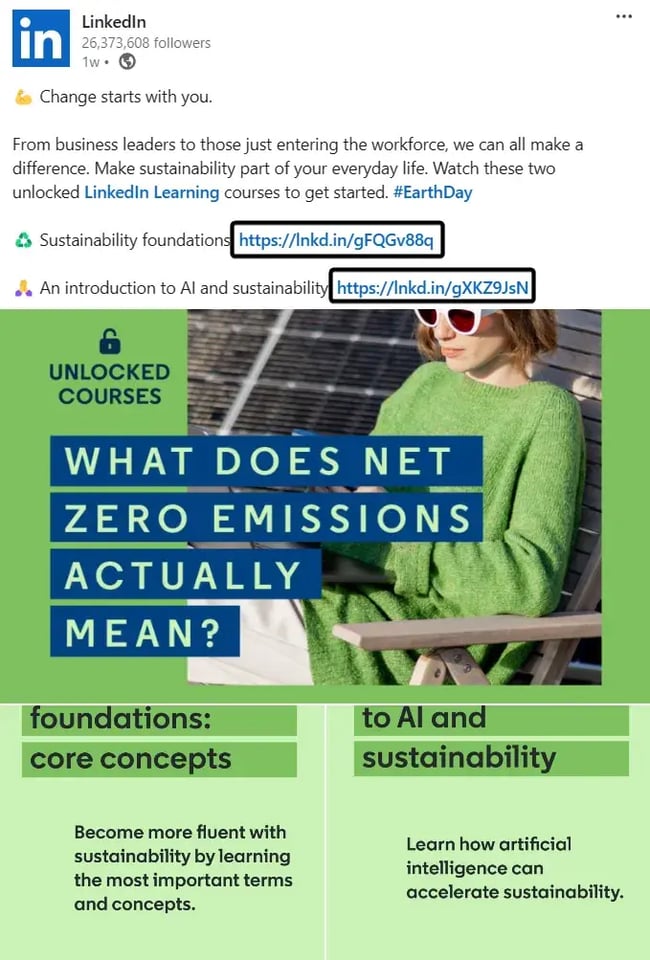

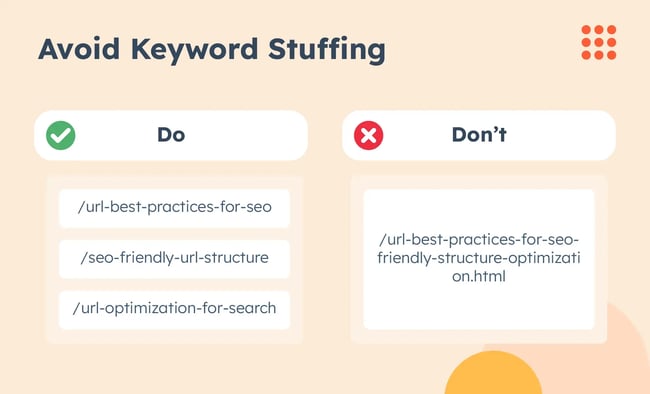
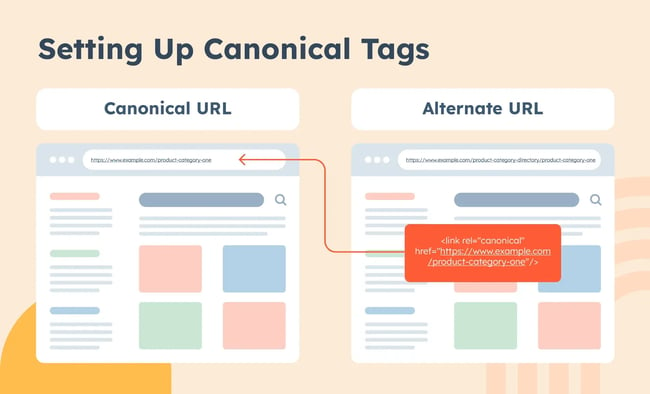

![9 Local On-Page SEO Tips to Improve Rankings [+ Checklist]](https://static.semrush.com/blog/uploads/media/71/ee/71eea50137e117218b260276b53b8f8d/local-seo-on-page-strategies.svg)






